Welcome!
I’m an architectural photographer and writer.
On my van-life travels through the British Isles I’m building up a word and photo-hoard of material culture that celebrates the value and distinctiveness of our built heritage and contributes to a sense of place.
My van is my time-machine, it gives me fresh perspectives on our remarkable places, shared here on a weekly basis.📸🚐🏛
Your email might cut off this digest. You can go online to view it all.
🏛 Missed the last Digest? Here it is.
🚐 View Digest Archive here.
The Members Patina Edition will be out on Bank Holiday Monday with the latest excerpt from my book.
Photo-hoard
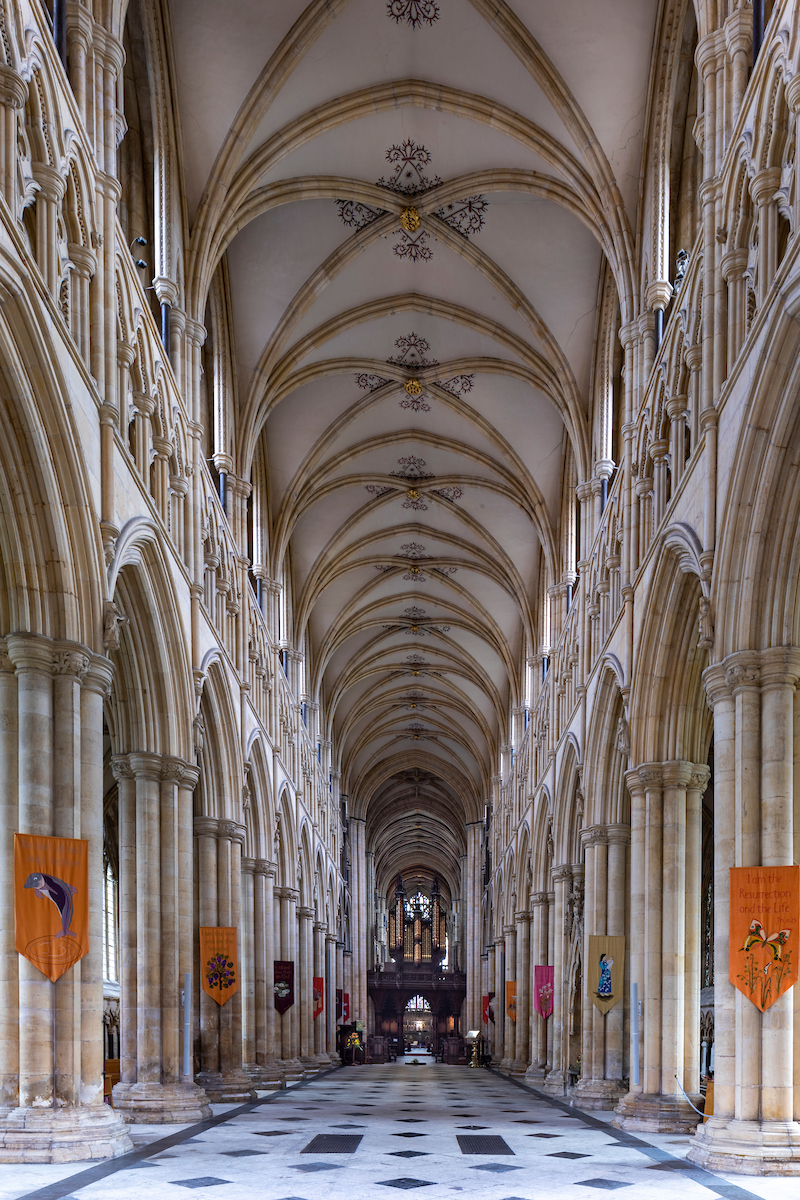
The Nave at Beverley Minster. I photographed this for a commission and worked with the staff at the minster to photograph it sans chairs. It gives a better idea of the scale and perspective.
I've walked this nave so many times over the years, more often than not, with John Phillips who has written his own book on the minster. John has meticulously studied the mason's marks all over the building and has revised the history of the minster based upon his findings.
John is a good friend and helped me get into the nooks and crannies for the commission. There will be more on my latest visit to Beverley in next weeks digest.
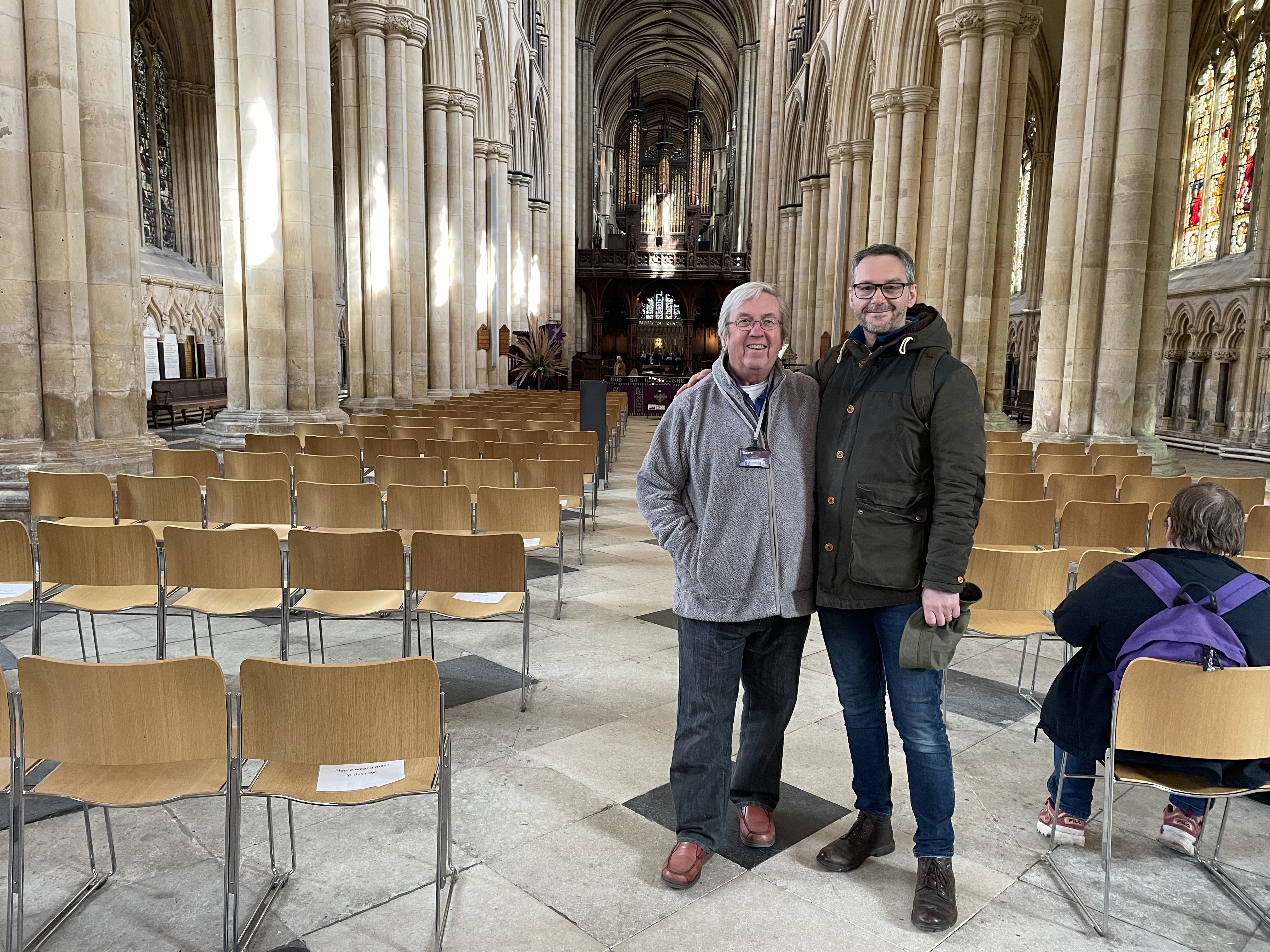
Words
“Those who don’t believe in magic will never find it.”
Roald Dahl.
Observations
All photos shot on iPhone
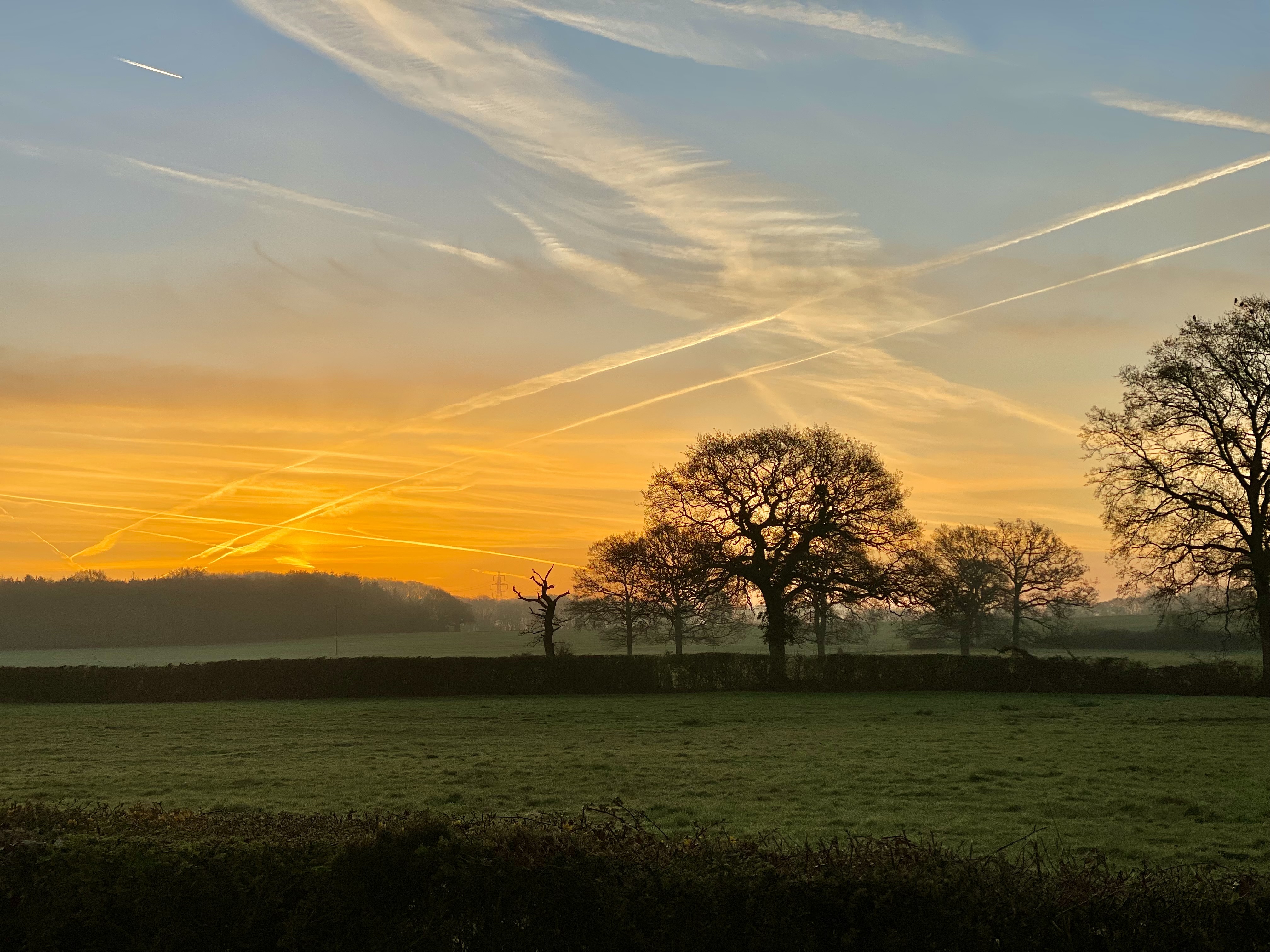
A World Full of Possibility
I have an interiors shoot in Ovington, Hampshire.
On the way to my stop-over I pass through village after village. Their vernacular is mixed - brick, rosemary tile, flint or oak clad. They have topiary in their gardens, telephone-box -libraries on the street corners, beech hedges and convex mirrors on their drives. Their roofs are steeply pitched. Their churches have broach-spires and their pubs are sashed.
In Wickham, there is a street that’s full of delight: timber framed houses pull their wizened faces at a brick built upstart across the road: the Queen’s Lodge of 1648. It is battle scarred with bricks of different periods, but the oldest are hand-made and culminate in a ruddy display of the classical orders set out around the main entrance. Somebody has made noble the mundane brick and jammed its magic into artifice. Beyond the styling, the bricks are defined by their texture and hue.
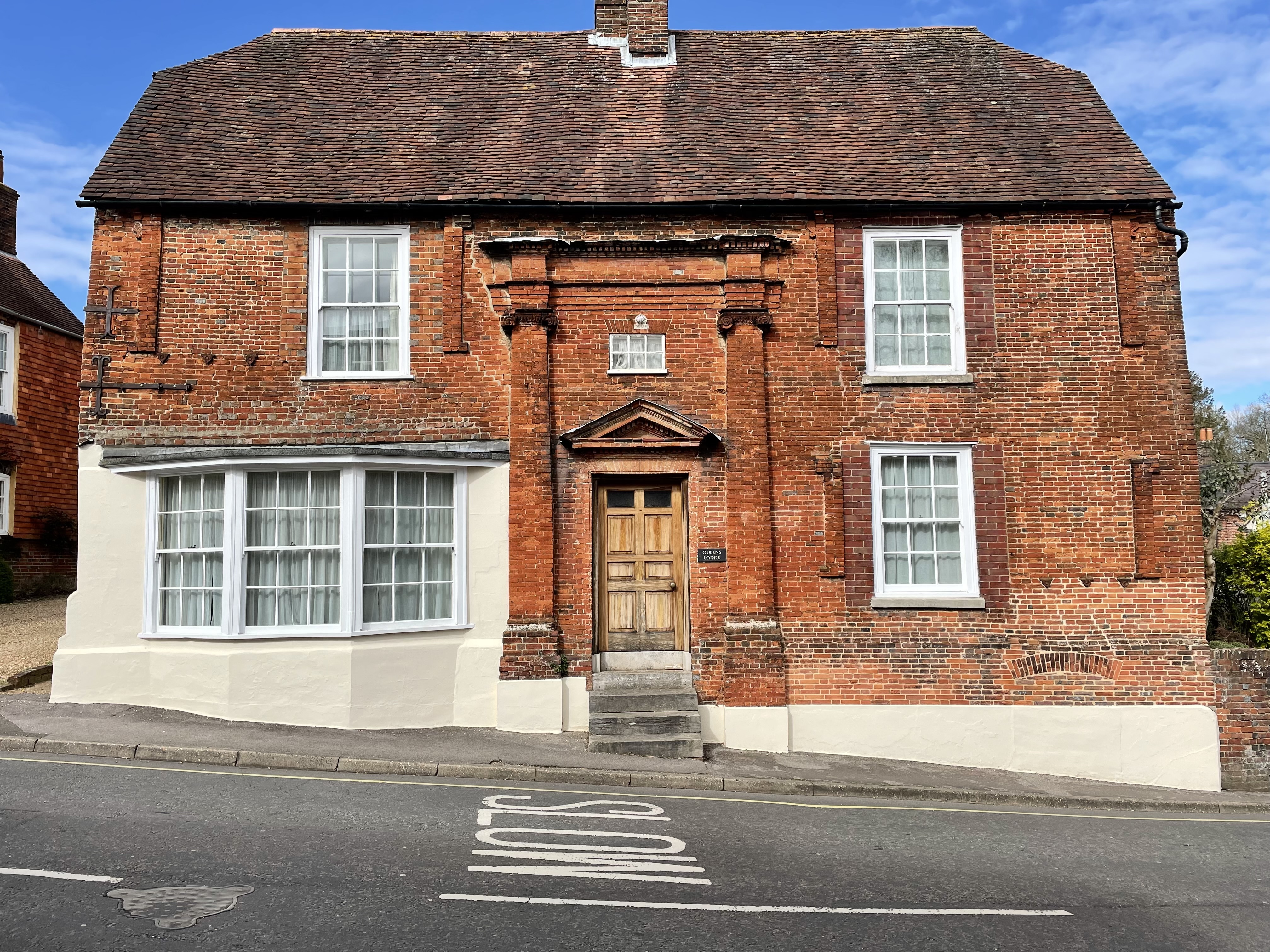
The next day I head home on a single track road through the Downs. It’s just before sunrise, there’s no traffic. I slow the van down and widen my senses, take in the highway and its movement. For the first part of the journey I skirt the edge of a copse. The trees bridge over the road, arcing down to the opposite side. Elongated tendrils of vine tap the top of the van. It’s cold and shady here, but the van is rising, always rising, until it peaks out onto the crest of a hill that offers a glimpse of my journey north.
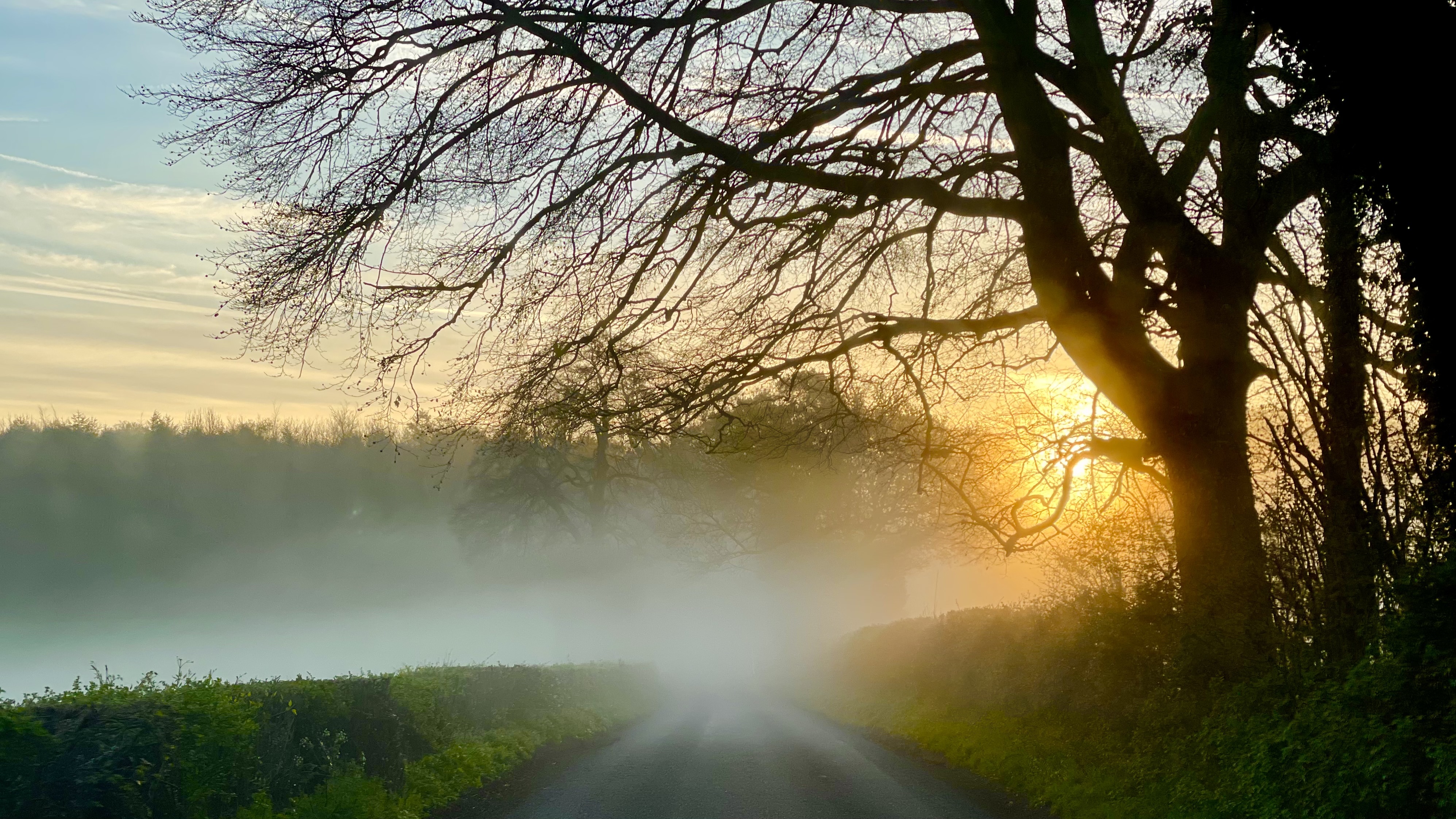
Present before me isn’t a conventional view. The sun has topped the ridge to the east and the vale is gilded and golden with blankets of mist. There’s no black and white - no polarity, just a softened, quilted landscape - a world full of possibility.
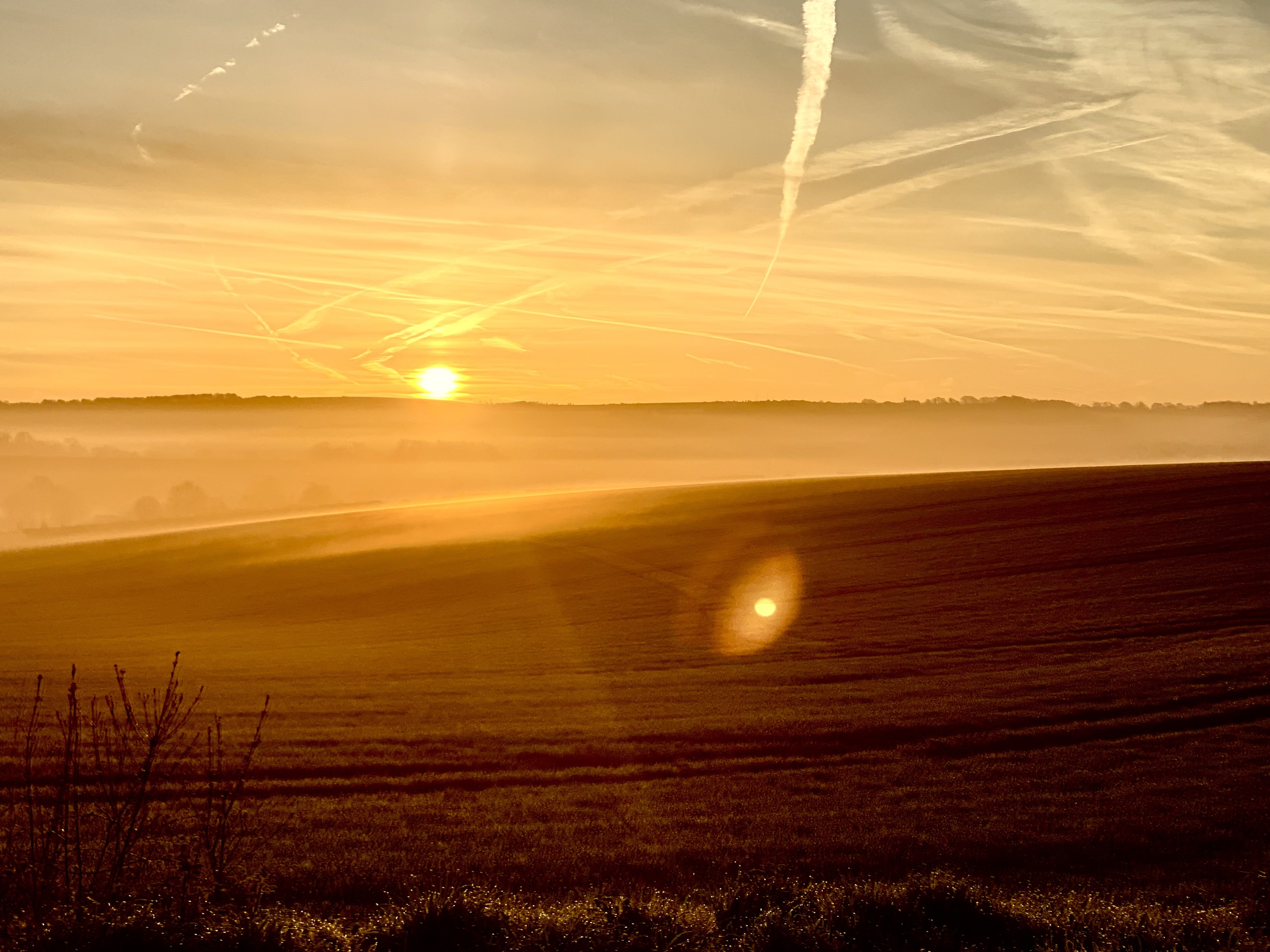
Hotspots
All photos shot on iPhone.
A couple of days in Beverley, Yorkshire and then an interiors photo shoot near to Winchester in Hampshire. There's so much to show in both towns that I'll leave Beverley until next week's digest.
Hampshire
Meon Valley Trail.
I'm stopping over at Rookesbury Park Caravan Site in the camper. I take a walk into Wickham via the Pilgrim's Trail and the wonderful Meon Valley Trail which is along the embankment of a former railway line.
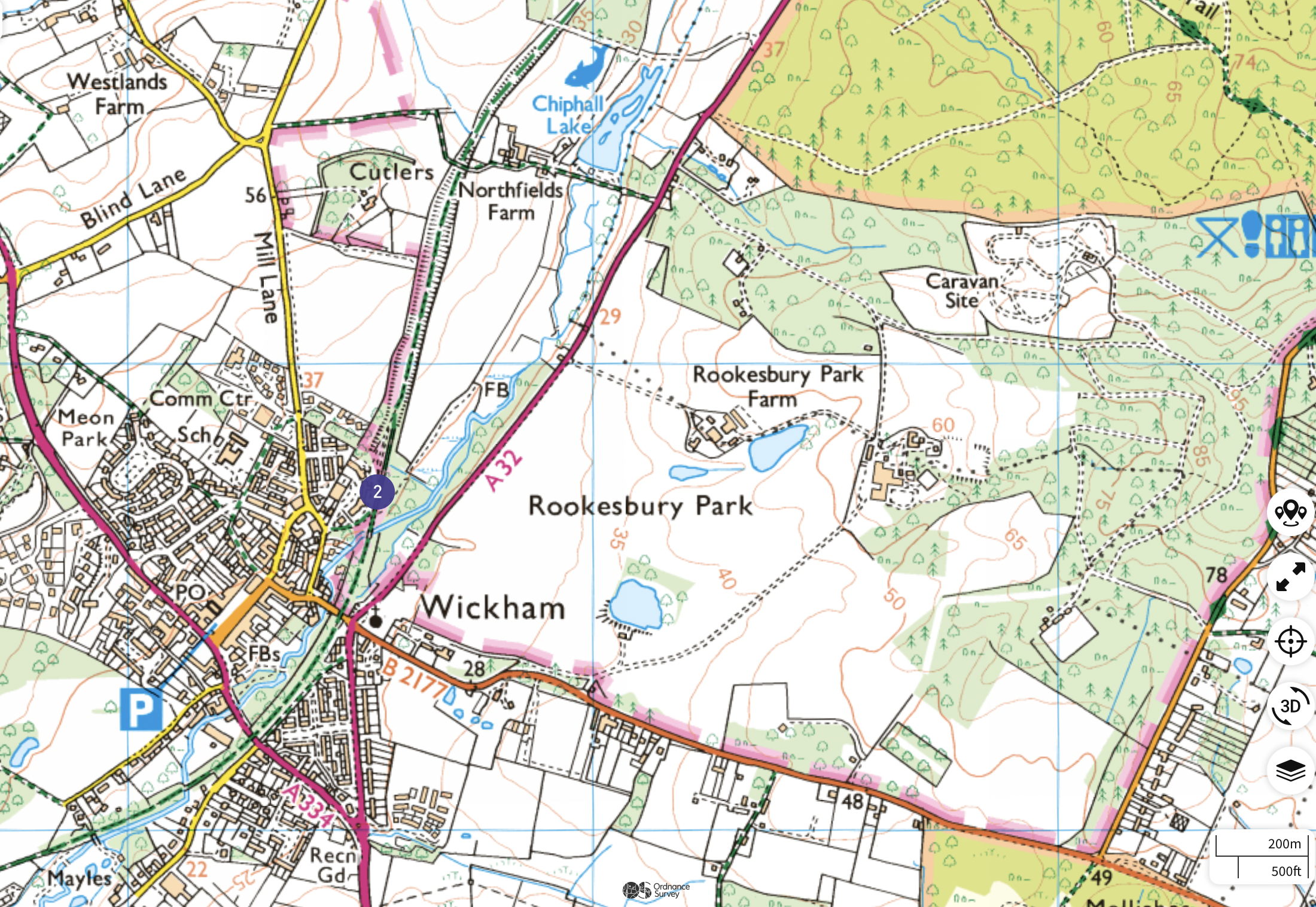
Just before the trail I come across this tin and rosemary-roofed, wood clad agricultural building which has seen better times.
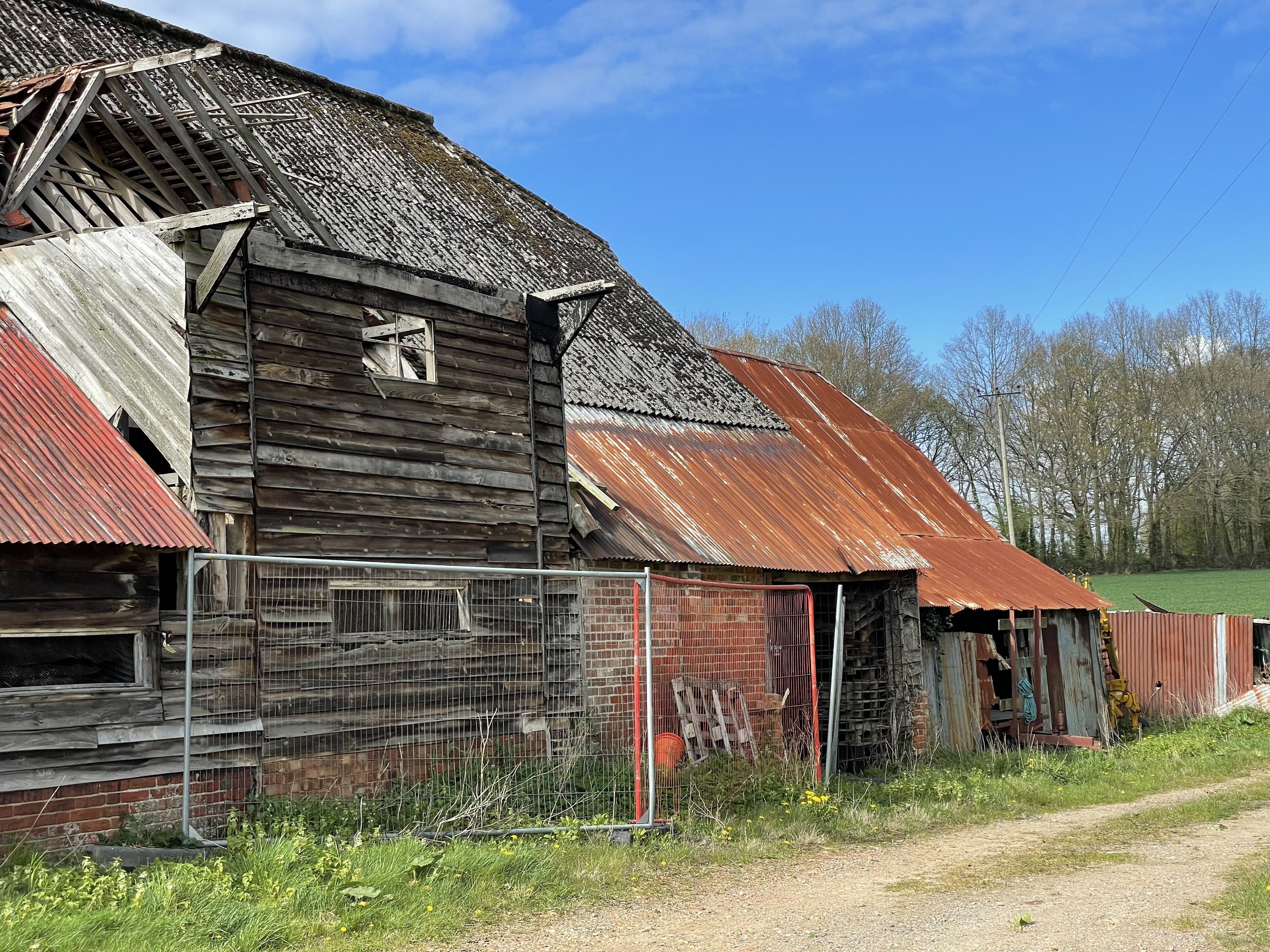
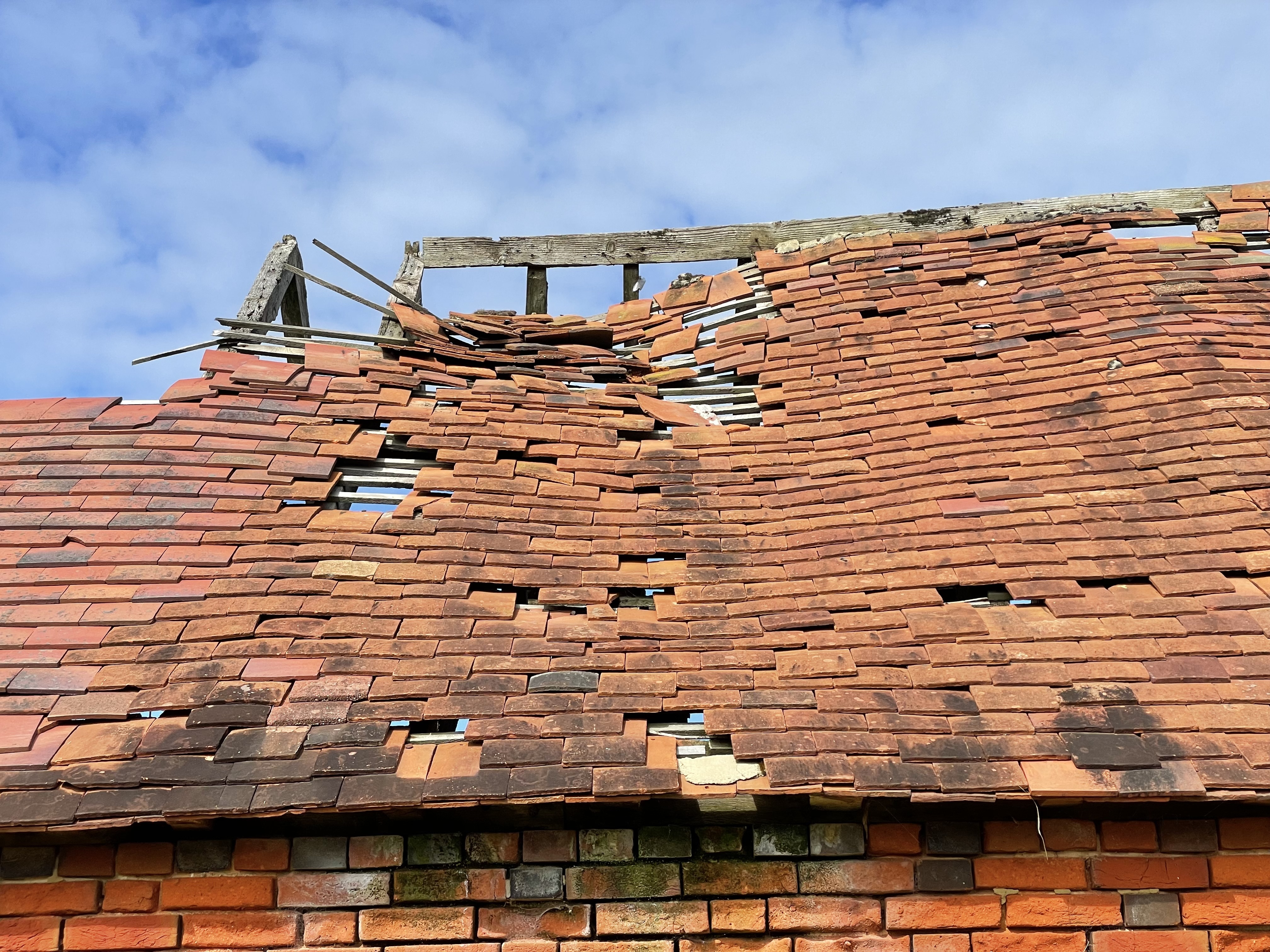
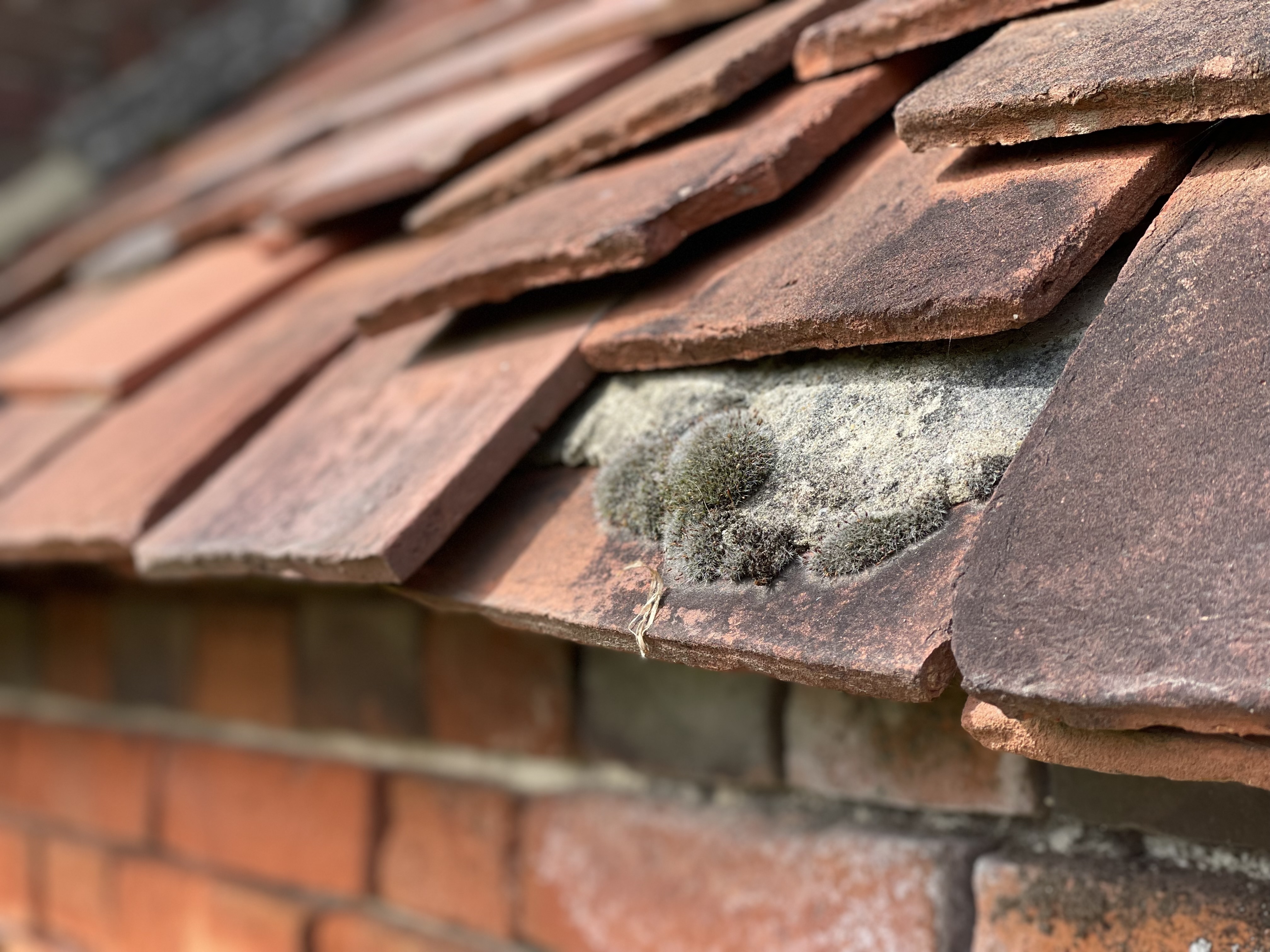
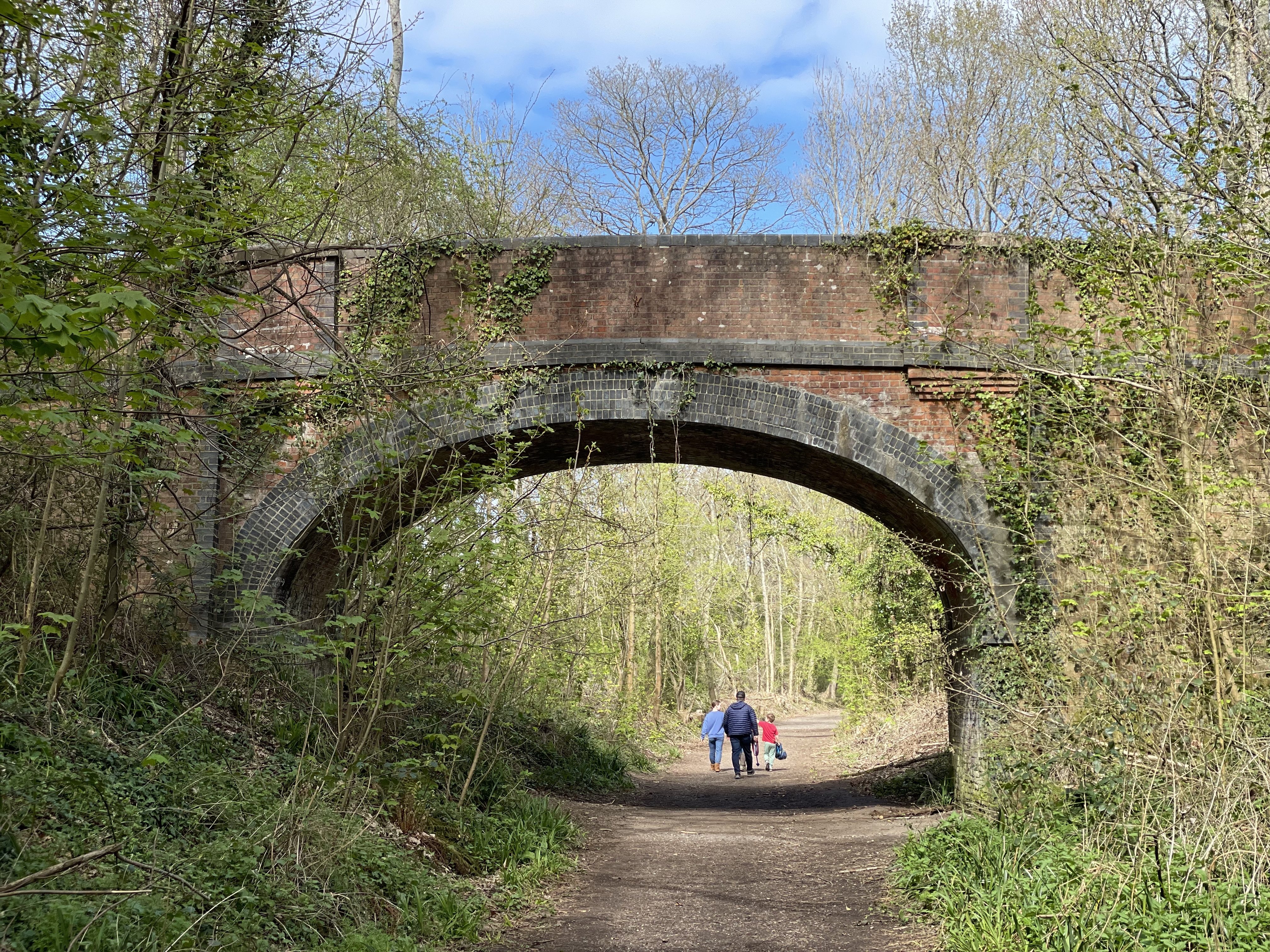
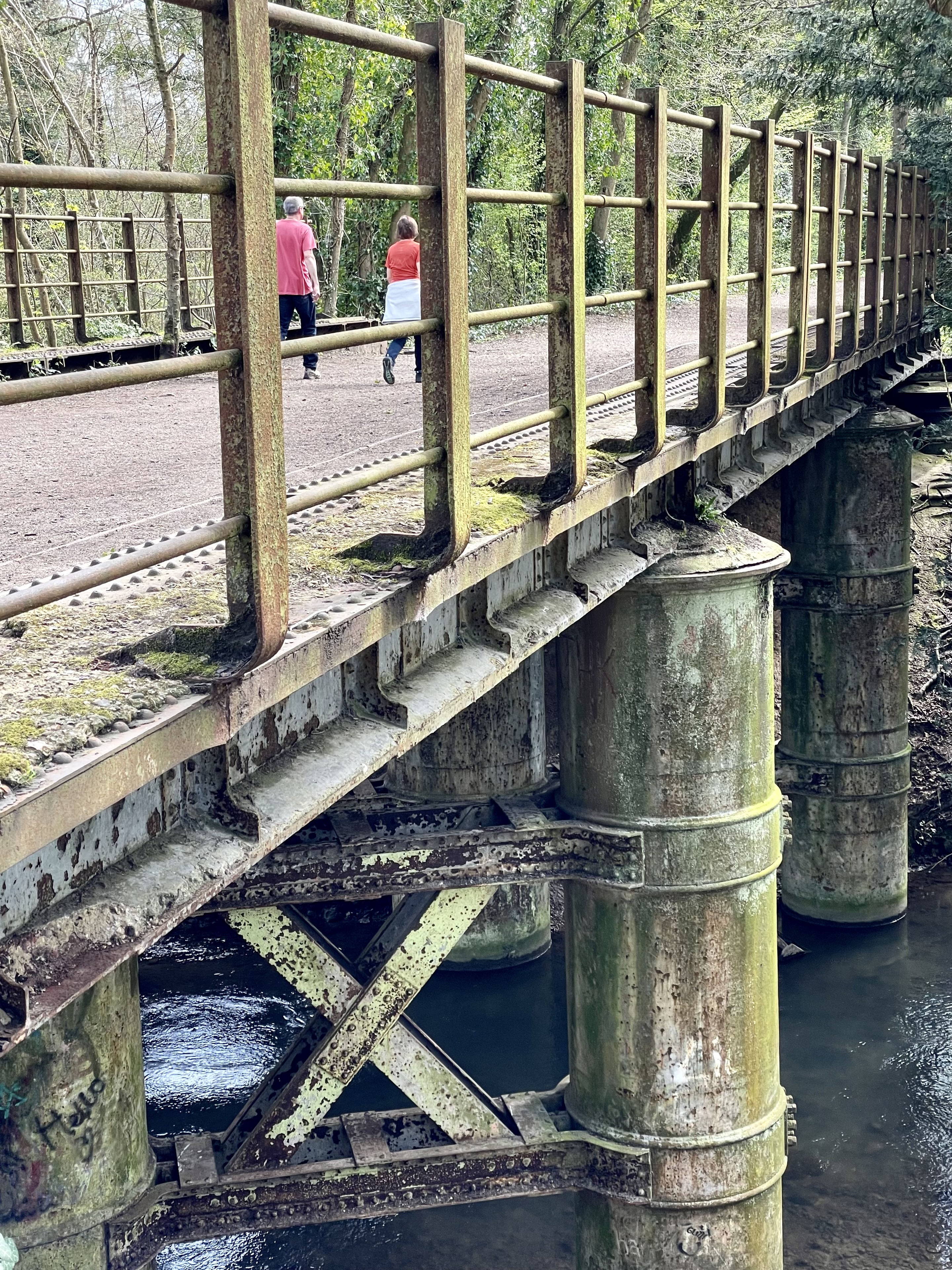
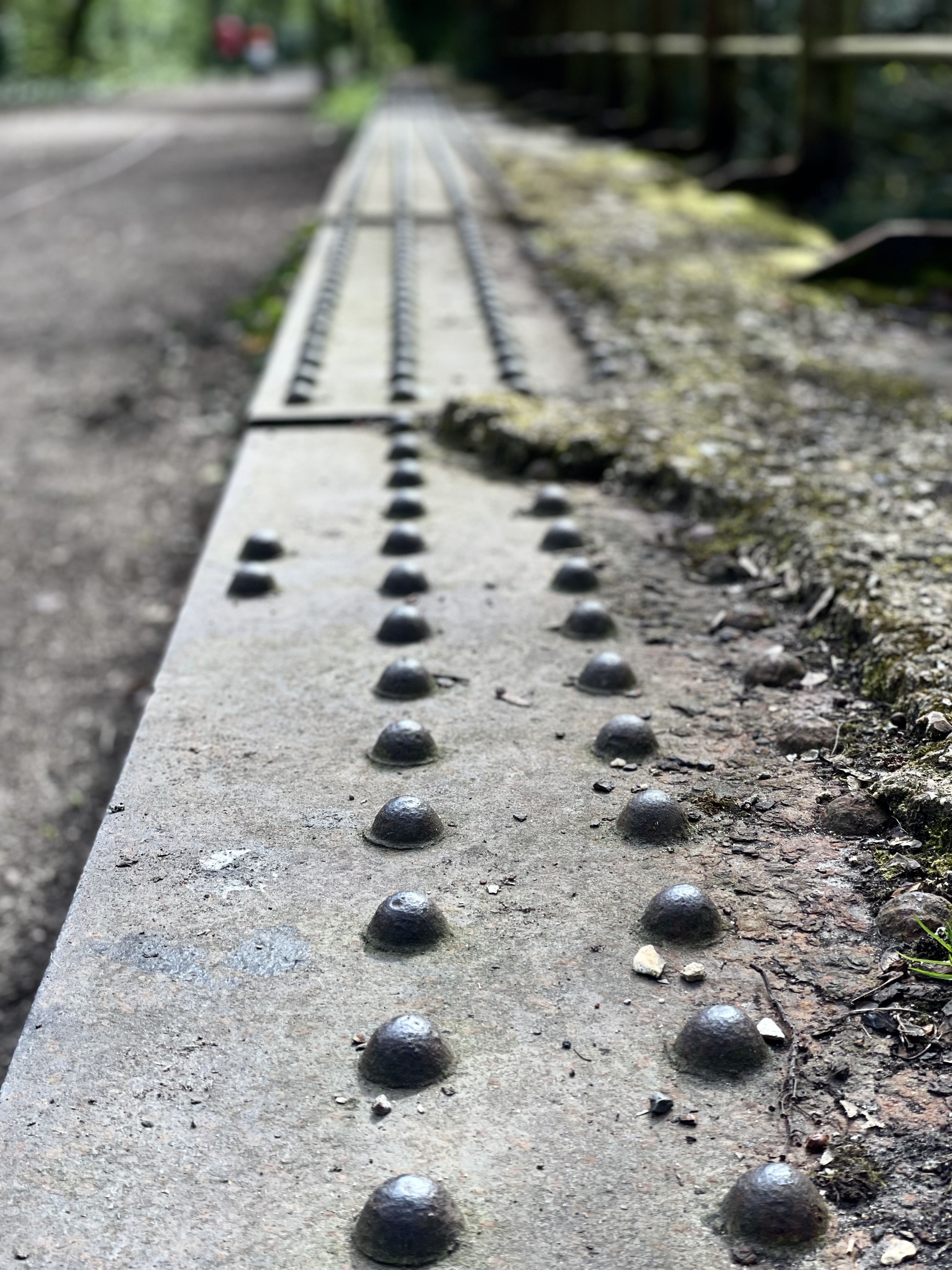
Wickham
Whilst Wickham may not be endowed with shops - it is rich in architectural abundance - with plenty of places to eat and a few independent shops as well. An ideal trip might take in Winchester and Wickham. Big city heritage v. small town vernacular. For extra fun take in a walk along the Meon Valley Trail

Wickham Vernacular
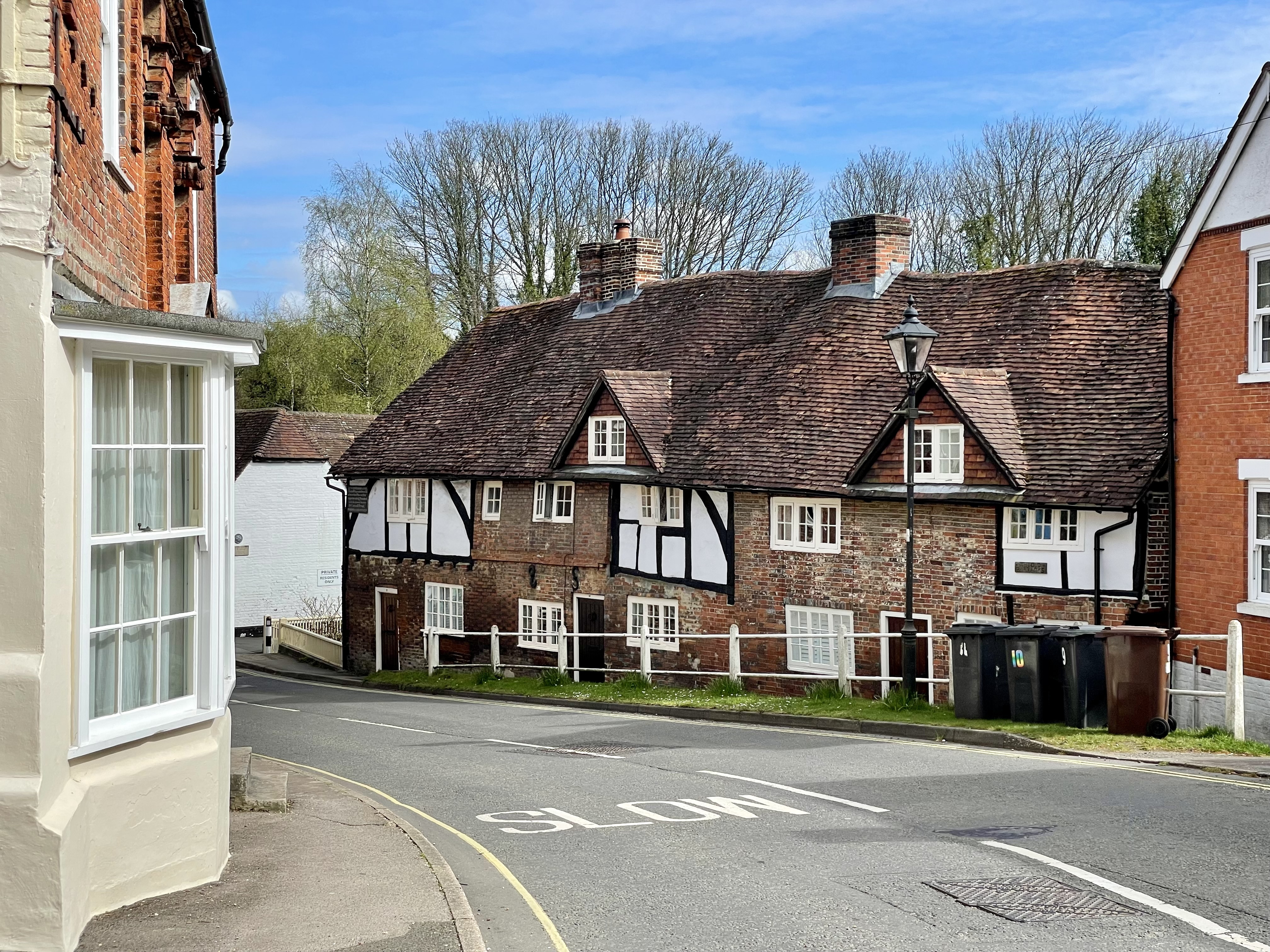
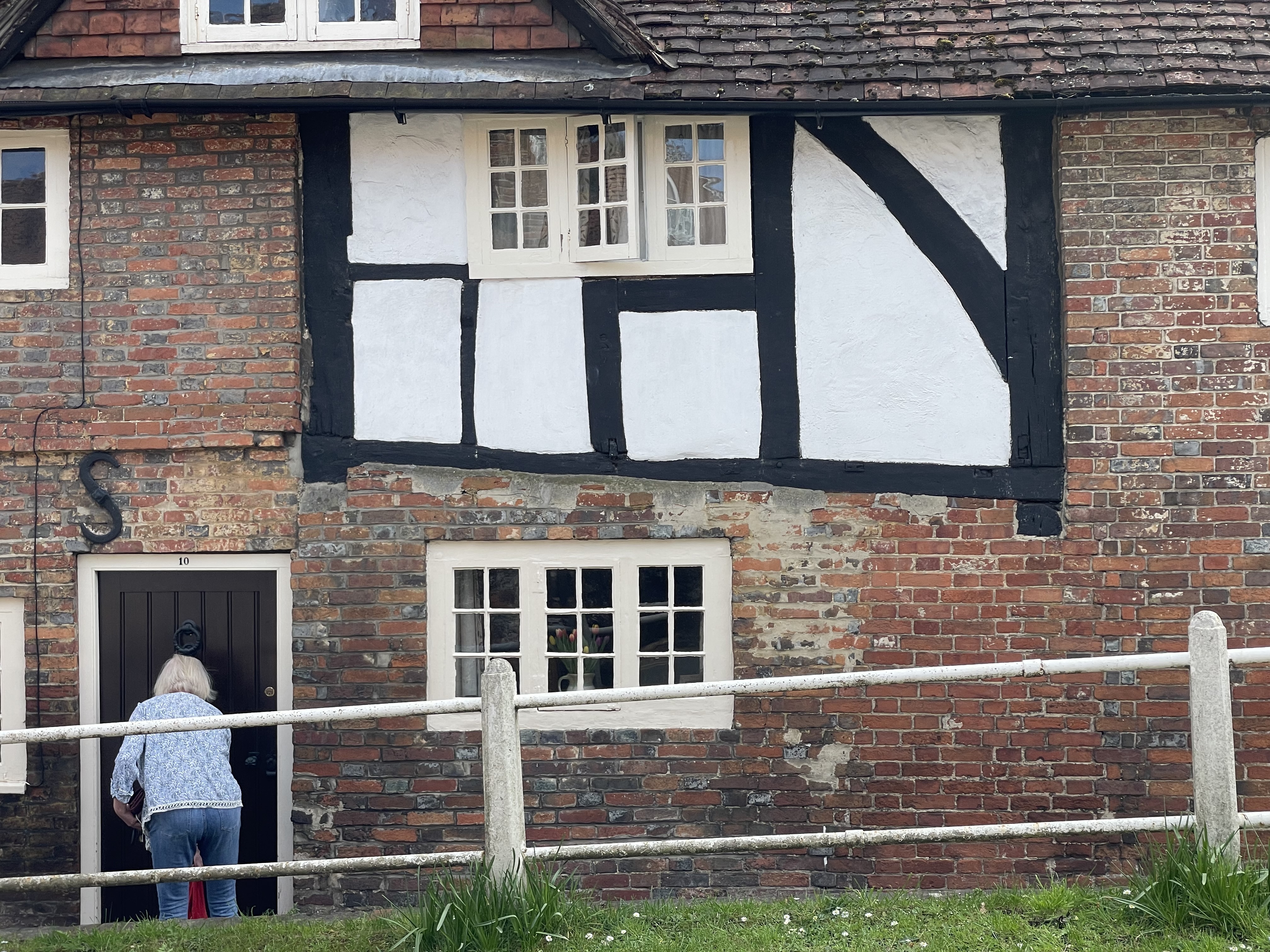
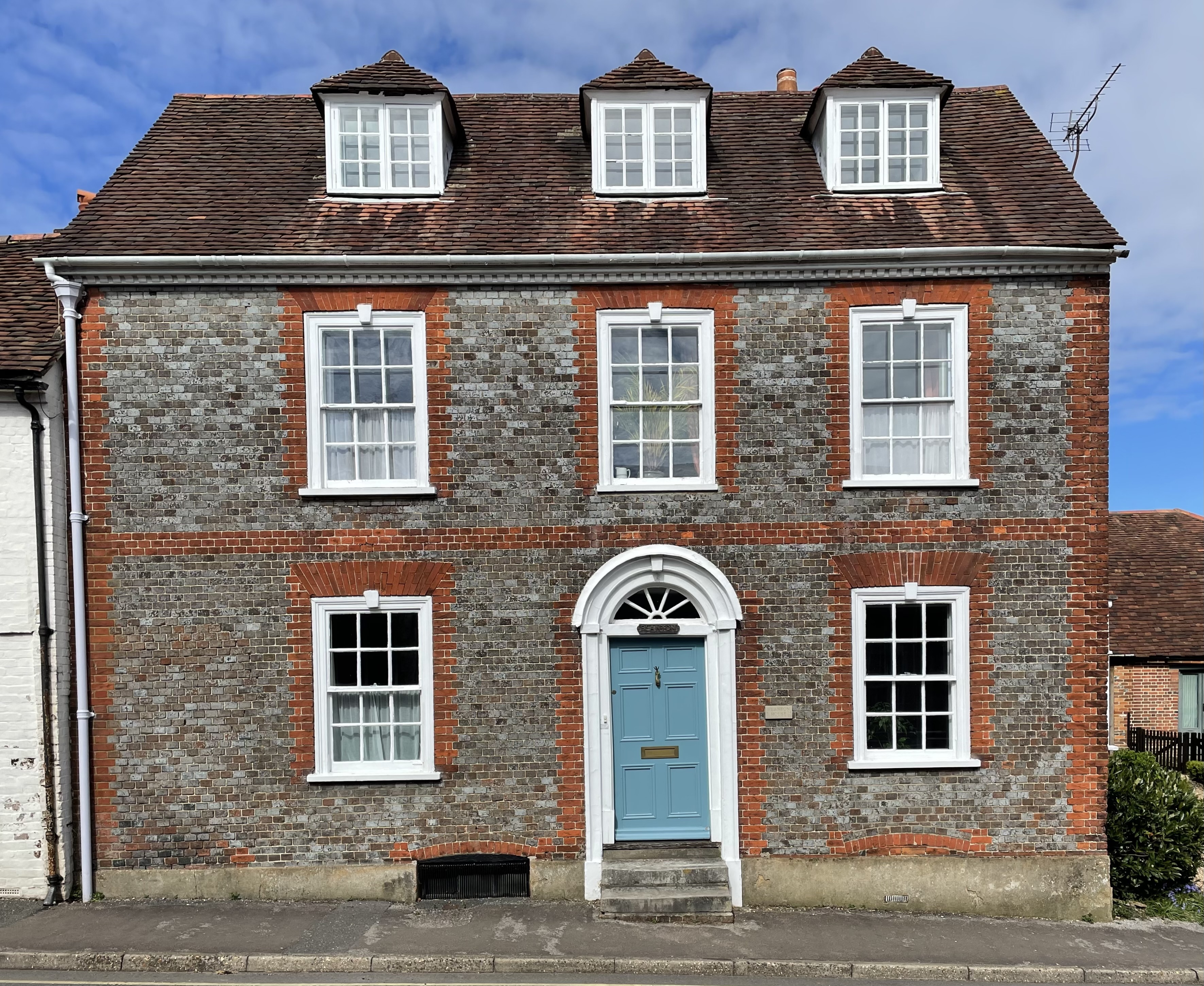
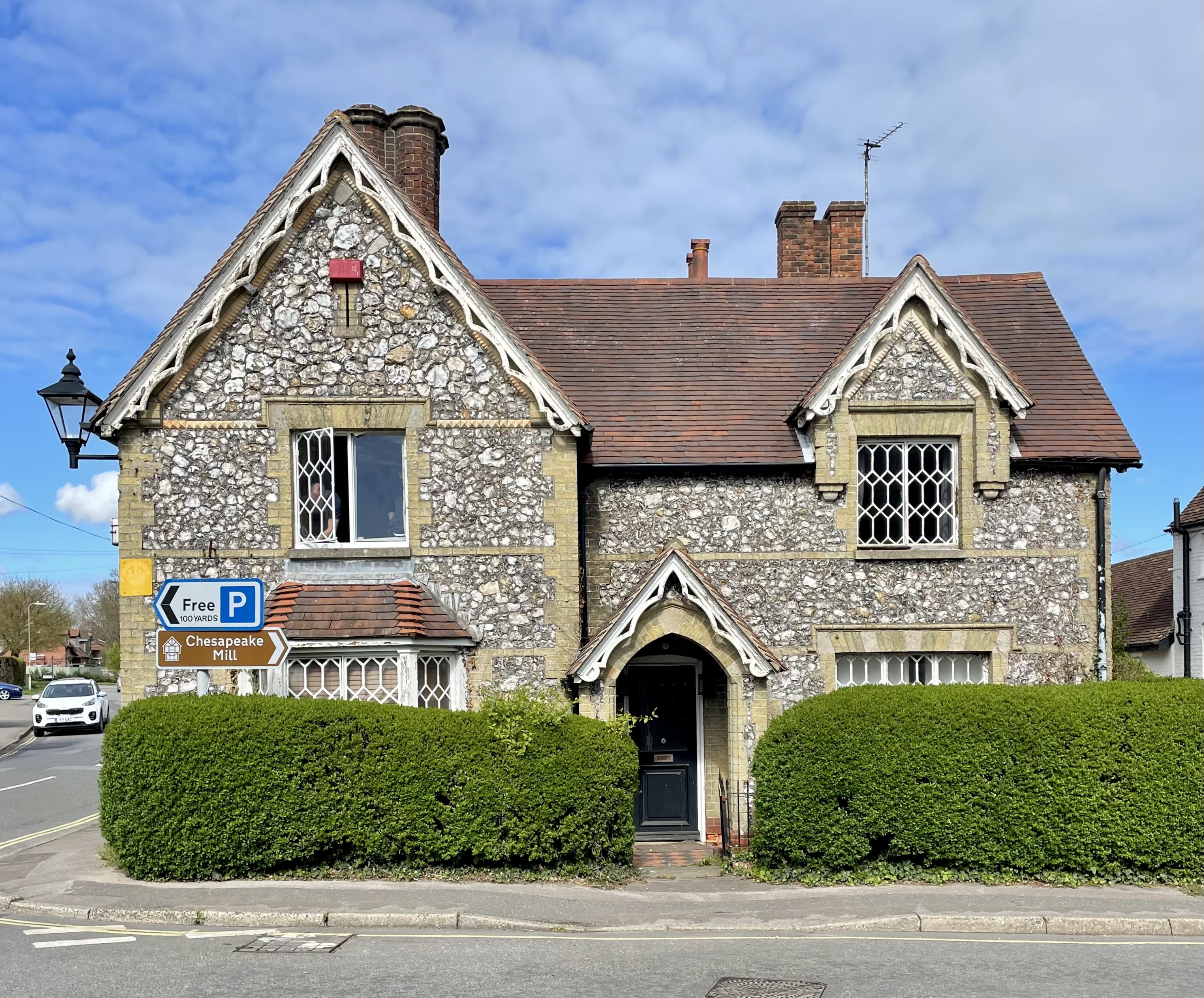
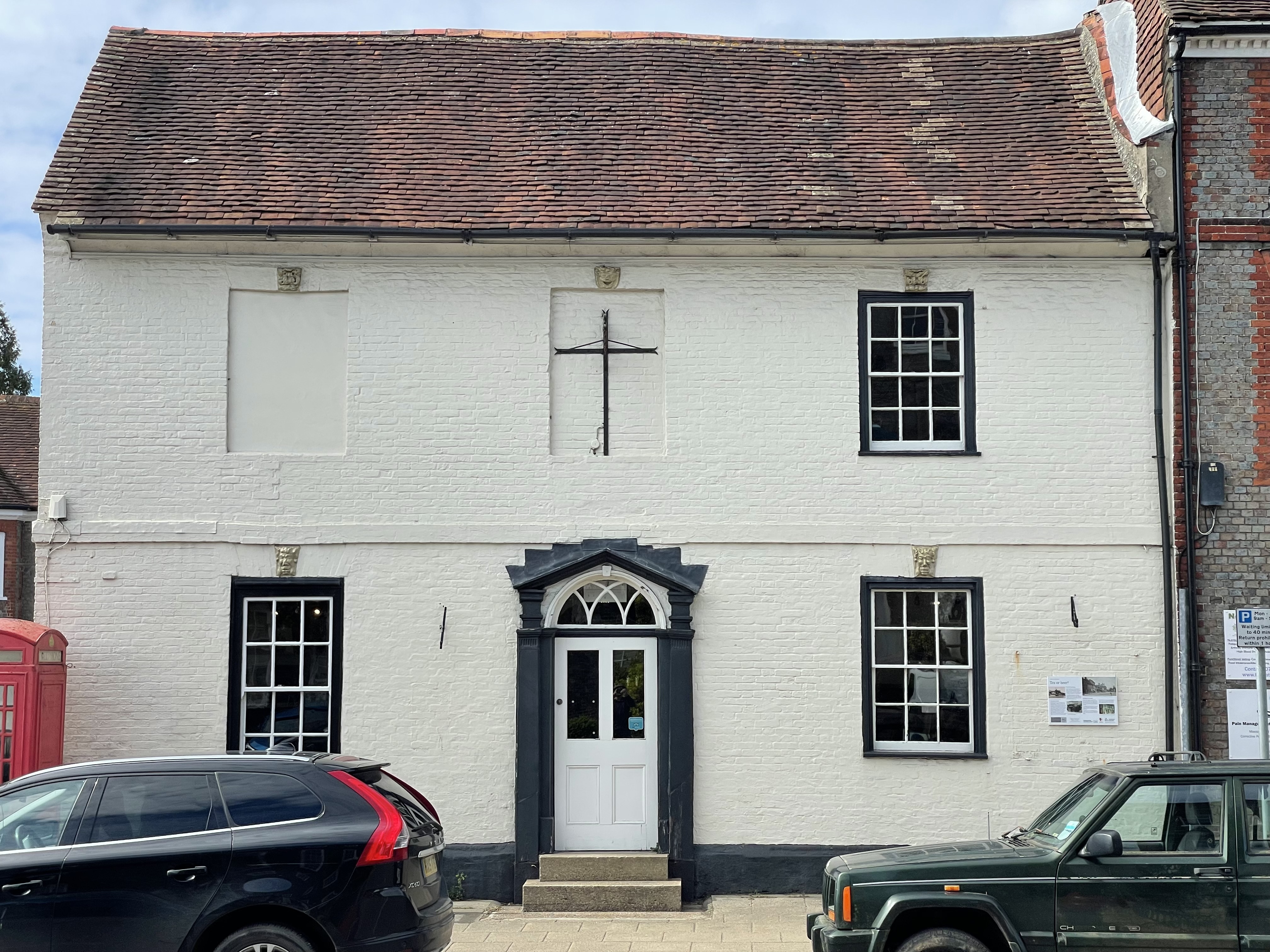
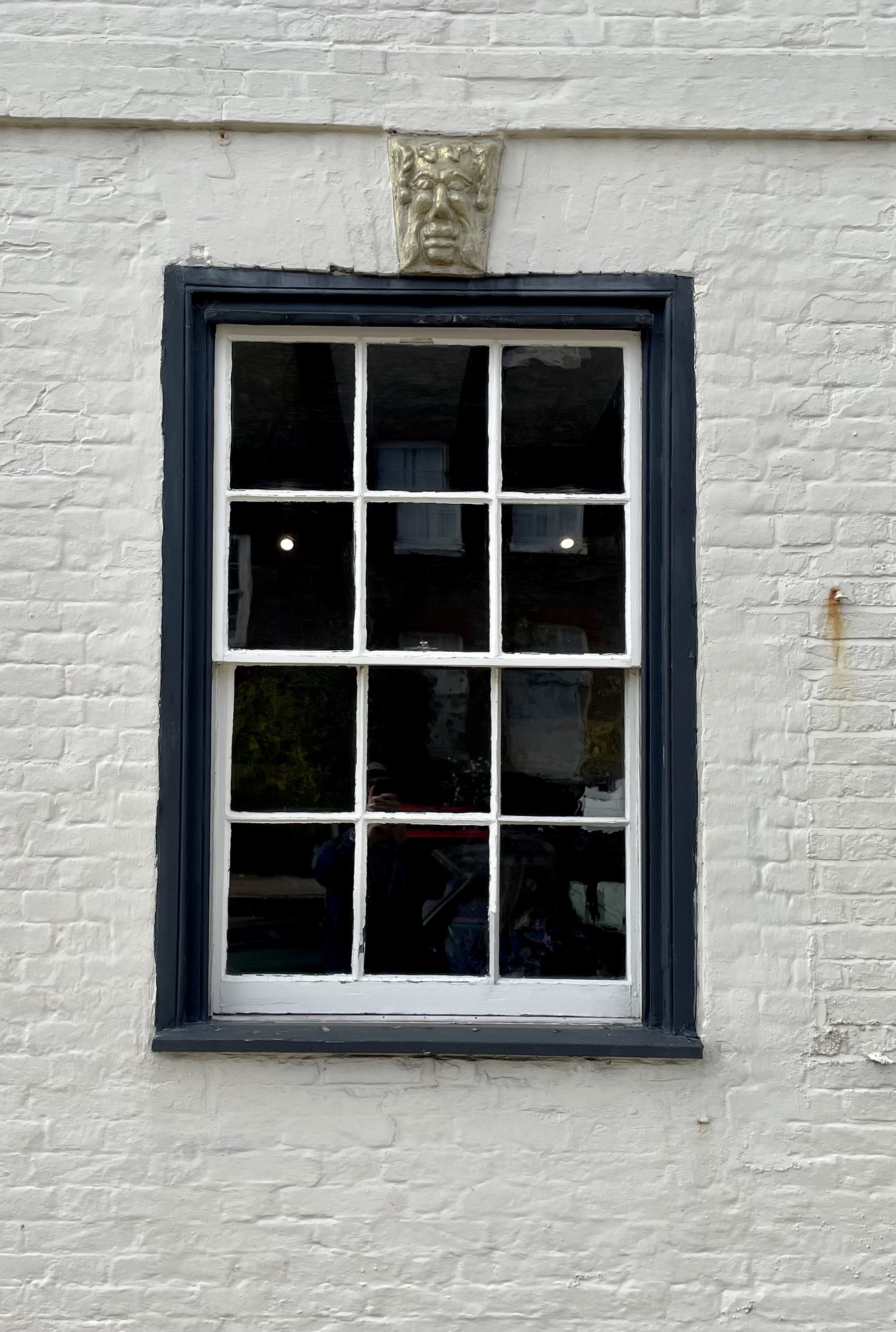
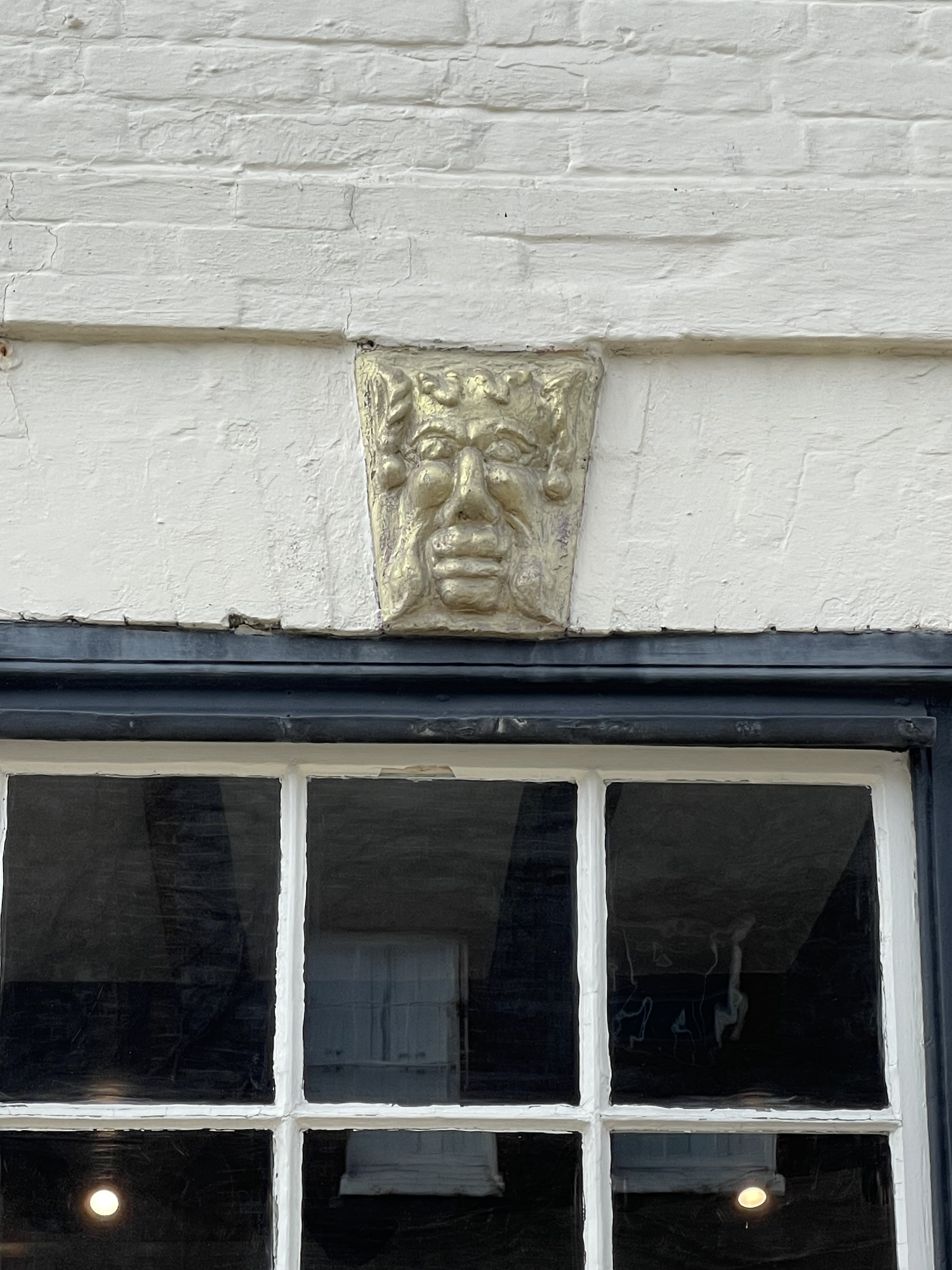
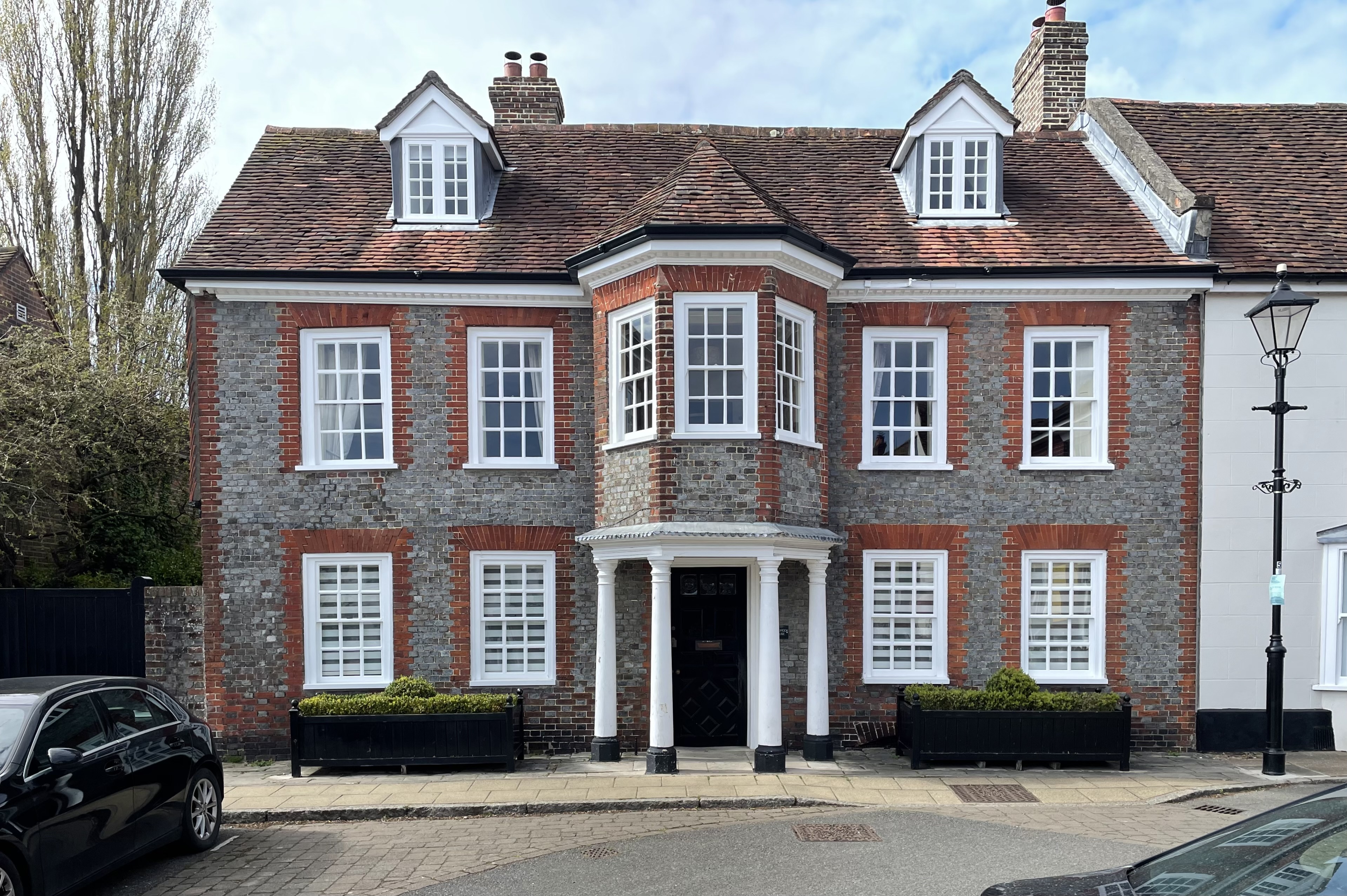
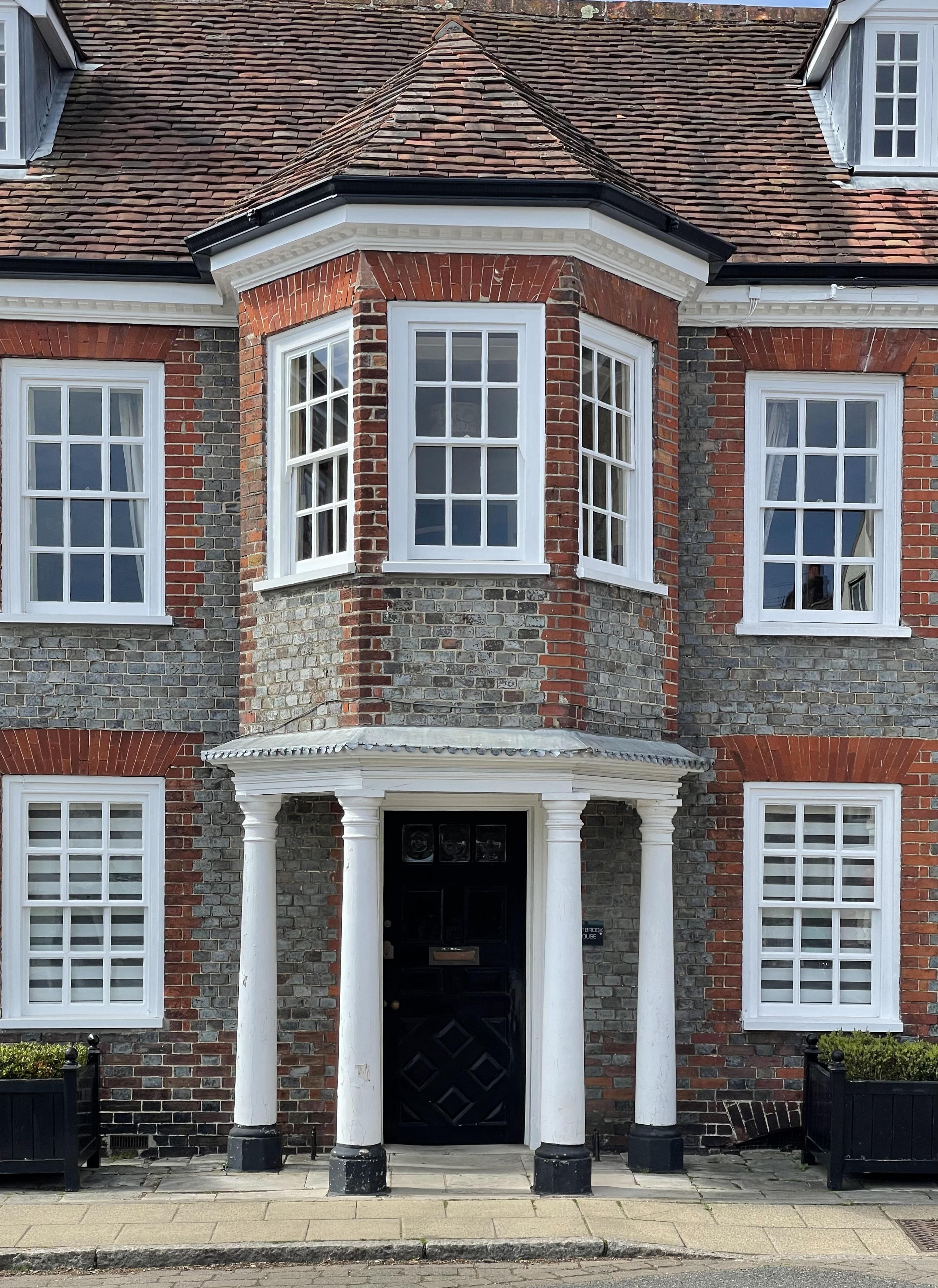
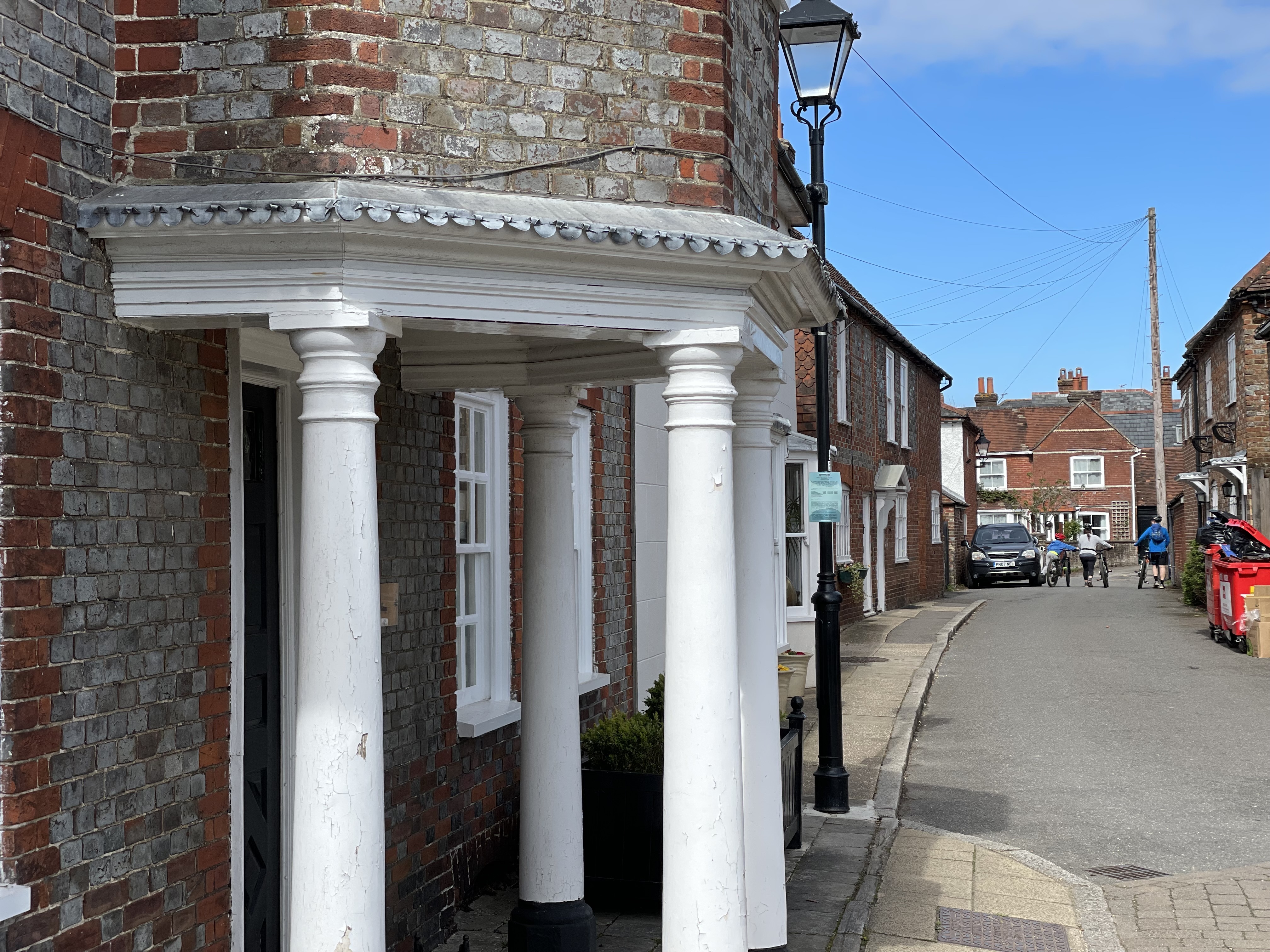
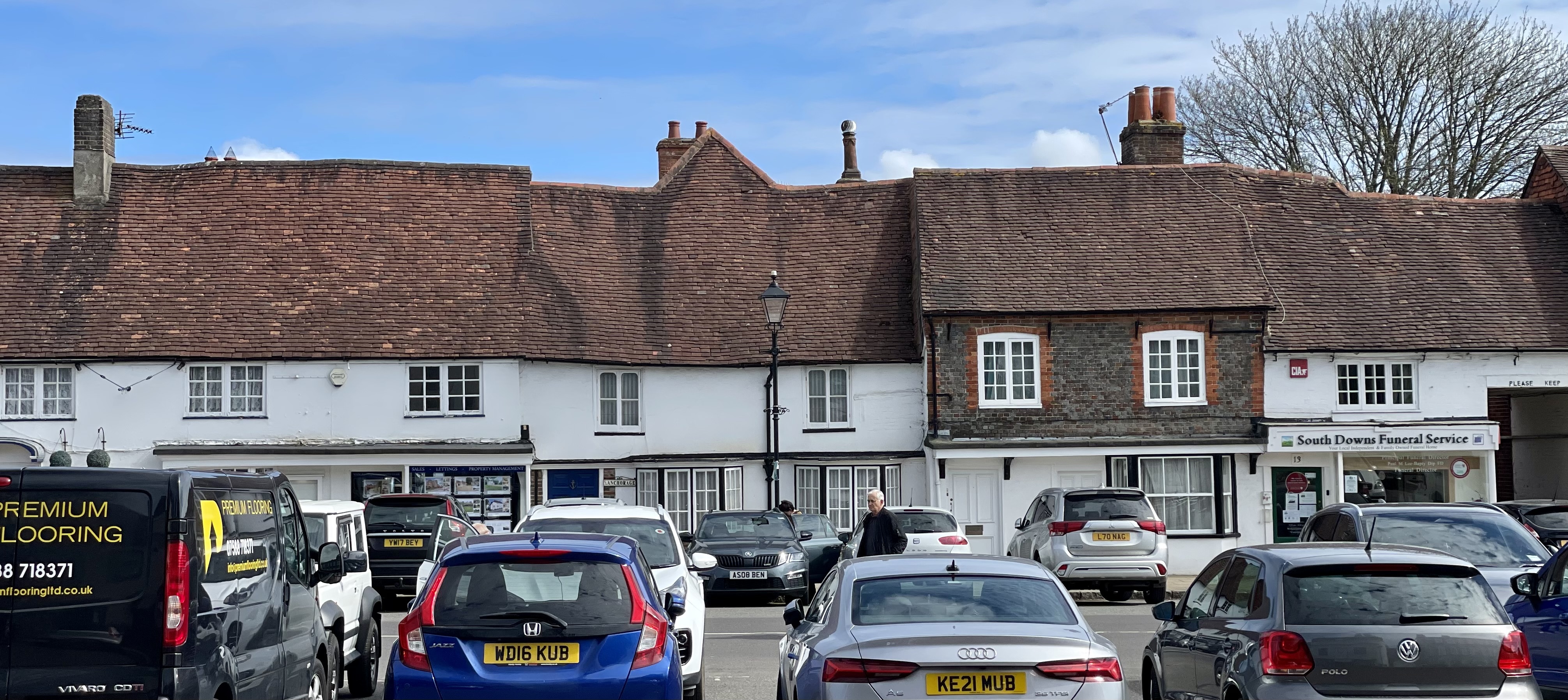
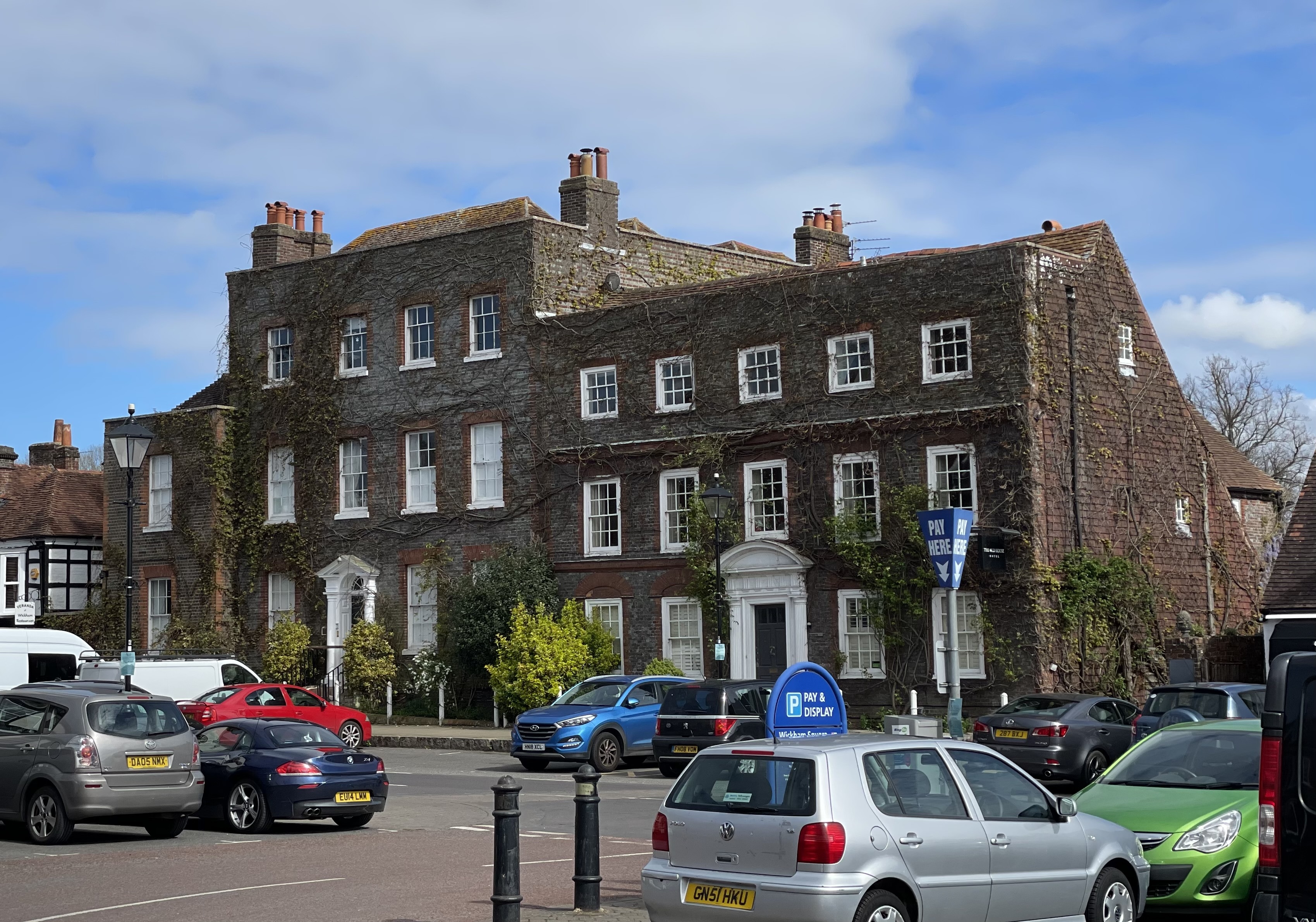
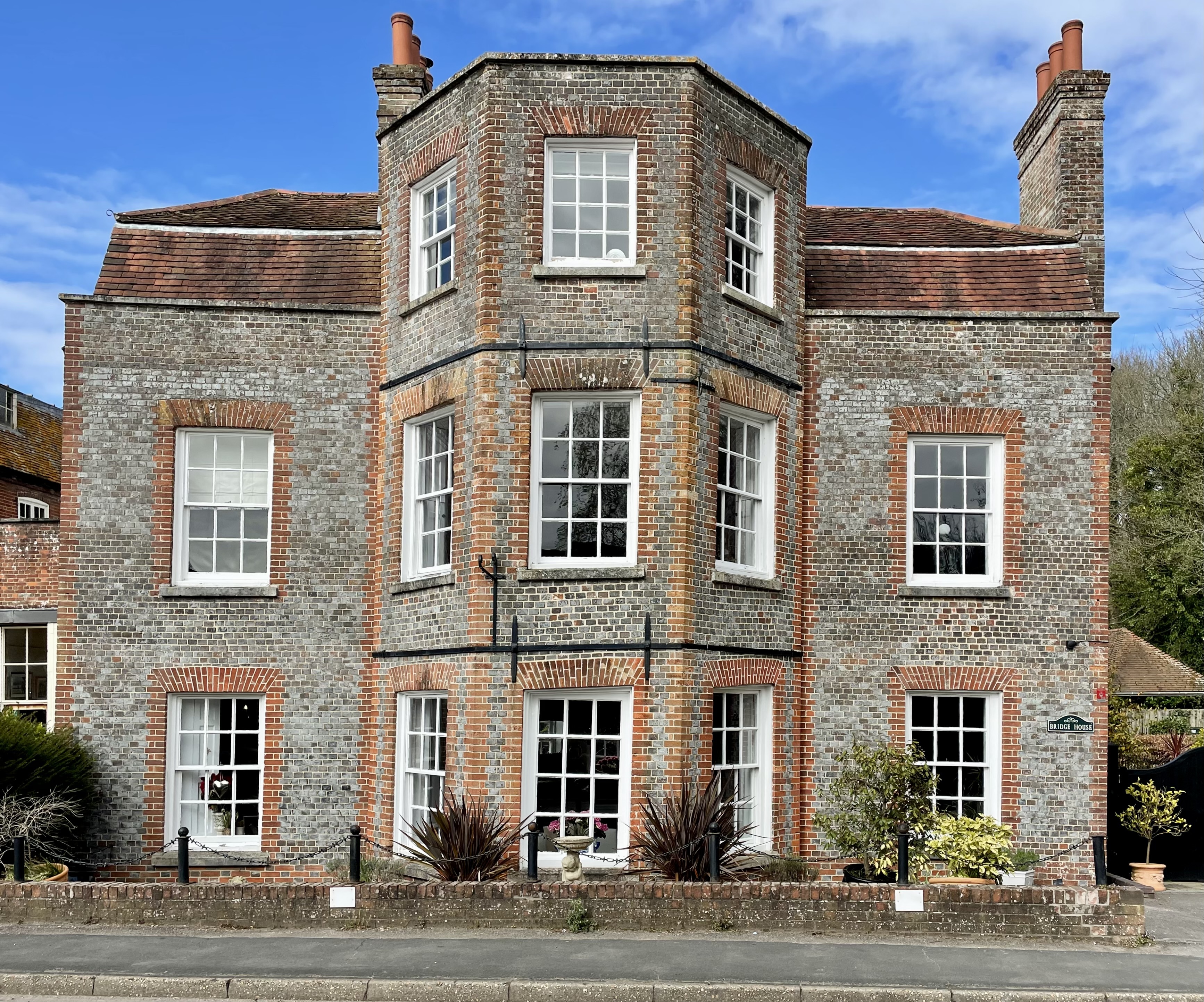
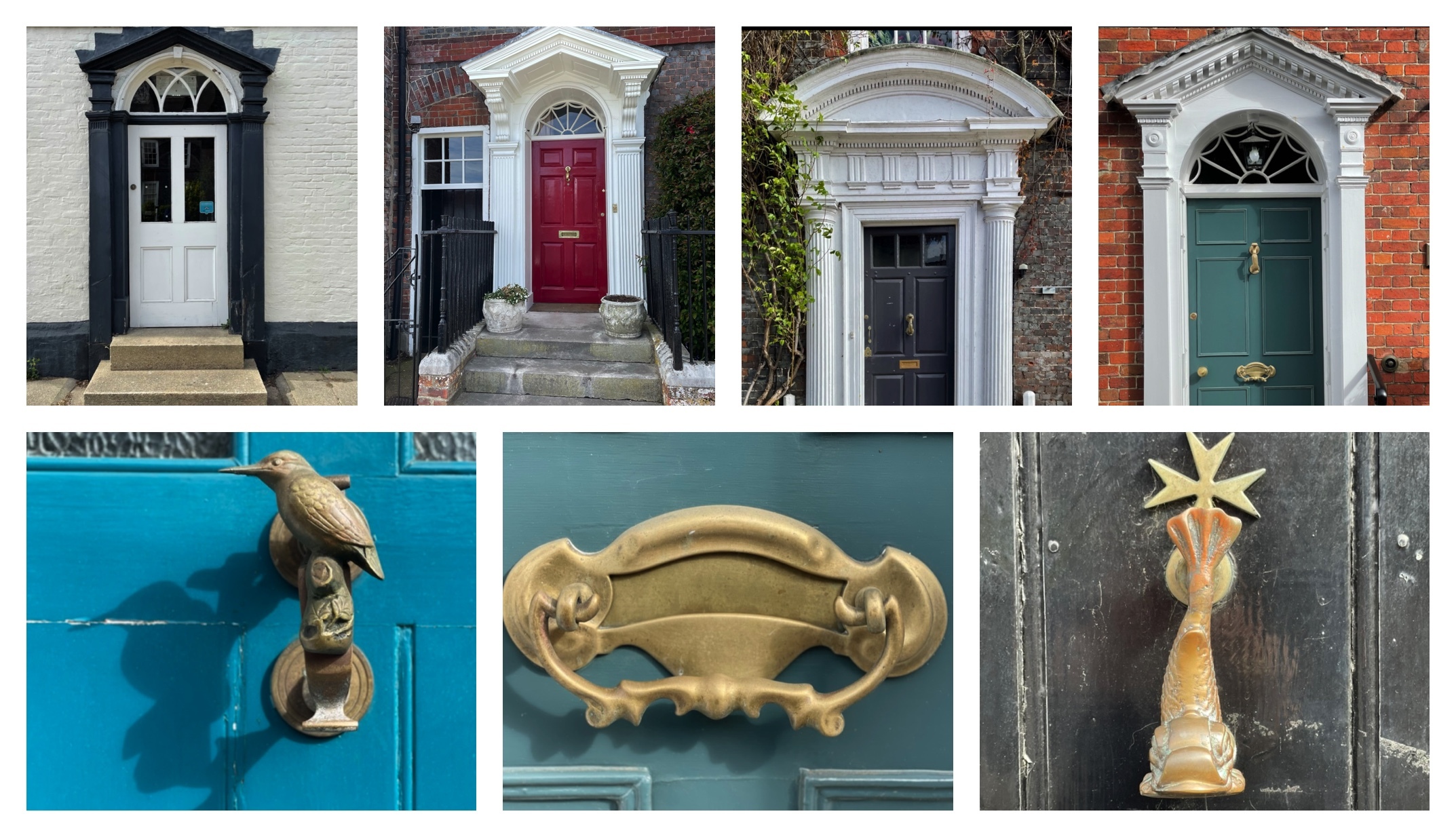
An Unusual Door
This door can be found along the high street. I've never seen a door like this - where a light has been installed into the centre of the panelling. Anybody else think of any similar doors they've seen? The glass does look original. Notice the bulls nose (sometimes called bulls eye) glass in the corners and centre? This is from the centre of the blown spun glass from the centre of the rondel.
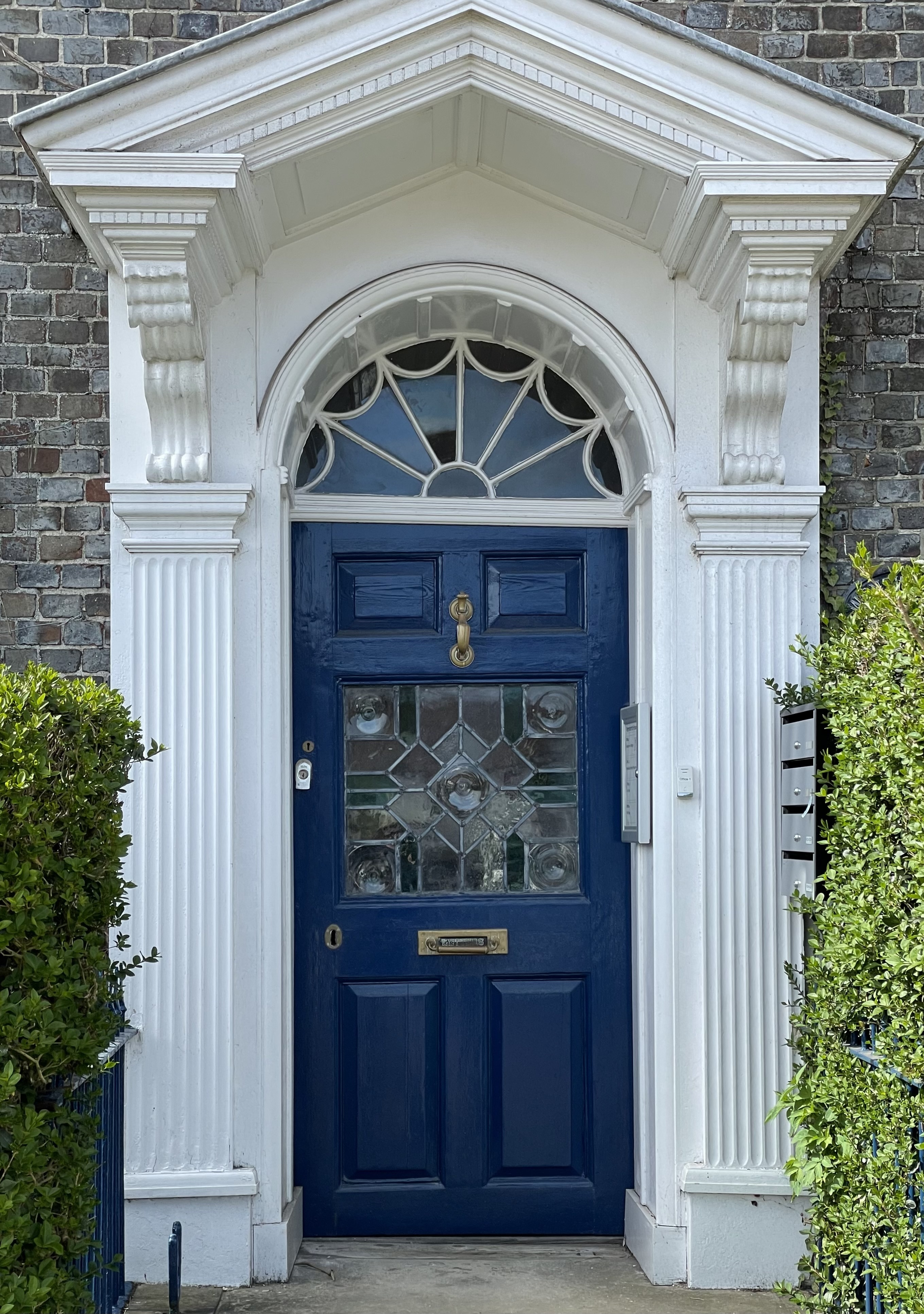
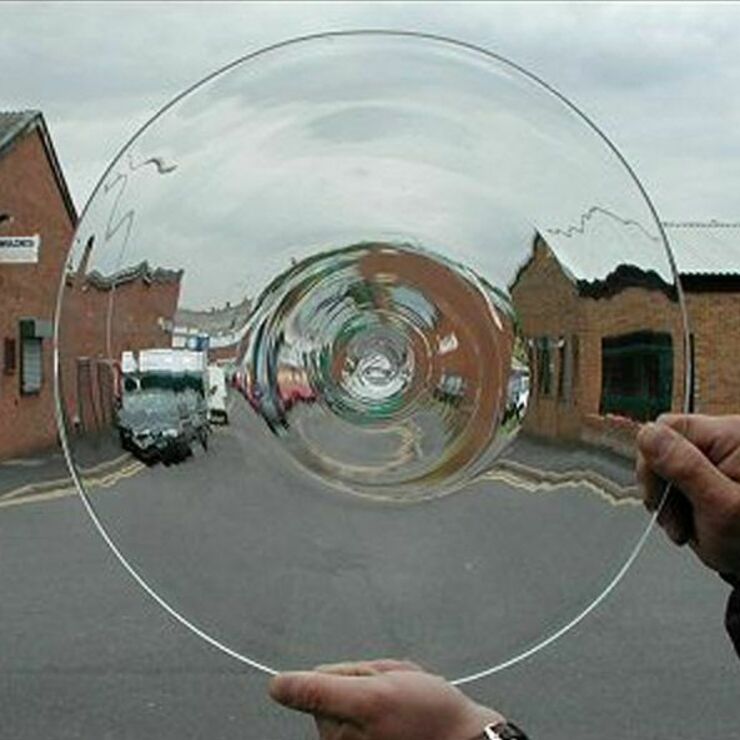
Glass bullion / bullseye glass | Glass Bullion and Rondels
Buy Glass bullion / bullseye glass, Glass Bullion and Rondels - Bullions are most commonly used in Victorian front doors and small windows
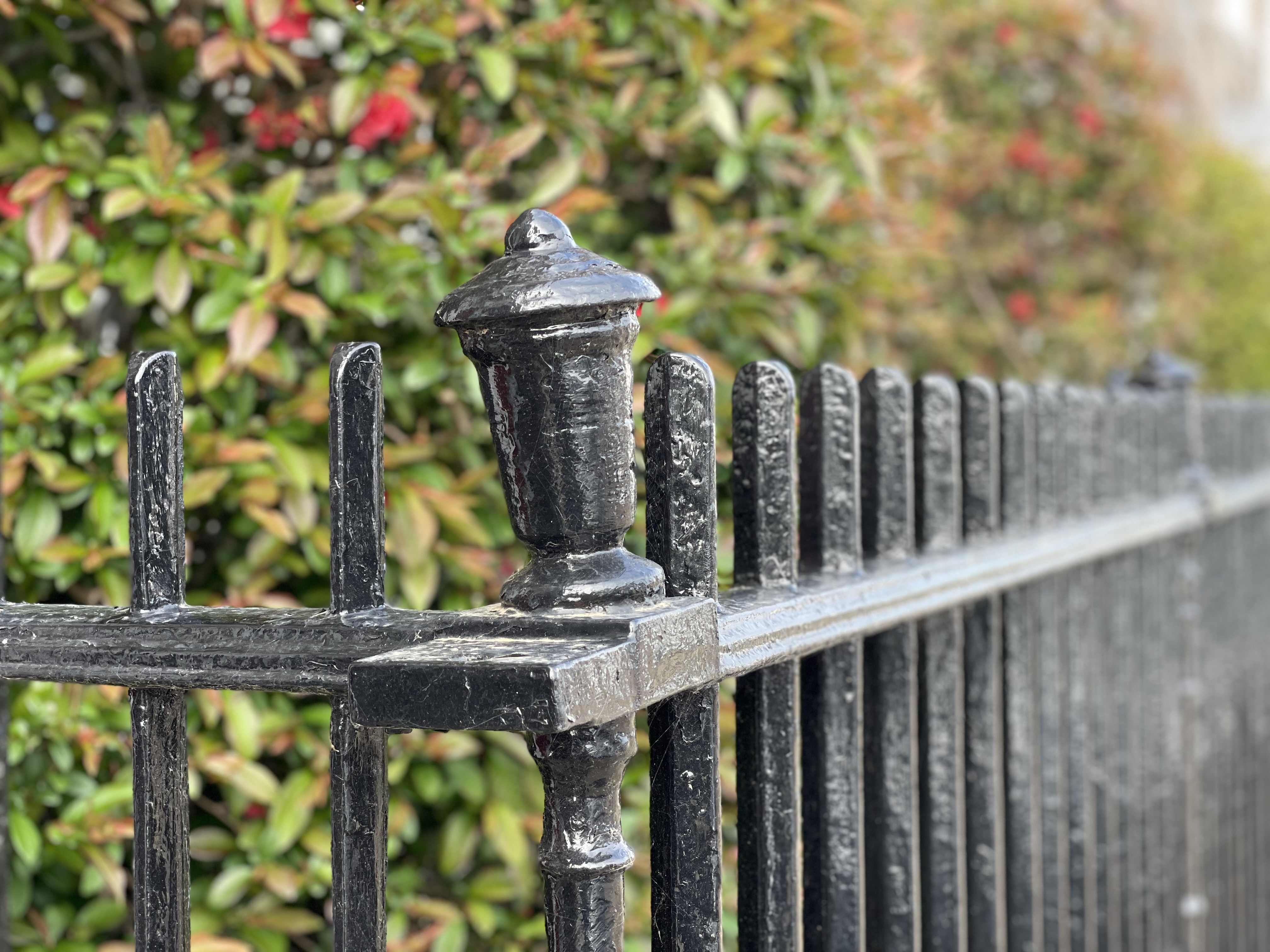
The King's Head
A Georgian building with a traditional 'coaching inn' facade. I stopped and had a pint of local here. Some original elements of the interior survive. The service was friendly and helpful. It belies a medieval burgage plot length to the back (see photos below). A burgage plot was a strip of land at the back of a residence that was enough to keep the occupants. They were often filled in over time with additional buildings.
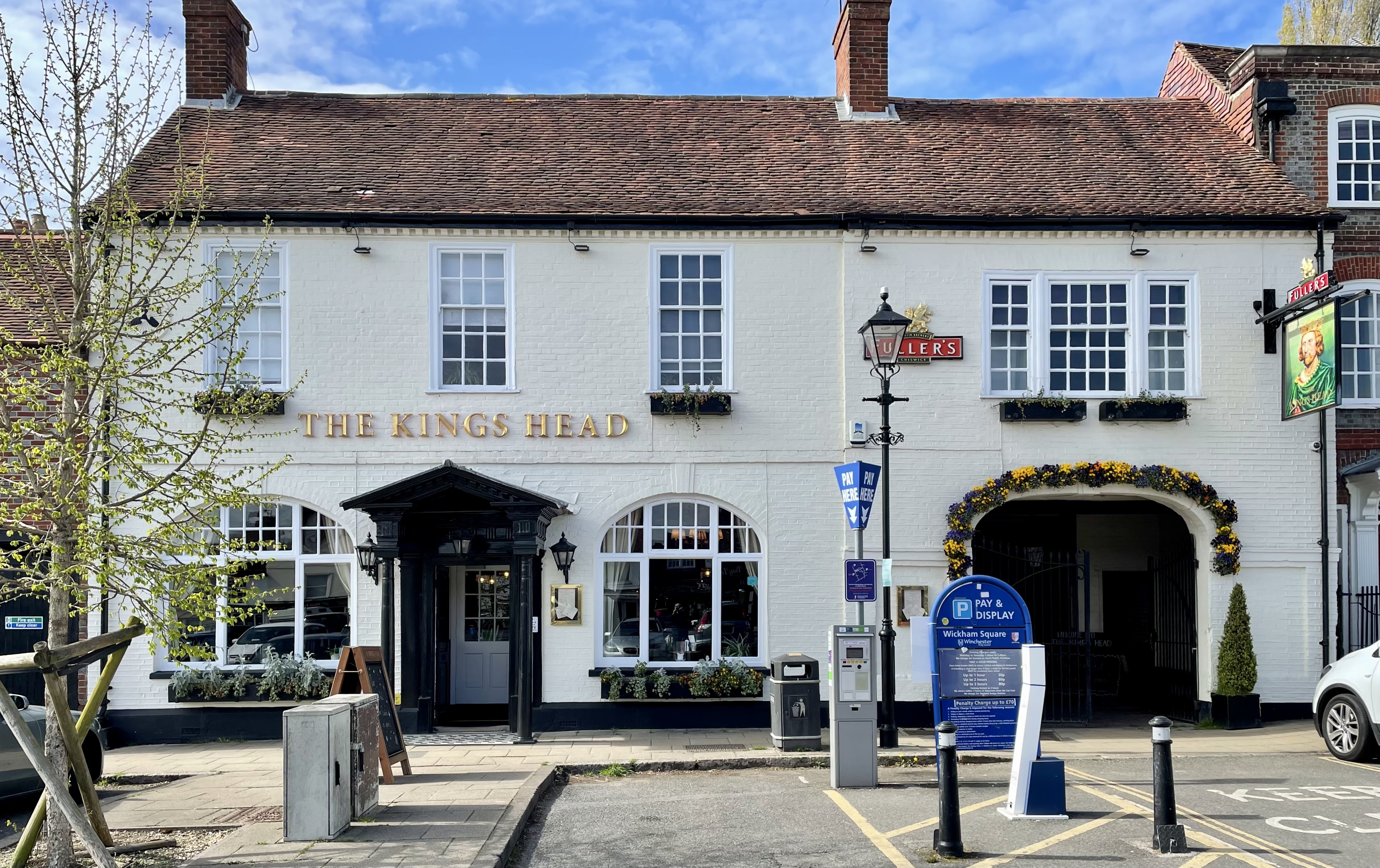
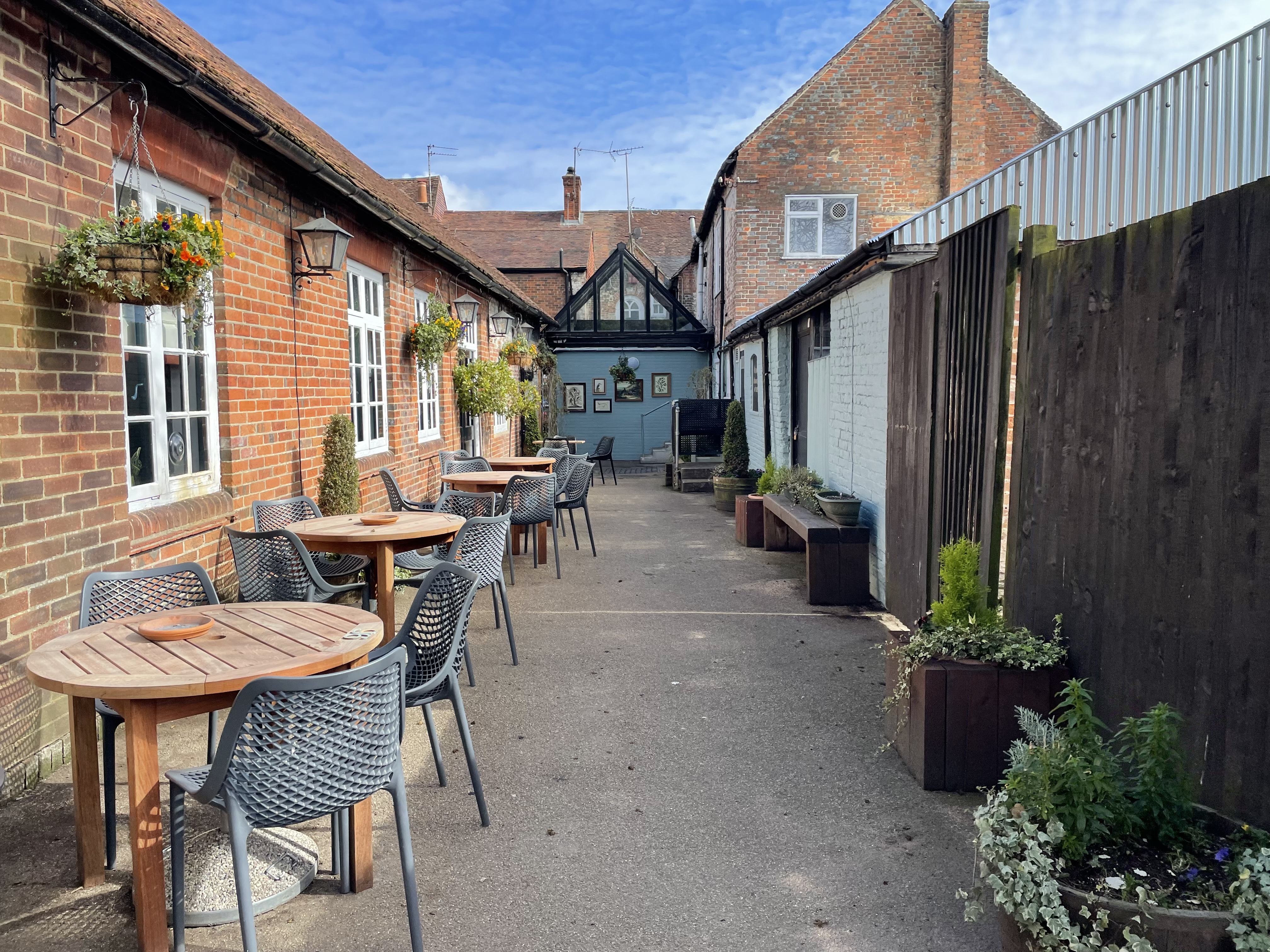
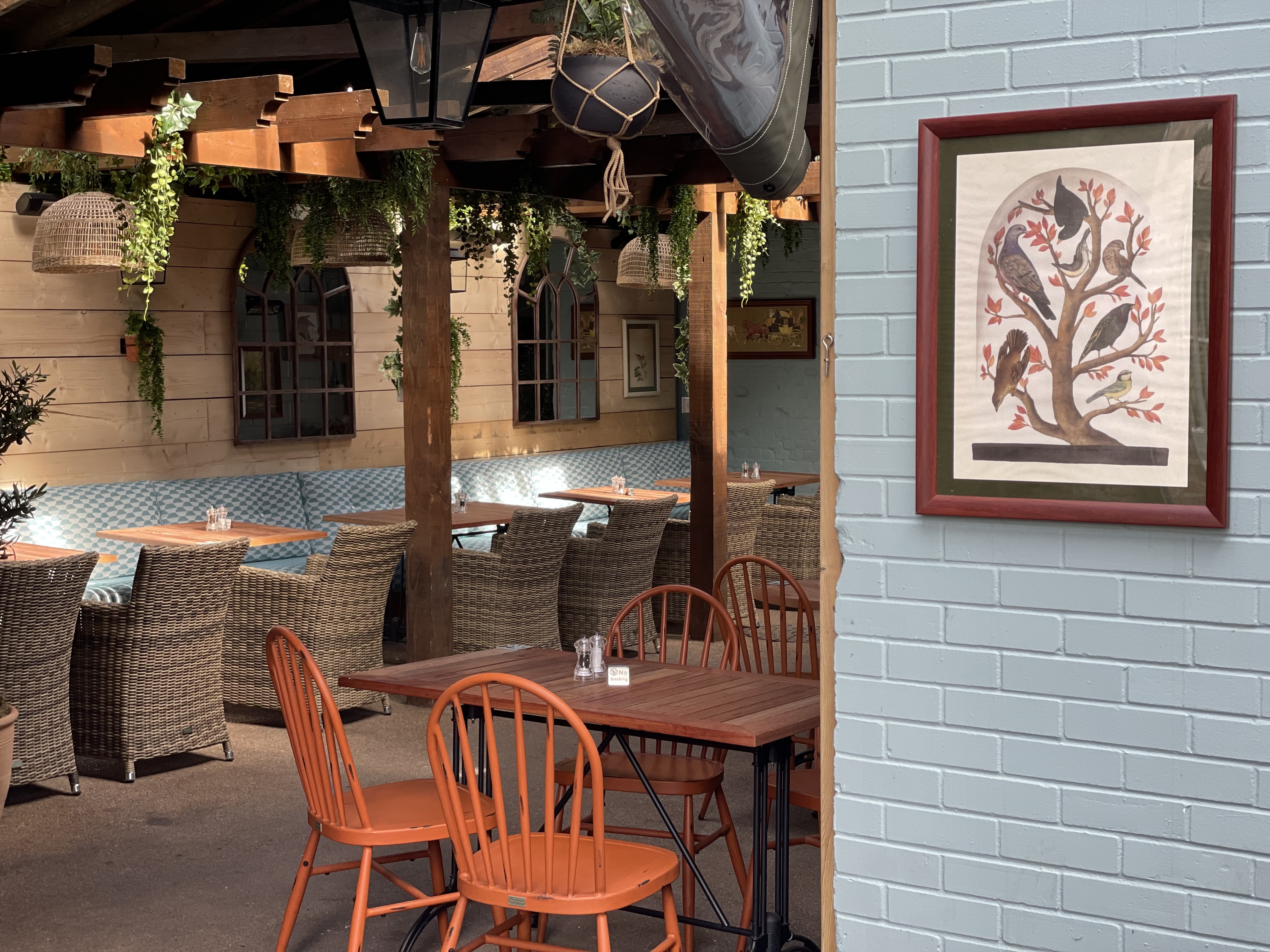
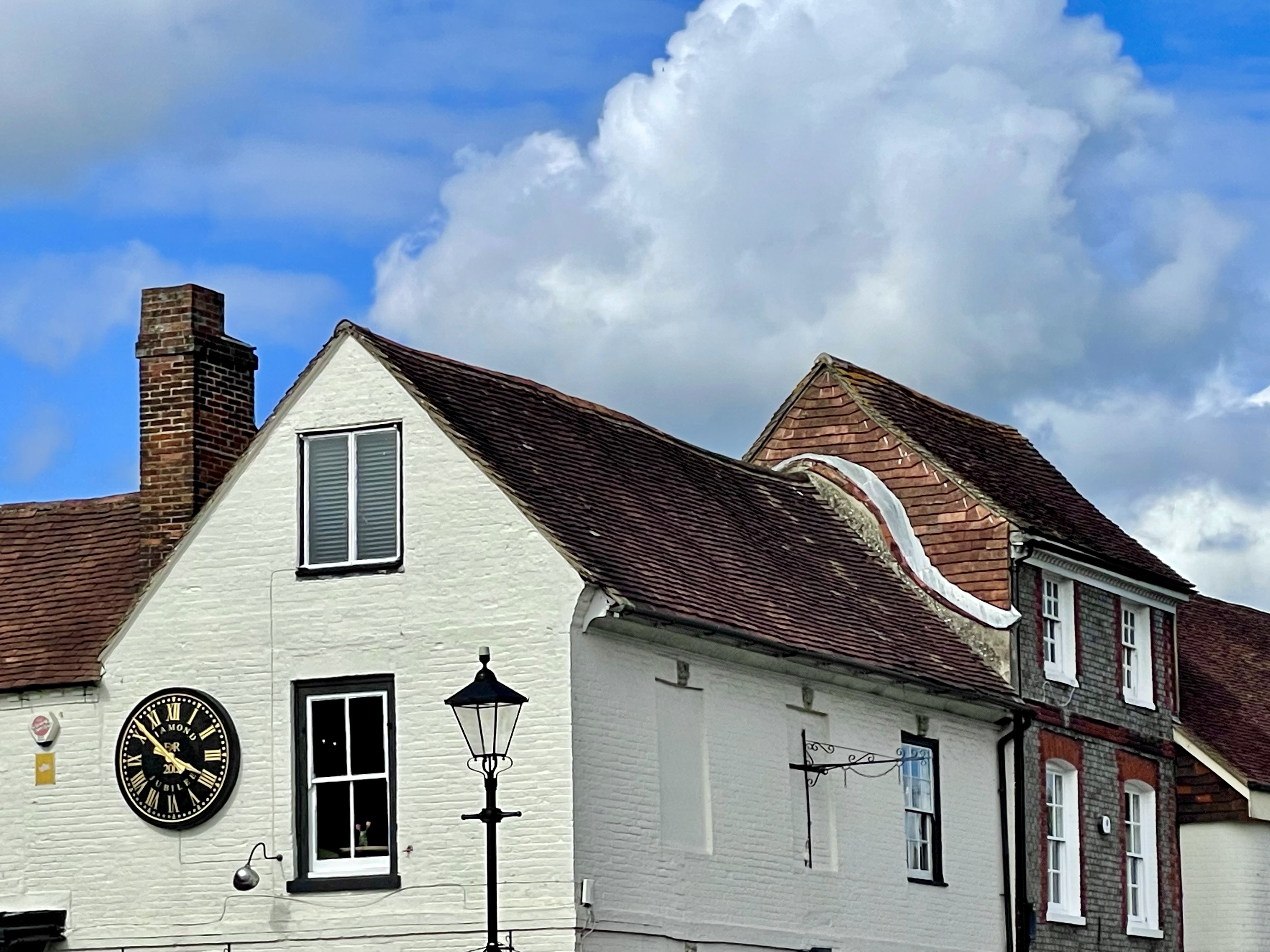
Queen's Lodge.
It's worth going to Wickham just to see this mid- C17th building.
From the Listing - words from Historic England:
The main feature of the facade is a full-height central Ionic Order in fine cut brickwork, with dentilled entablature, two pilasters with entasis and Ionic Caps on curved plan, and plain stepped bases: within this framework is a pediment (of the same Order but smaller) above a doorway. Half-hipped tile roof with catslide at rear. The original symmetrical south front elevation of two storeys had two windows on each side of the centrepiece, but only the outer architraves of the former pairs of windows remain, and later single windows have replaced them without symmetry. Sashes, the ground-floor on the west side is a wide late C20 splayed bay (replacing tba former shop front). The C19 doorway has a plain frame, wood pediment on brackets and 6-panelled door. Within, there are two Cl7 overmantels of plaster decoration and a small section of plaster ornamental ceiling (with fully moulded cornice). The small window above the doorway has a lead Sun fire insurance sign, no 105673. A design of some distinction, considerably mutilated but retaining the centrepiece.
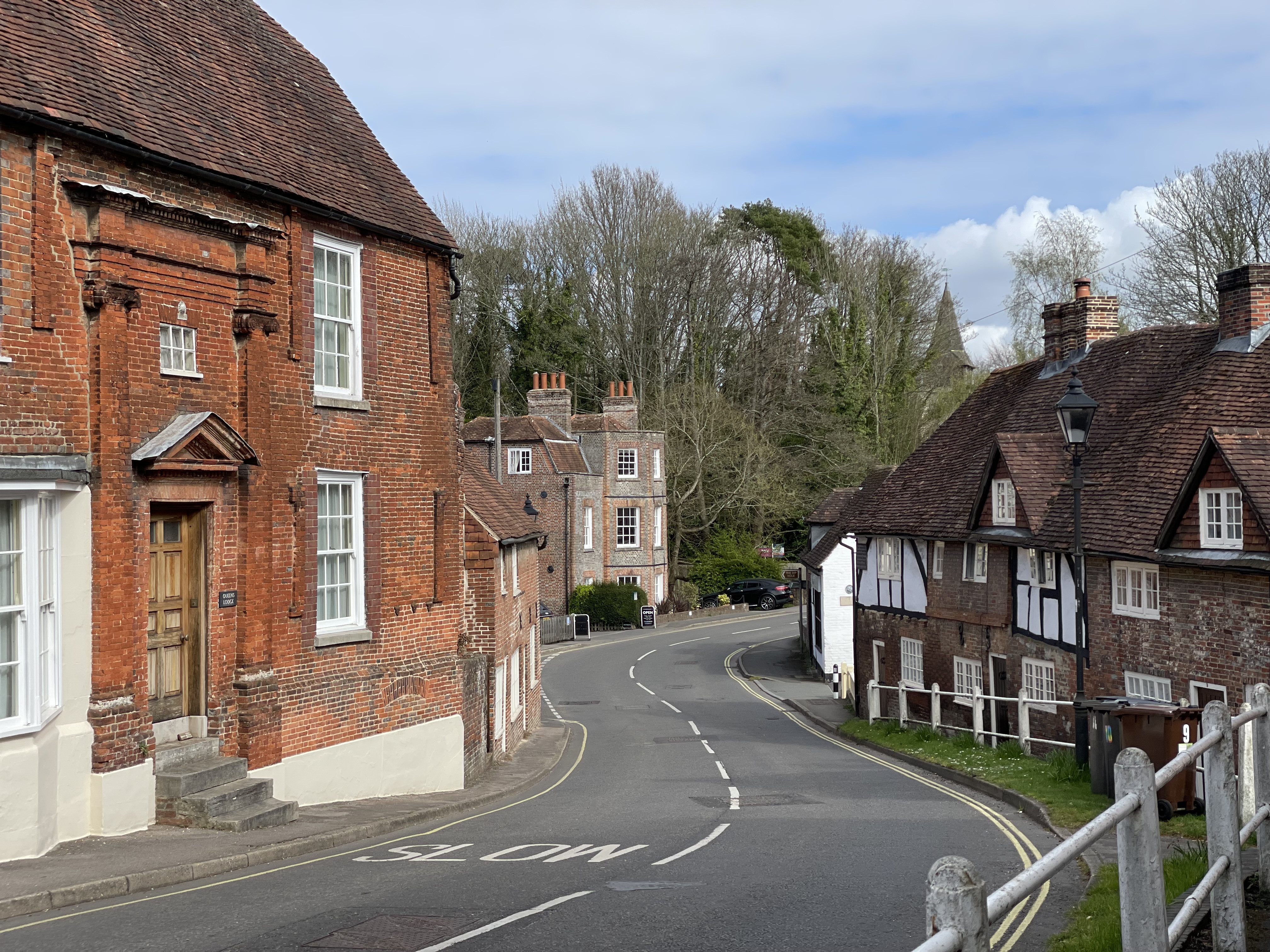

Notice (in the photo below) the lead sun fire mark. This was essentially a badge of insurance in case of fire. No fire mark, no putty out fire.
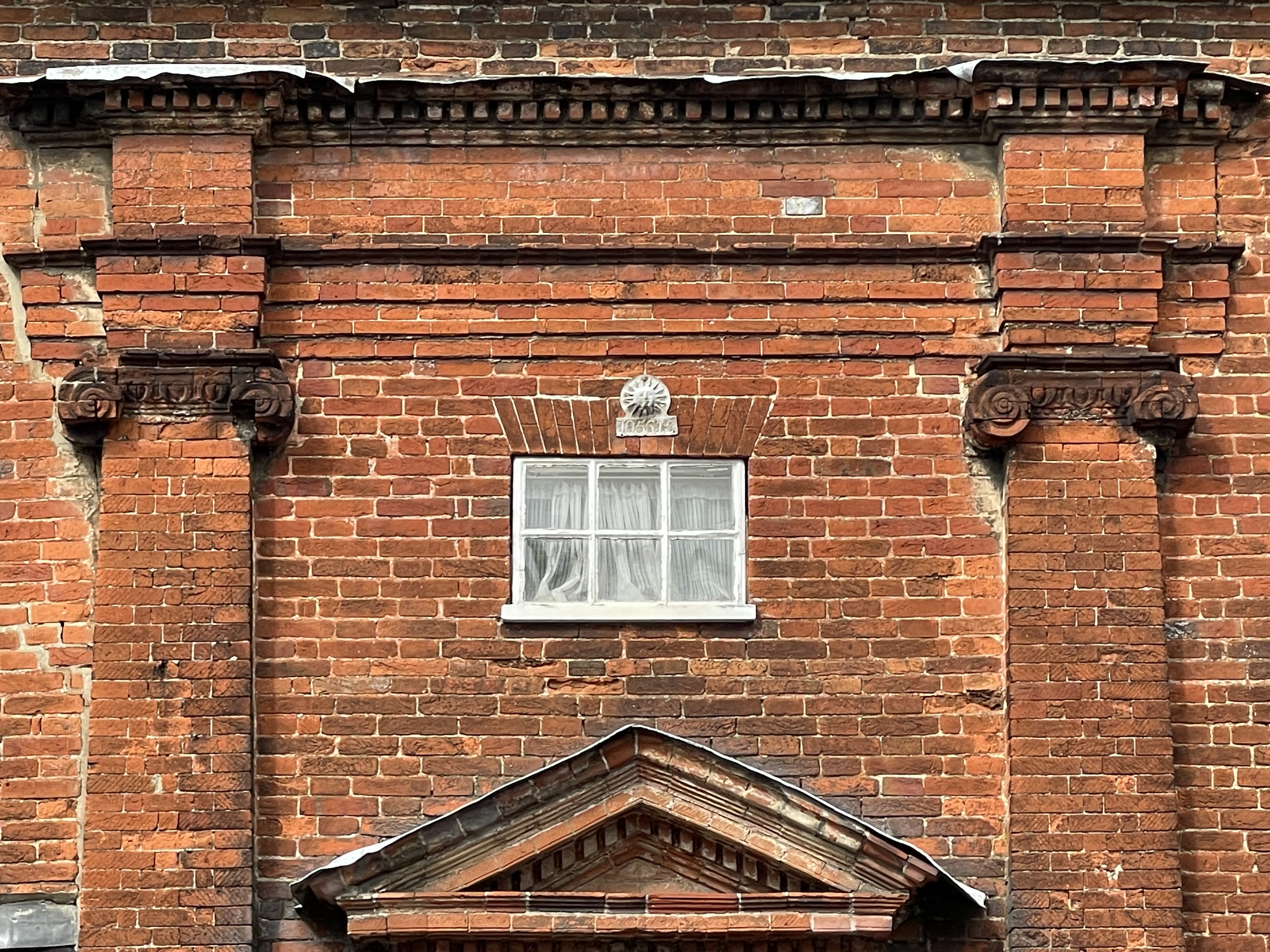
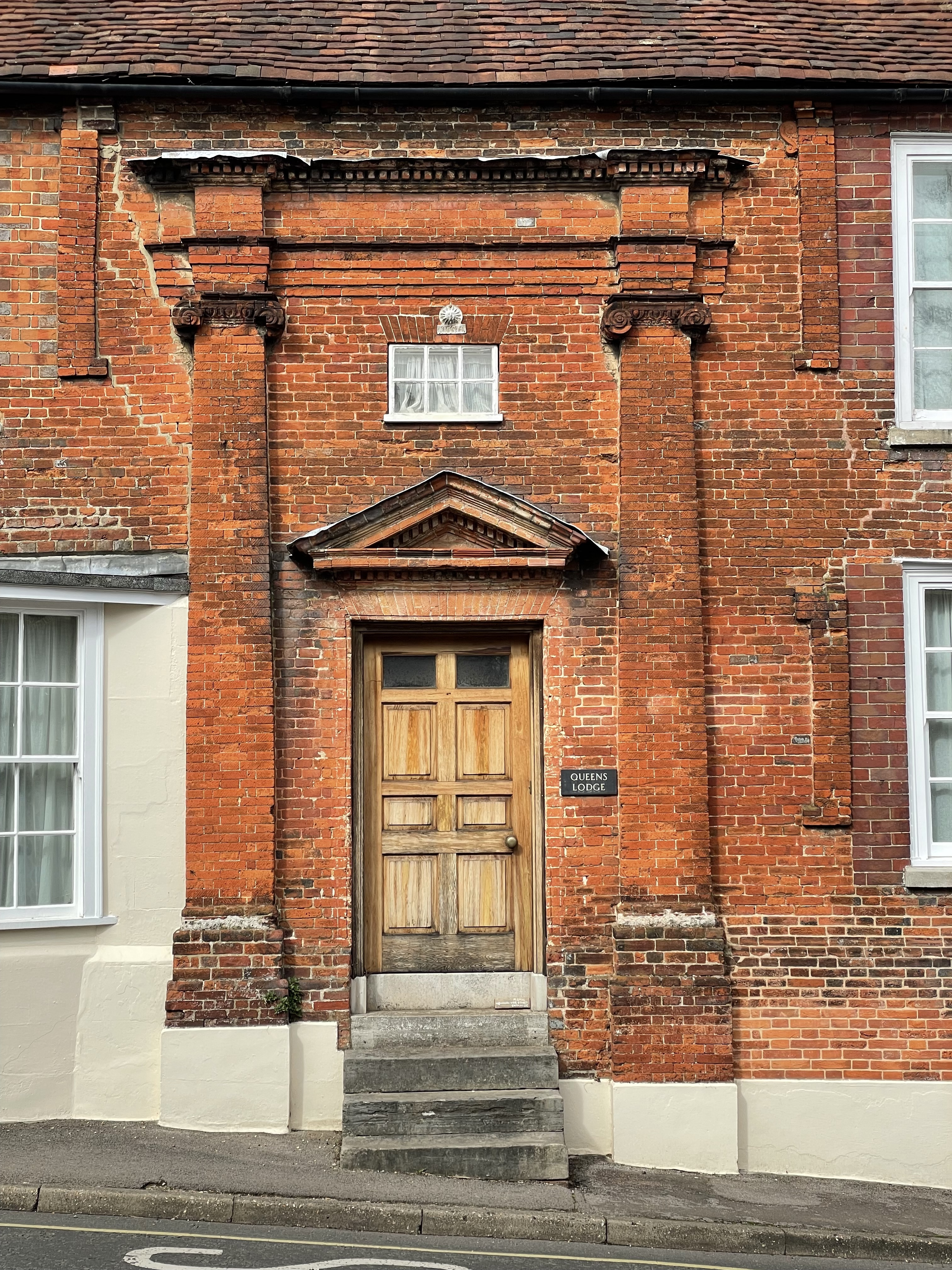
Chesapeake Mill
Visit Chesapeake Mill for the heady mix of interior items, but there's something more intriguing to check out: the timbers. The timbers are from the United States frigate Chesapeake which was captured by the Royal Navy during the war of 1812. Yes, they knew how to recycle in those days.
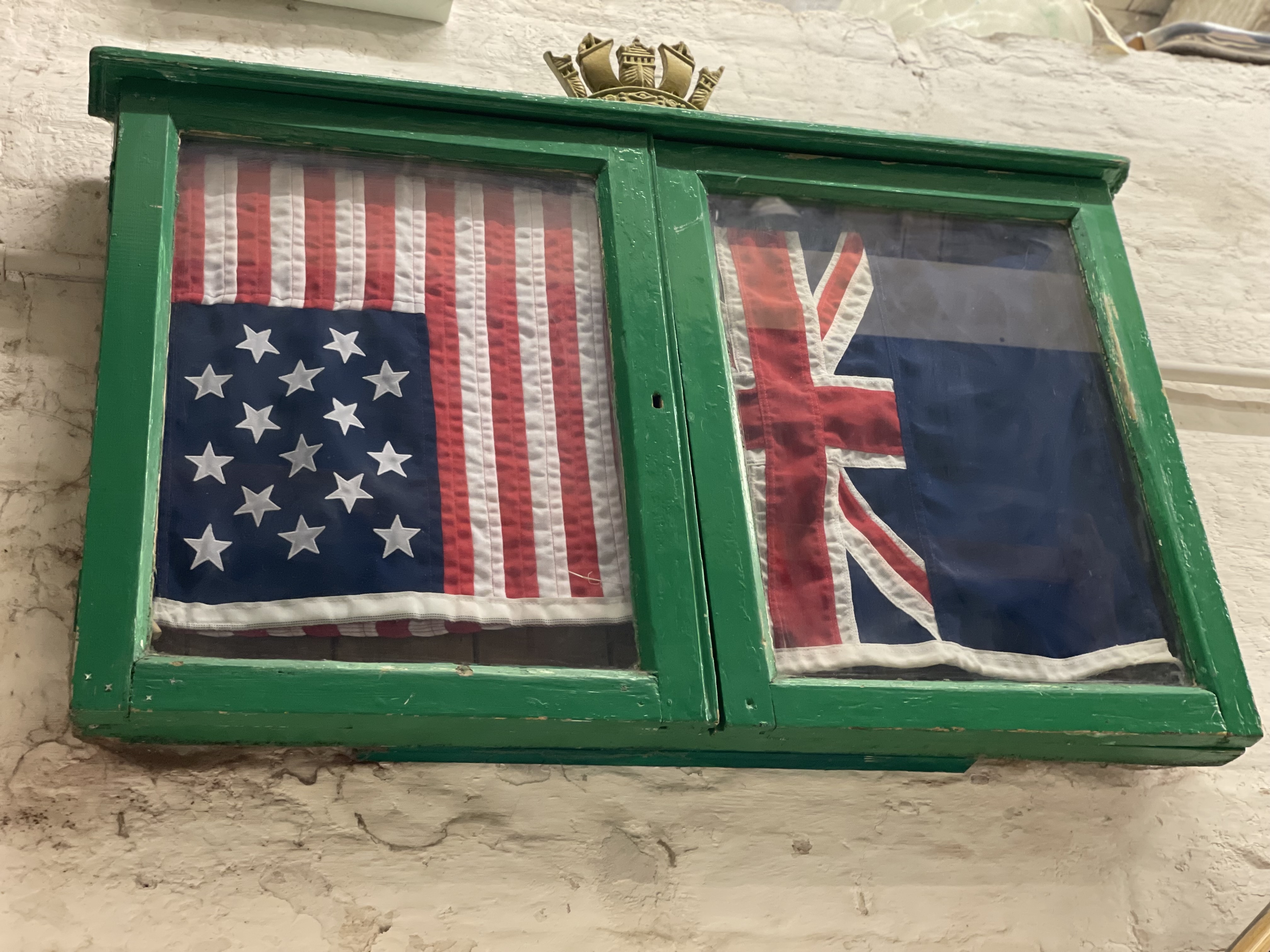
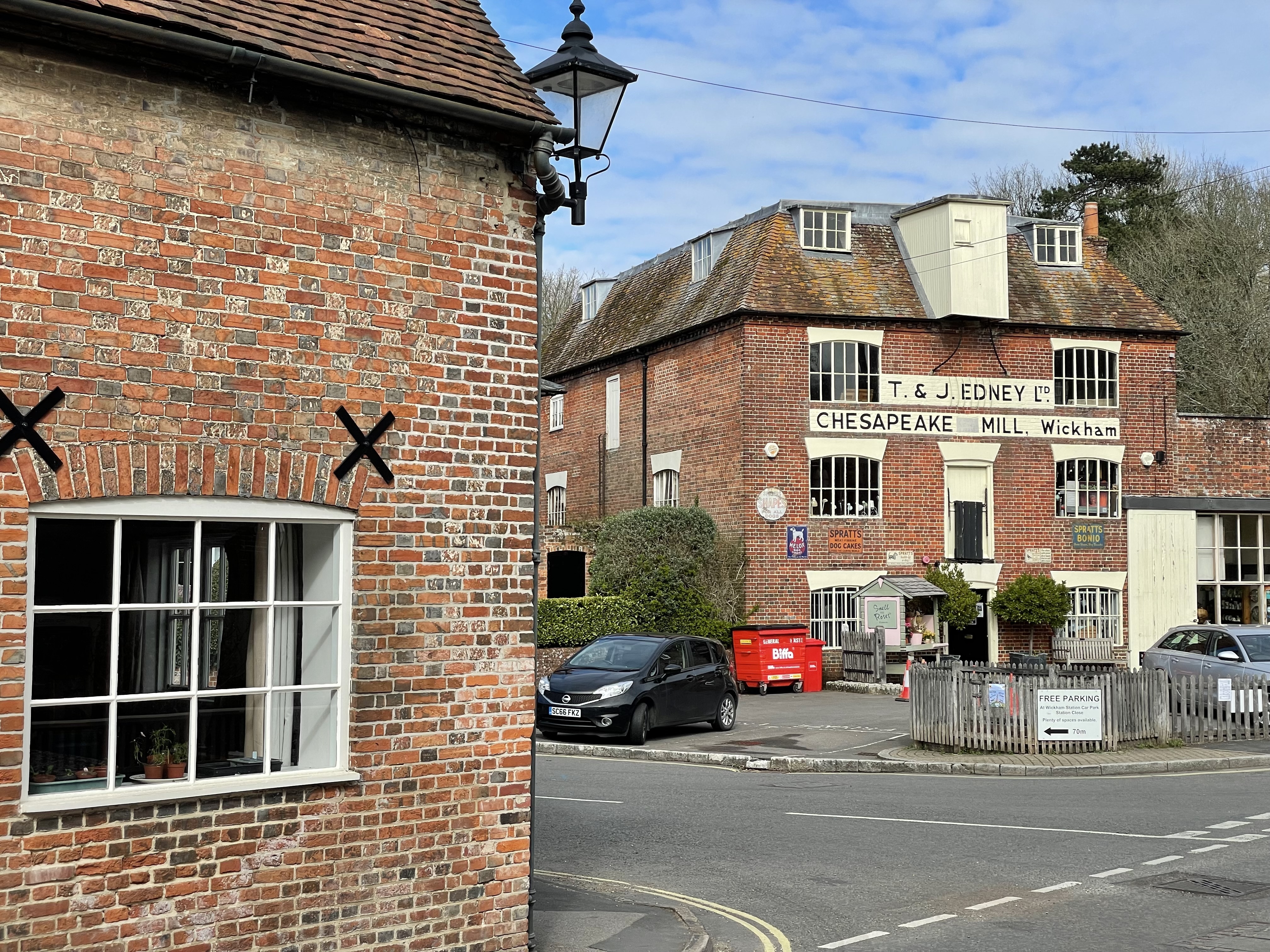
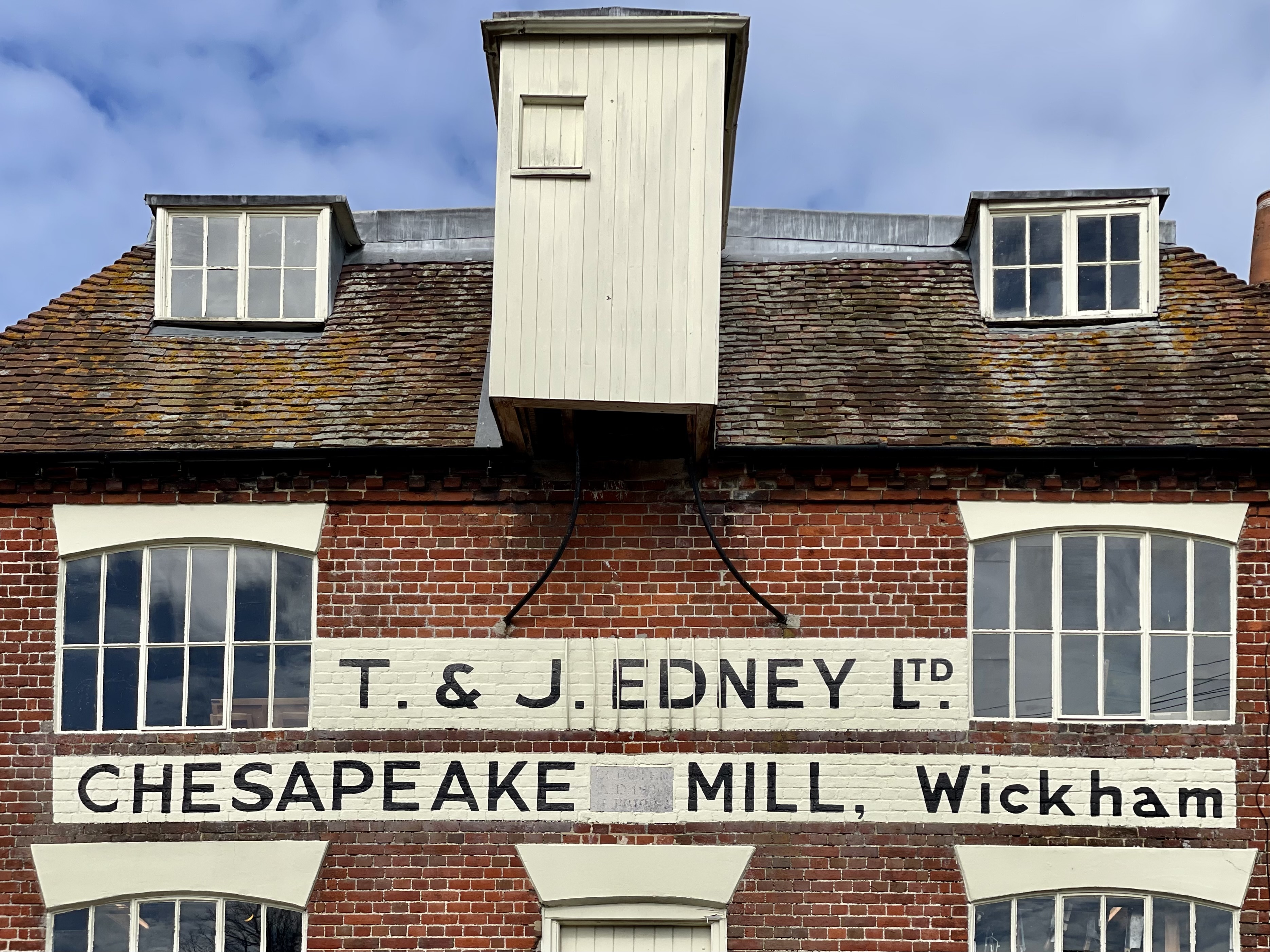
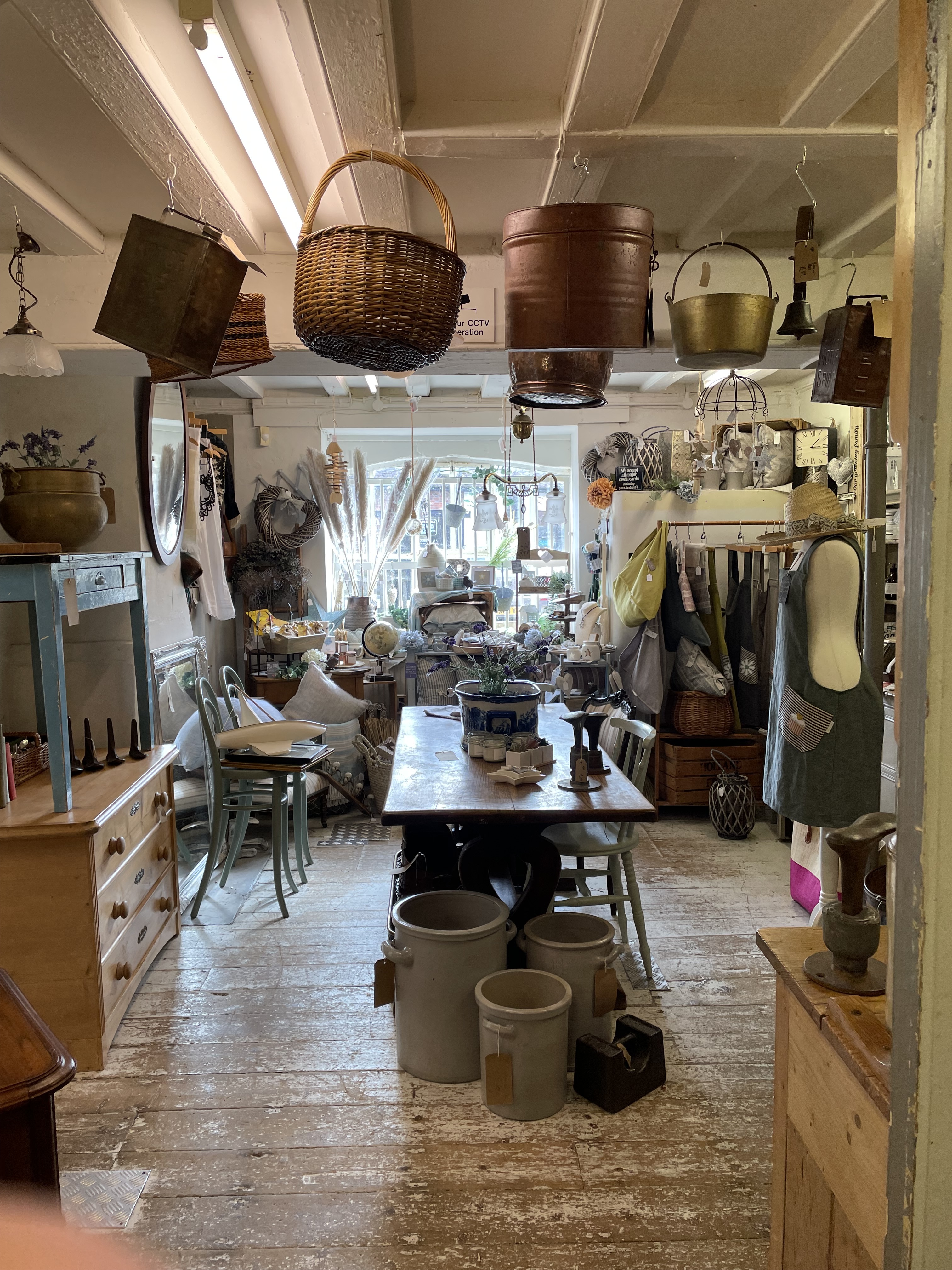
One of the locals told me that the flame shaped black marks (see pic below) were from musket shot - but they look suspiciously like apotropaic marks made by candles - these were commonly used on timbers - thought to inoculate the building from fire.
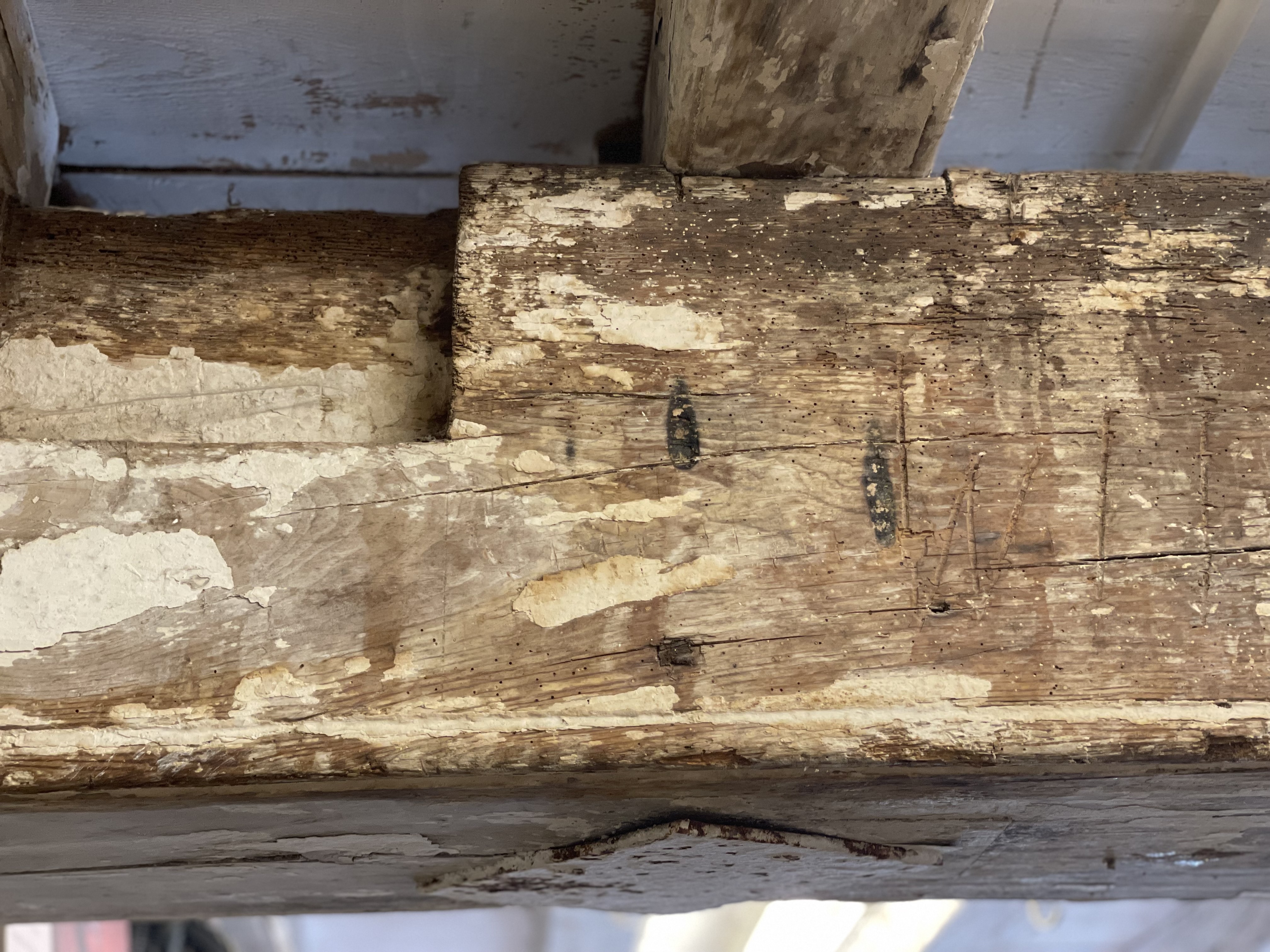
The original paint from the interior timbers of the ship can still be seen in parts (pic below). It was a teal colour.
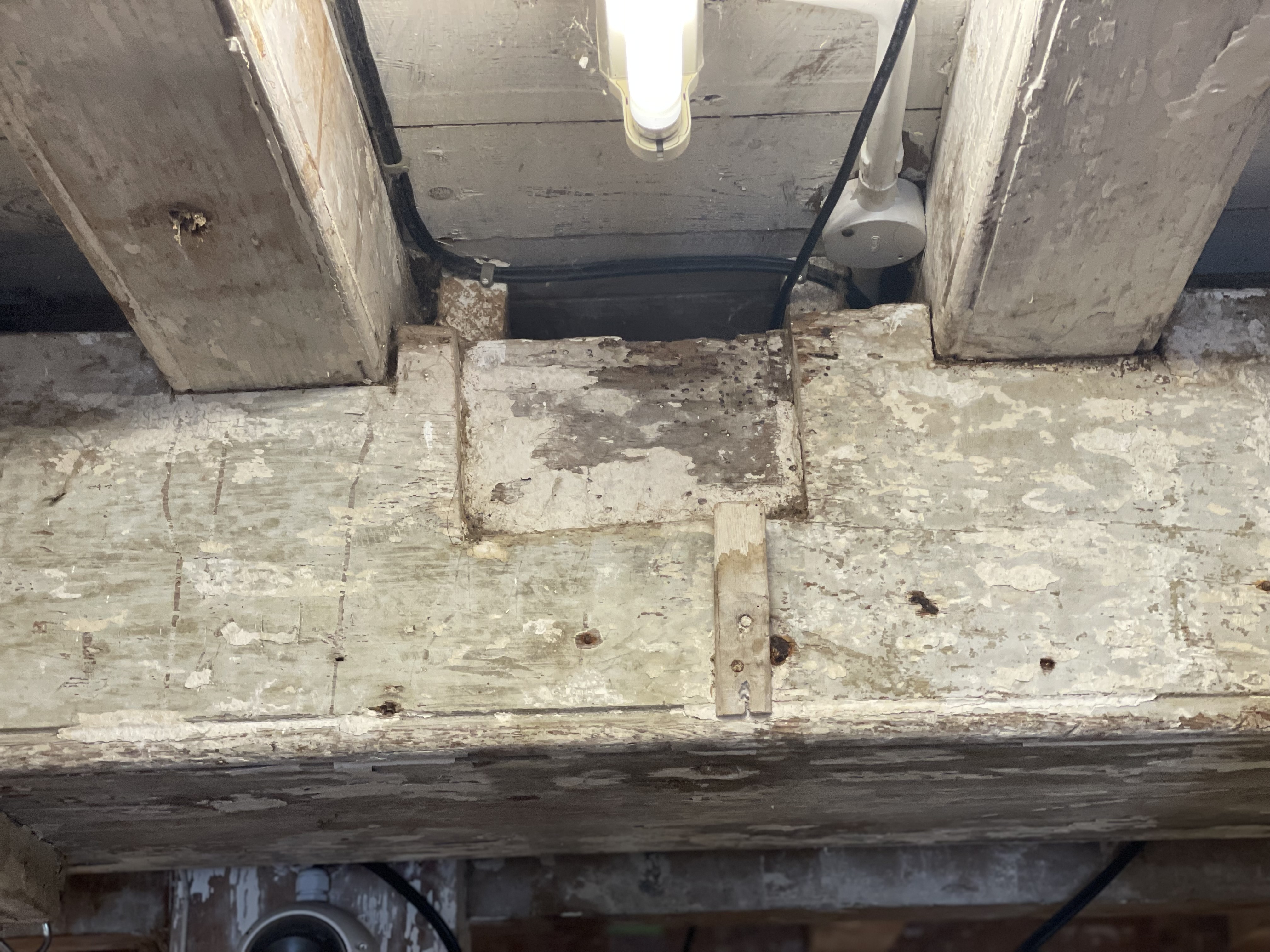
St. Nicholas
St. Nicholas was rebuilt with traditional and local vernacular materials in the 1860's but it holds a real gem: a canopied tomb of alabaster and marble of 1615. It's a work of the highest quality and depicts the finery of the day in crisp detail.
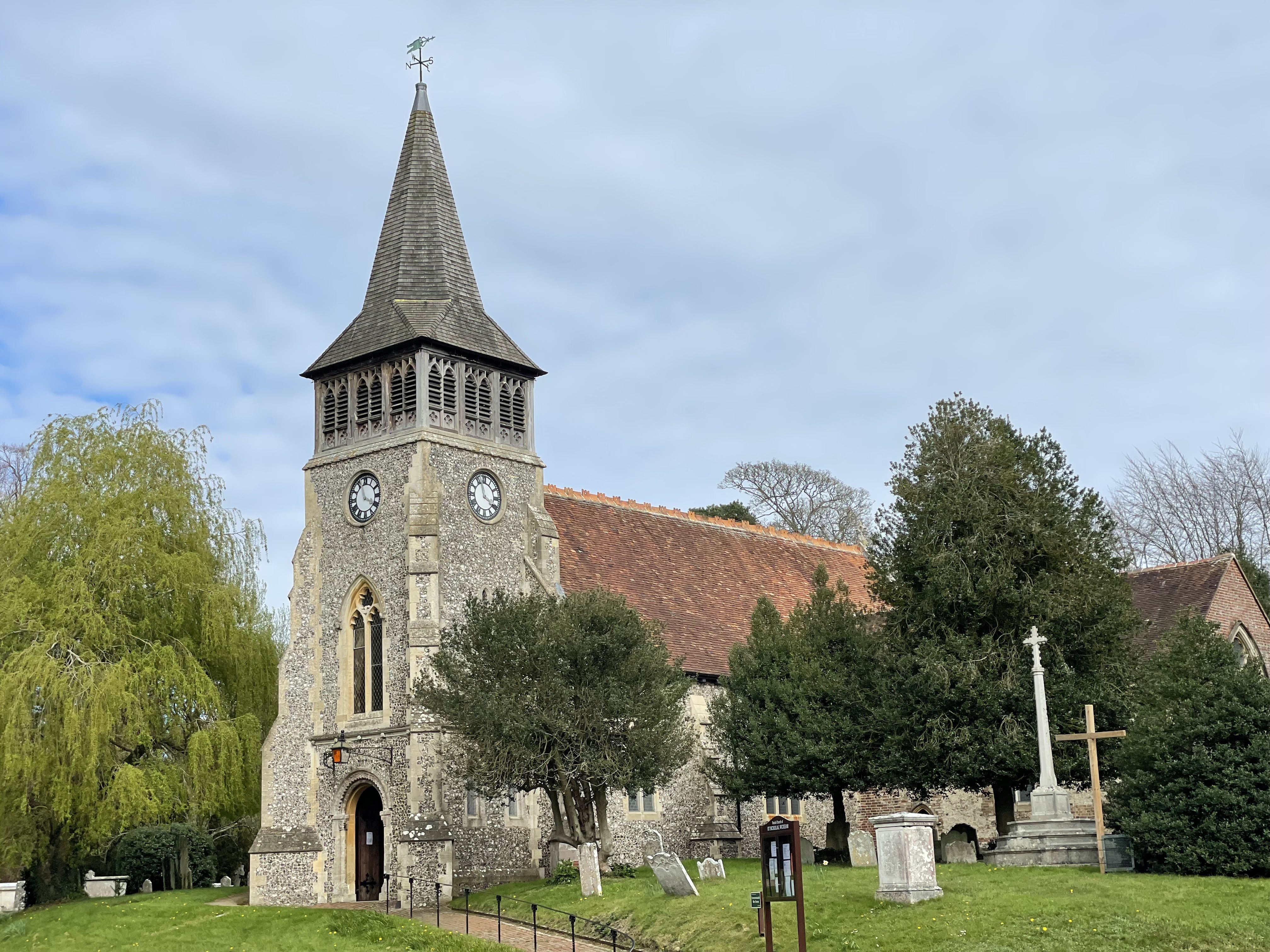
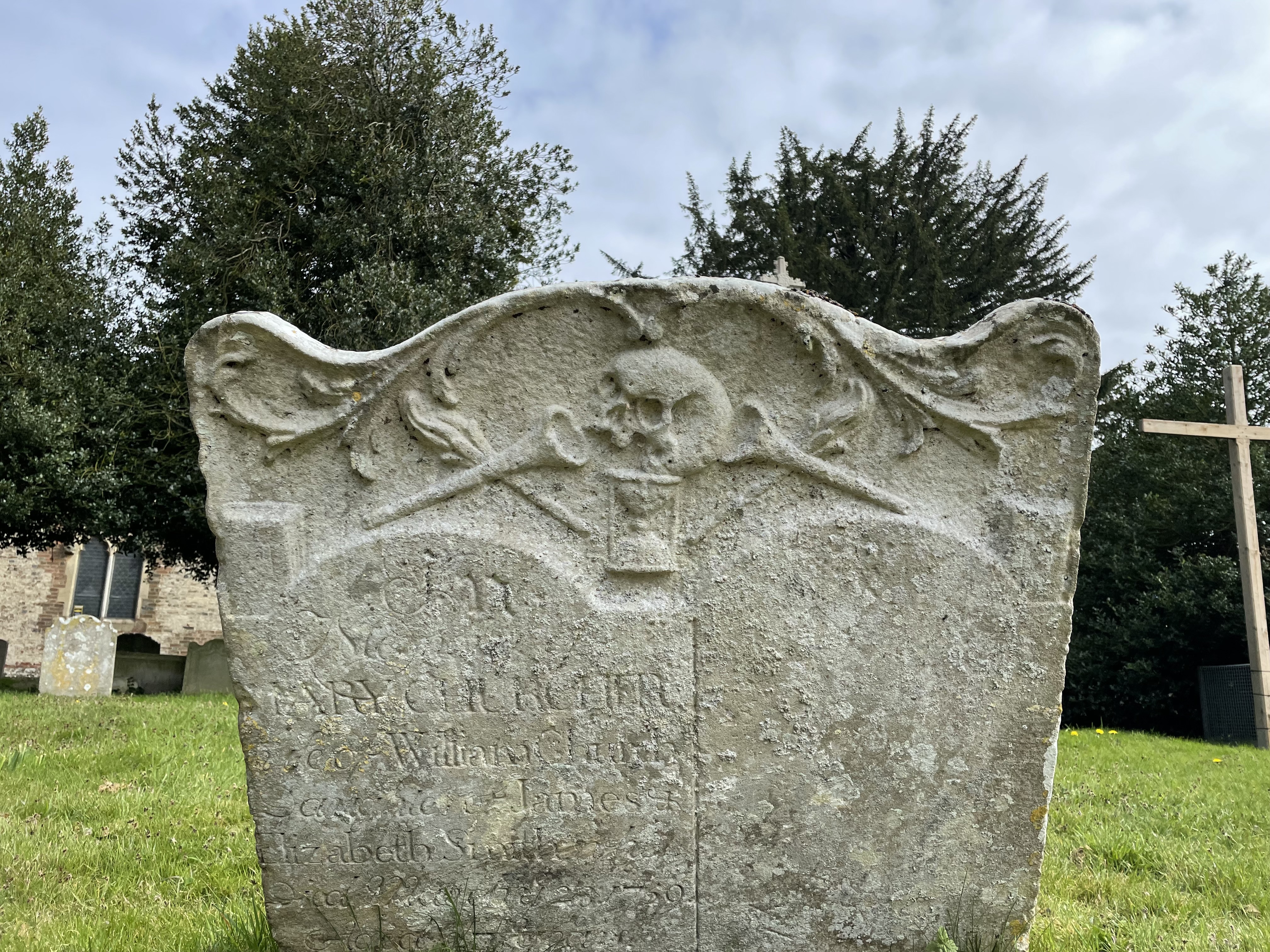
Manners Makyth Man
The words over the doorway quote William of Wykeham - a son of the village. He became the Bishop of Winchester in the C14th and twice High Chancellor of England.
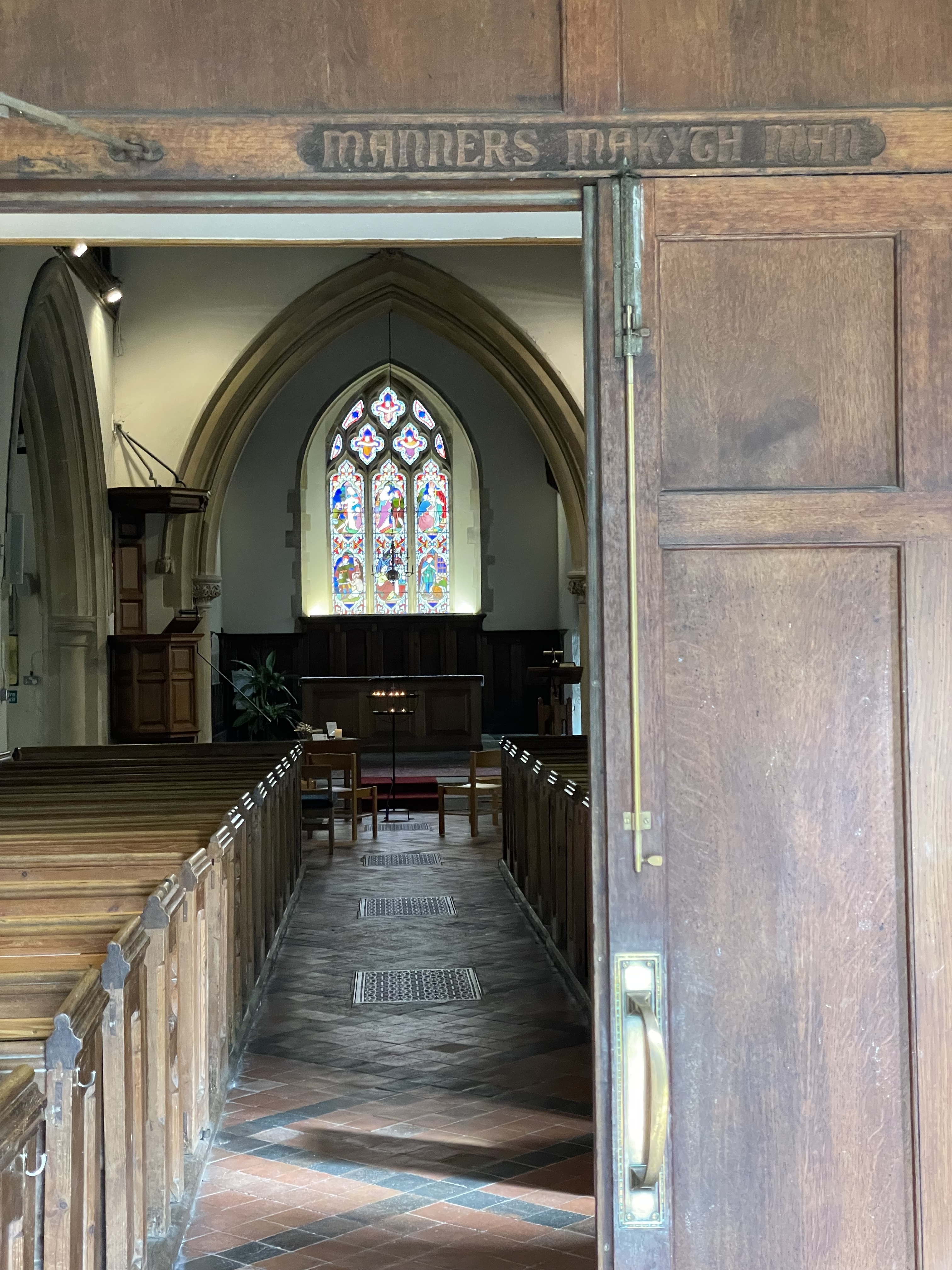
Effigies of Sir William and Mary Uvedale - Lord of the Manor. Their children are depicted at their feet. They are holding prayer books - but I was struck by the similarity between their cleaving to the prayer book and our cleaving to our smart phones.
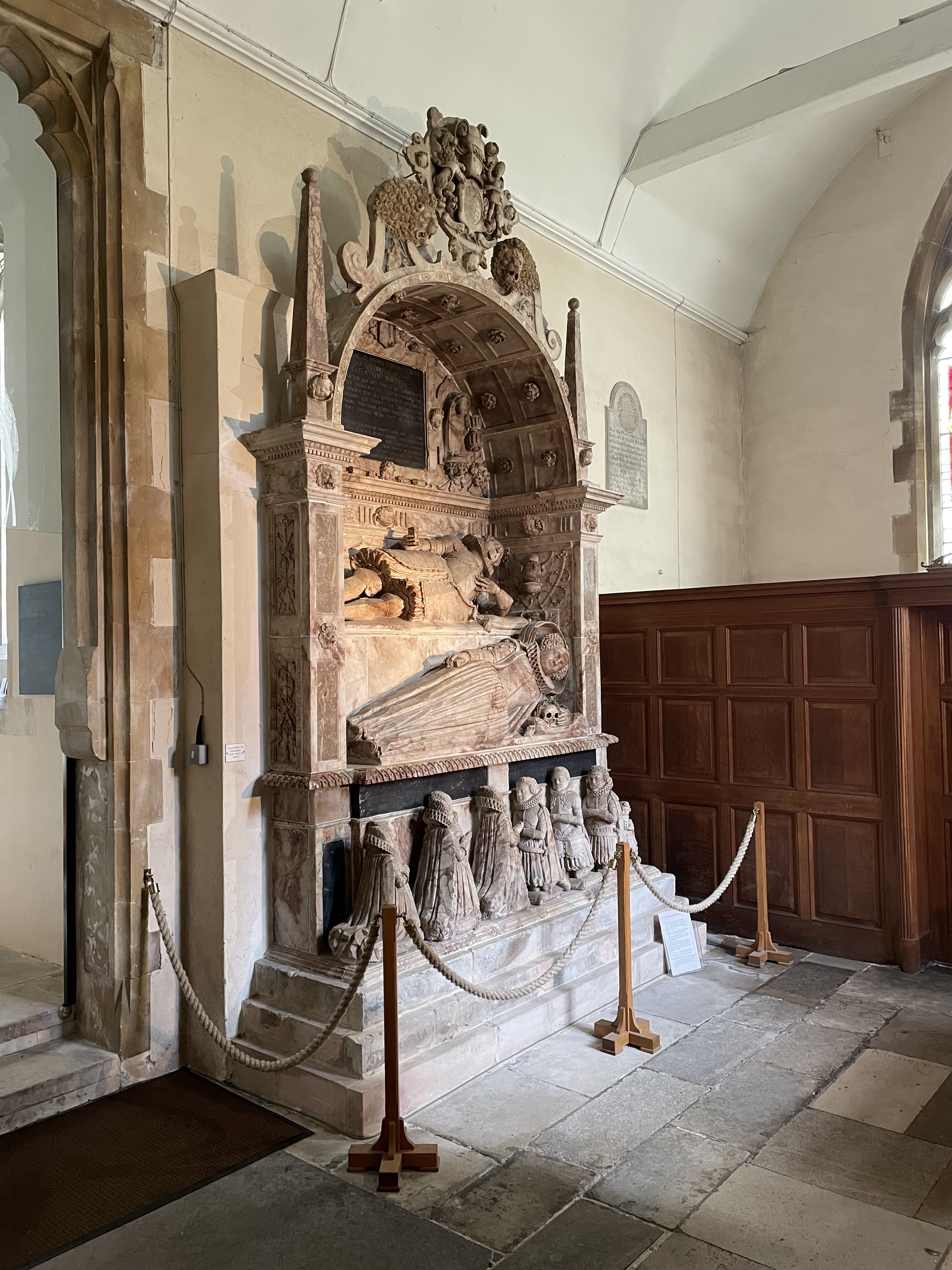
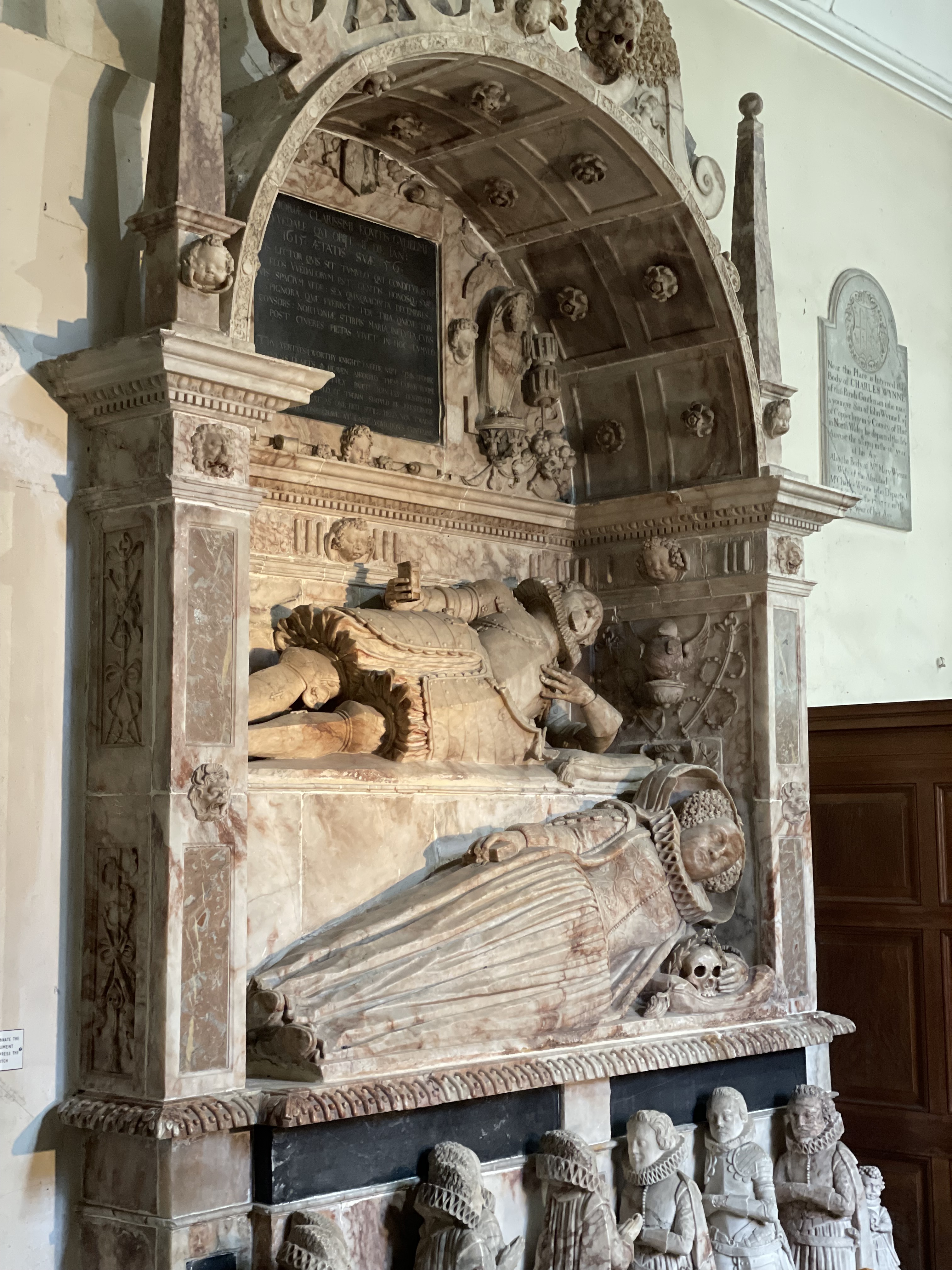
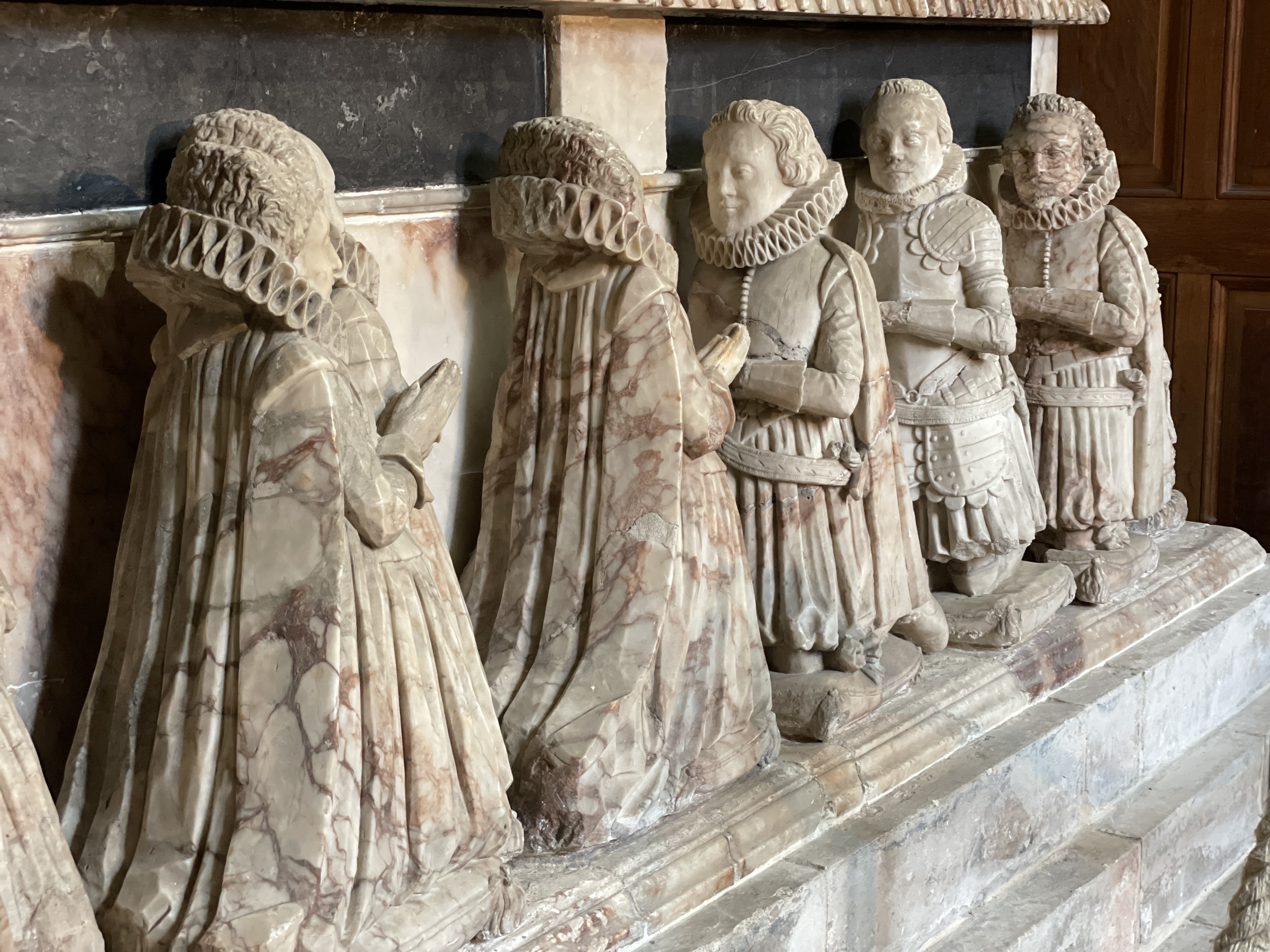
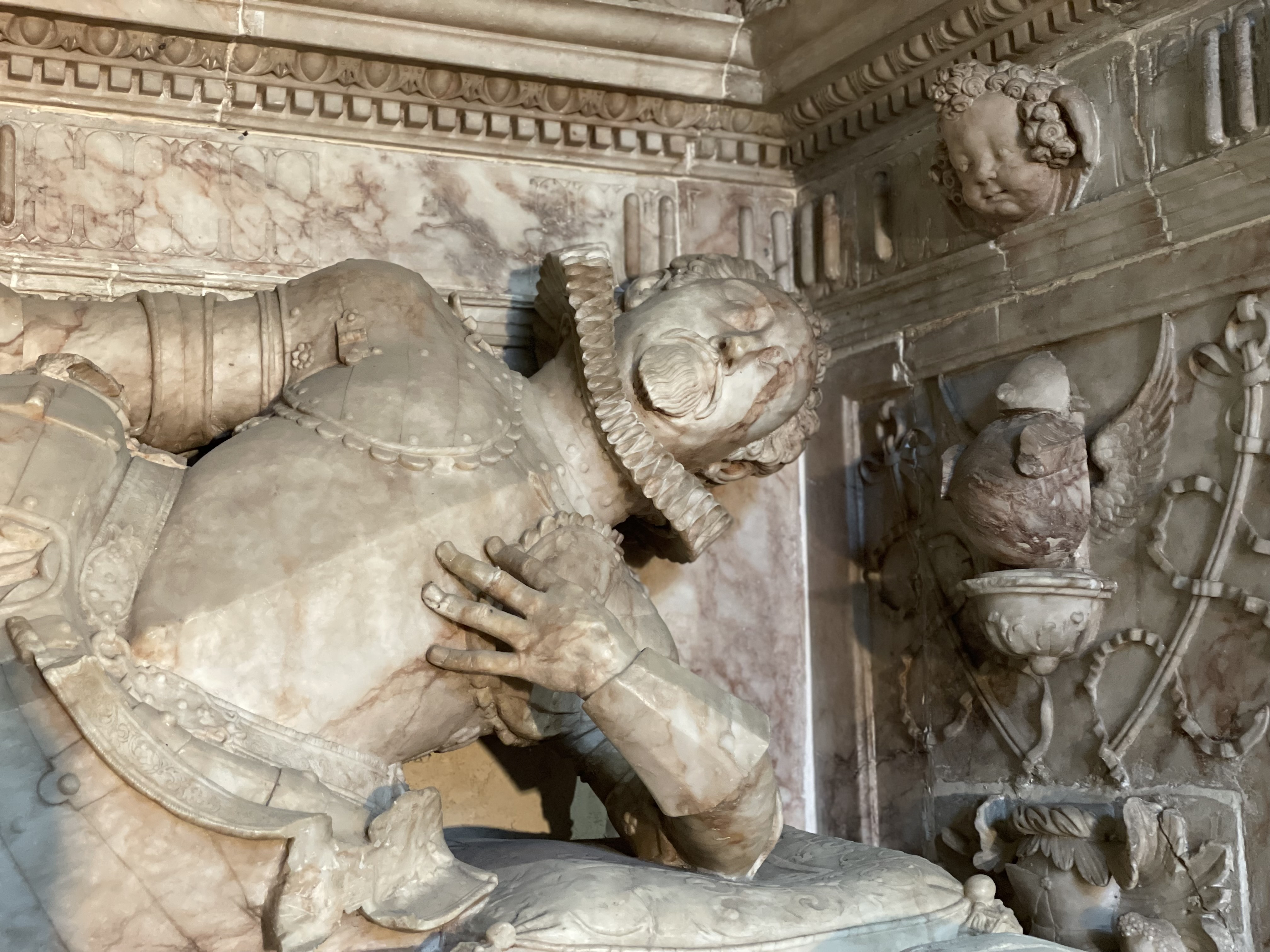
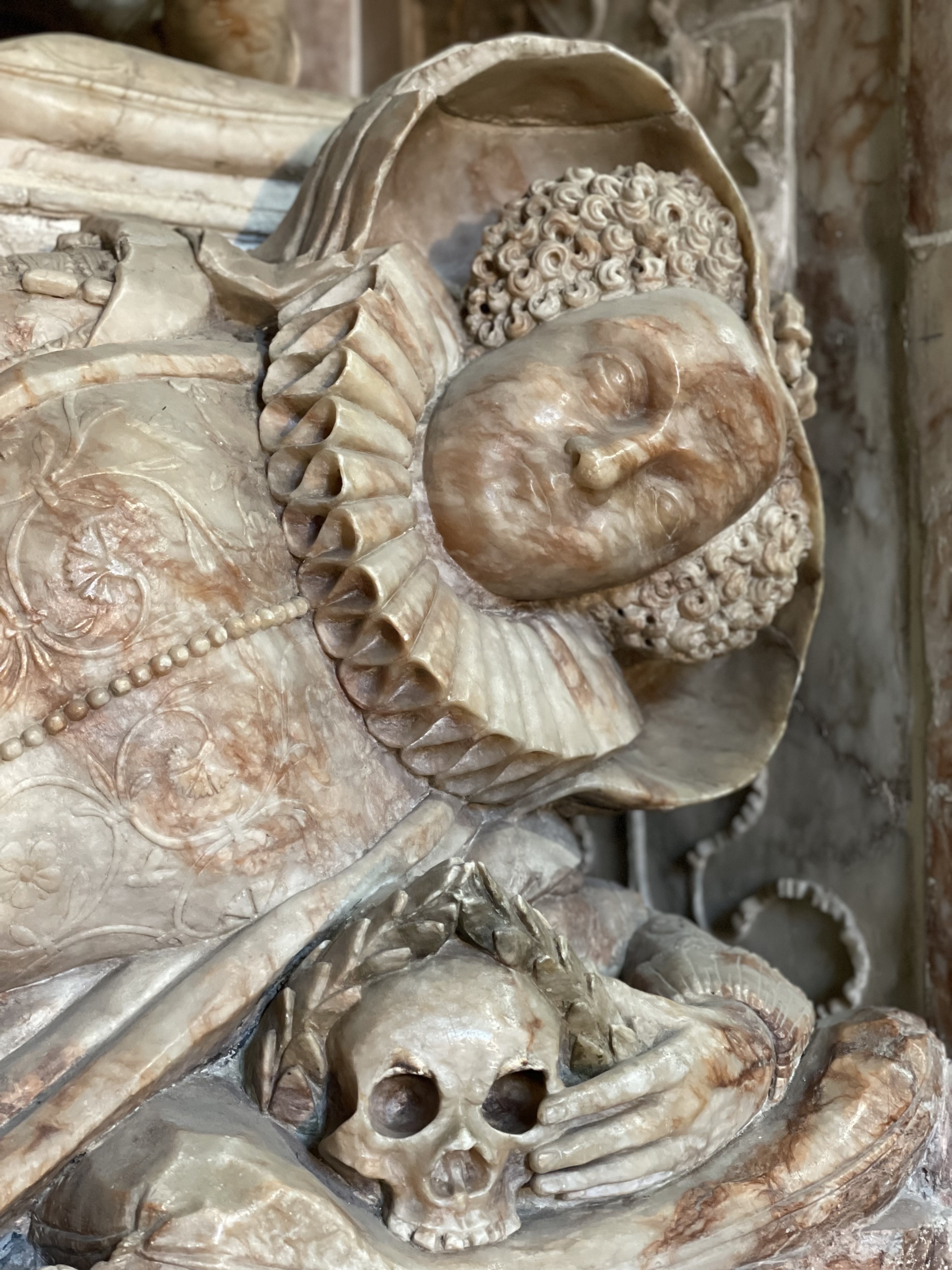
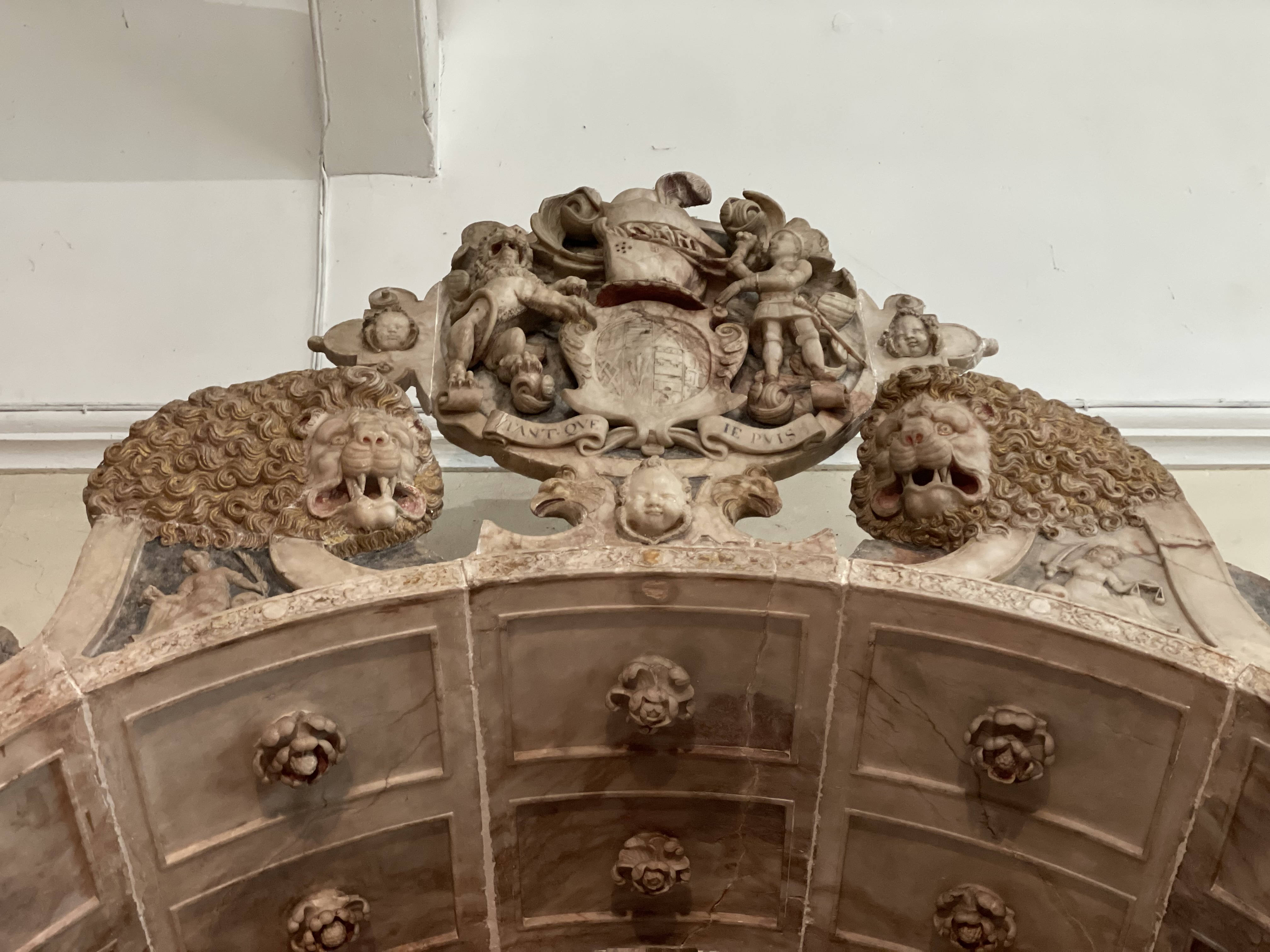
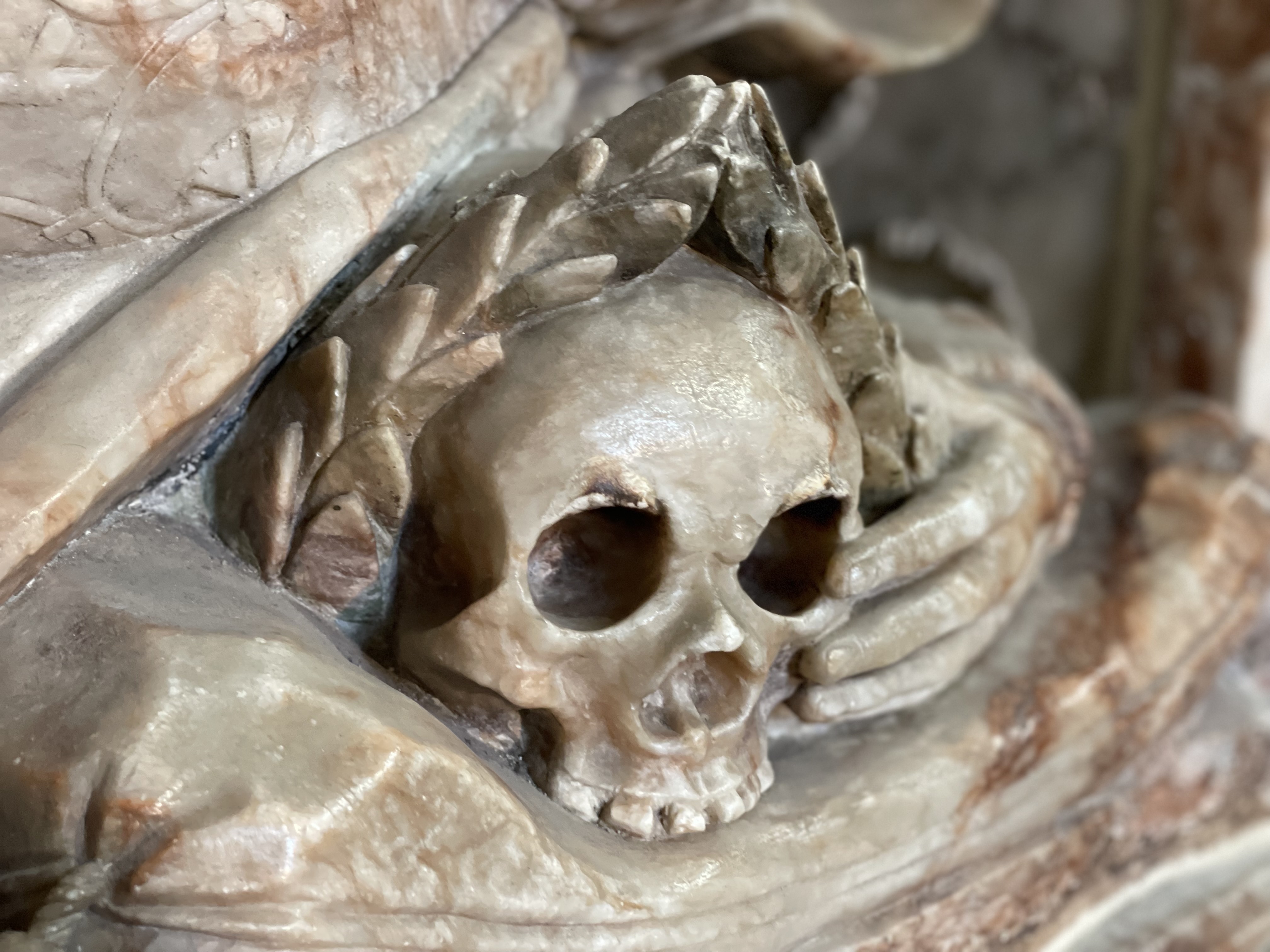
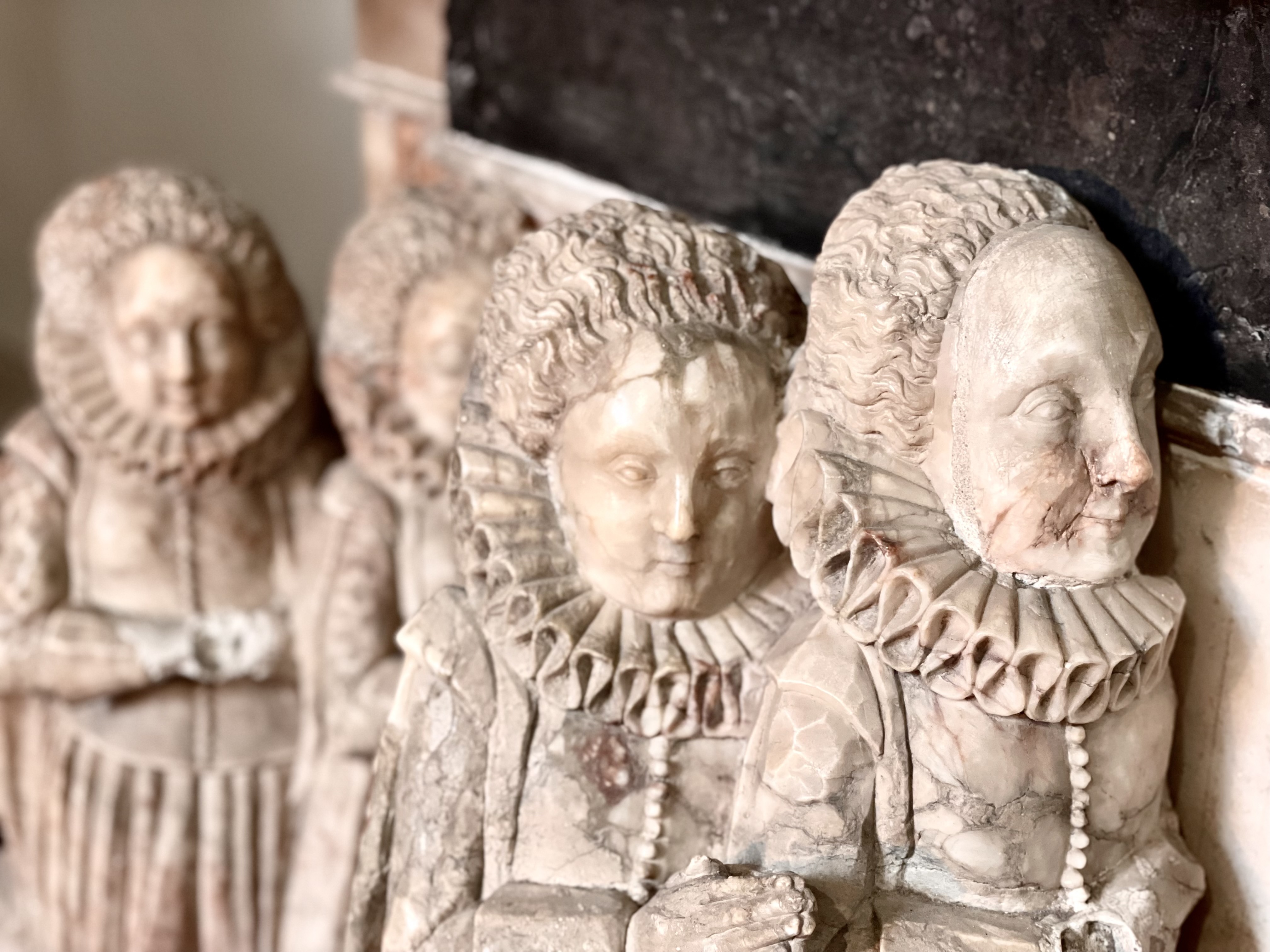
This effigy below represents their first born son, John who only lived for two days.
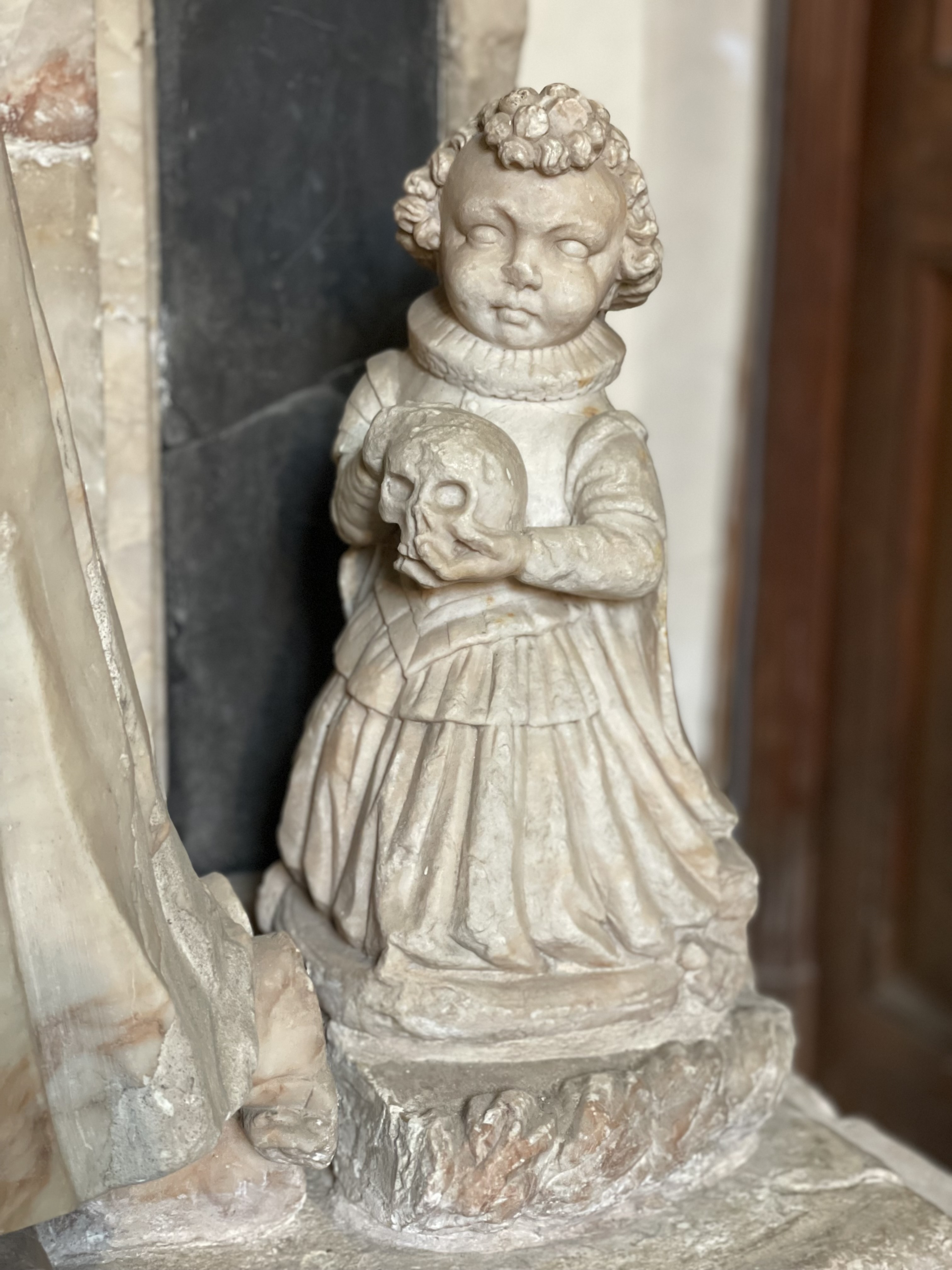
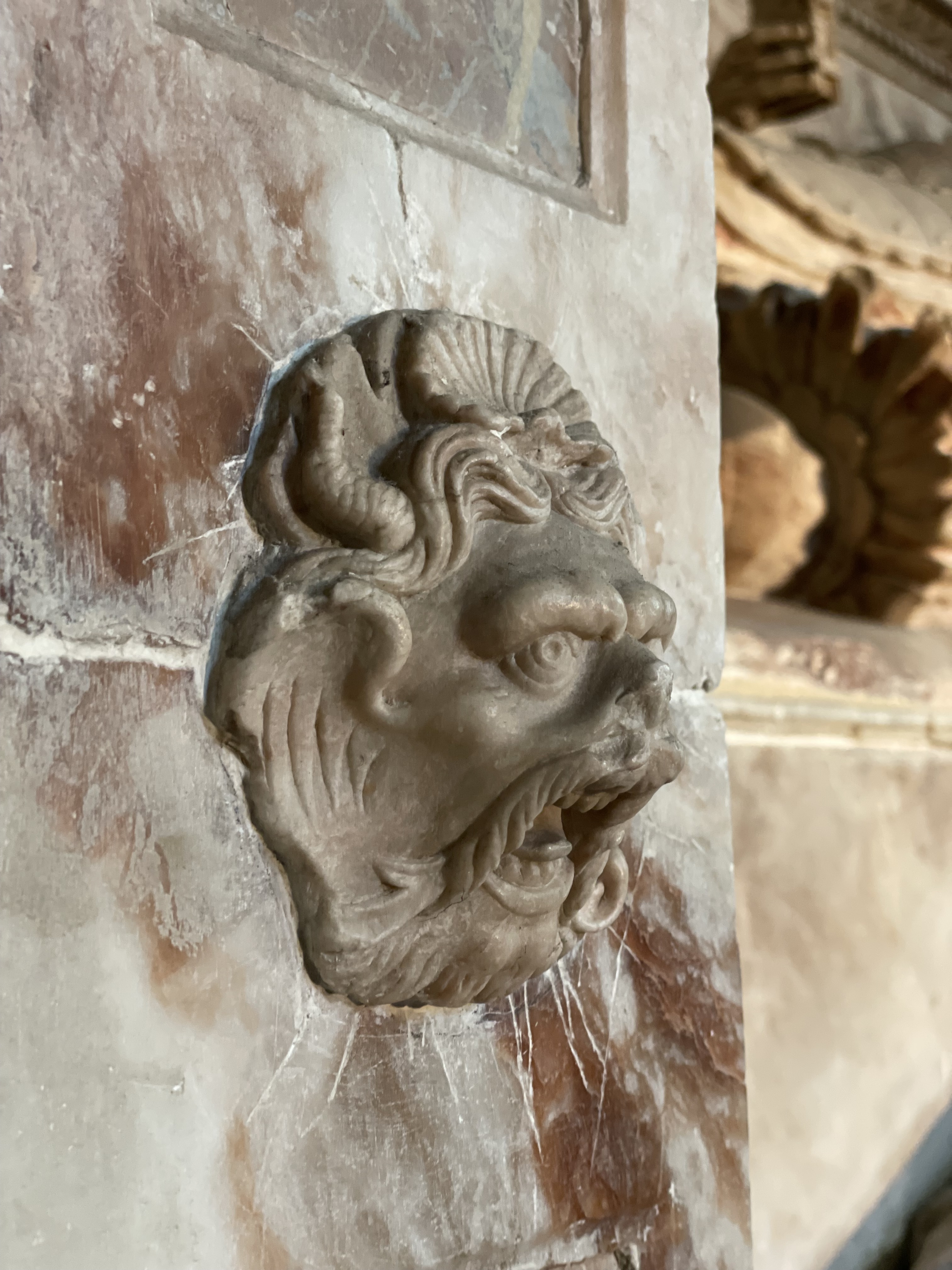
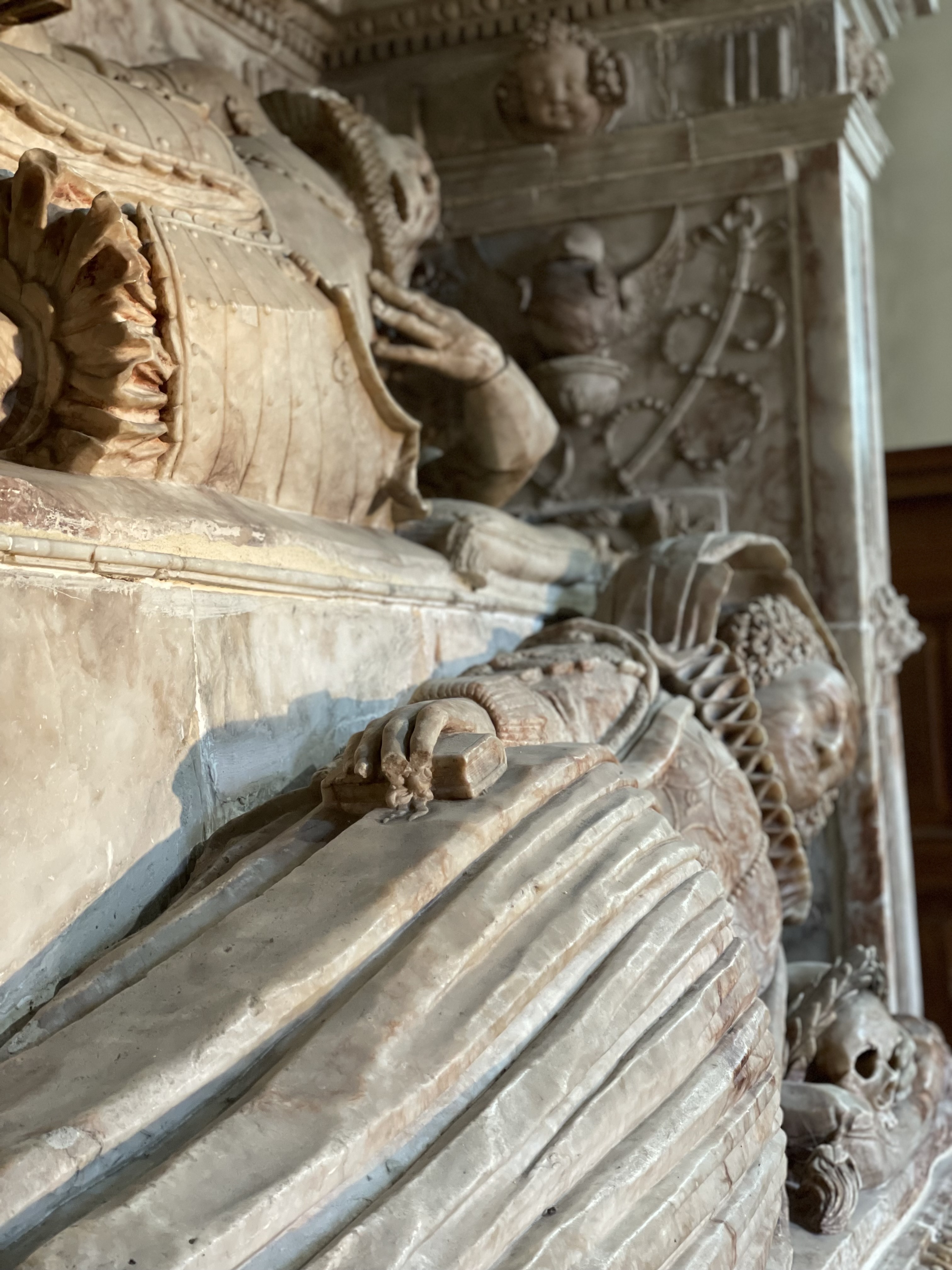
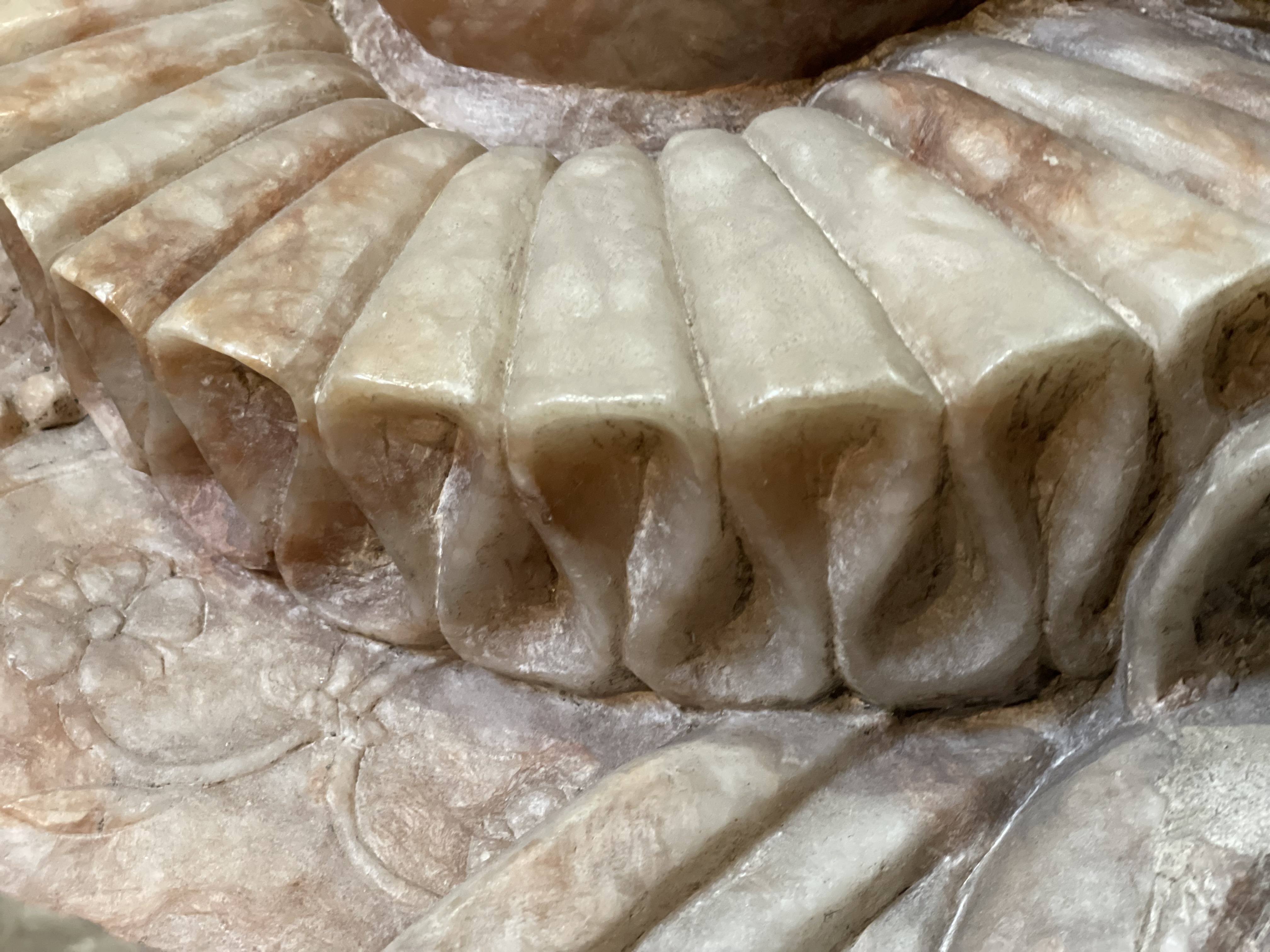
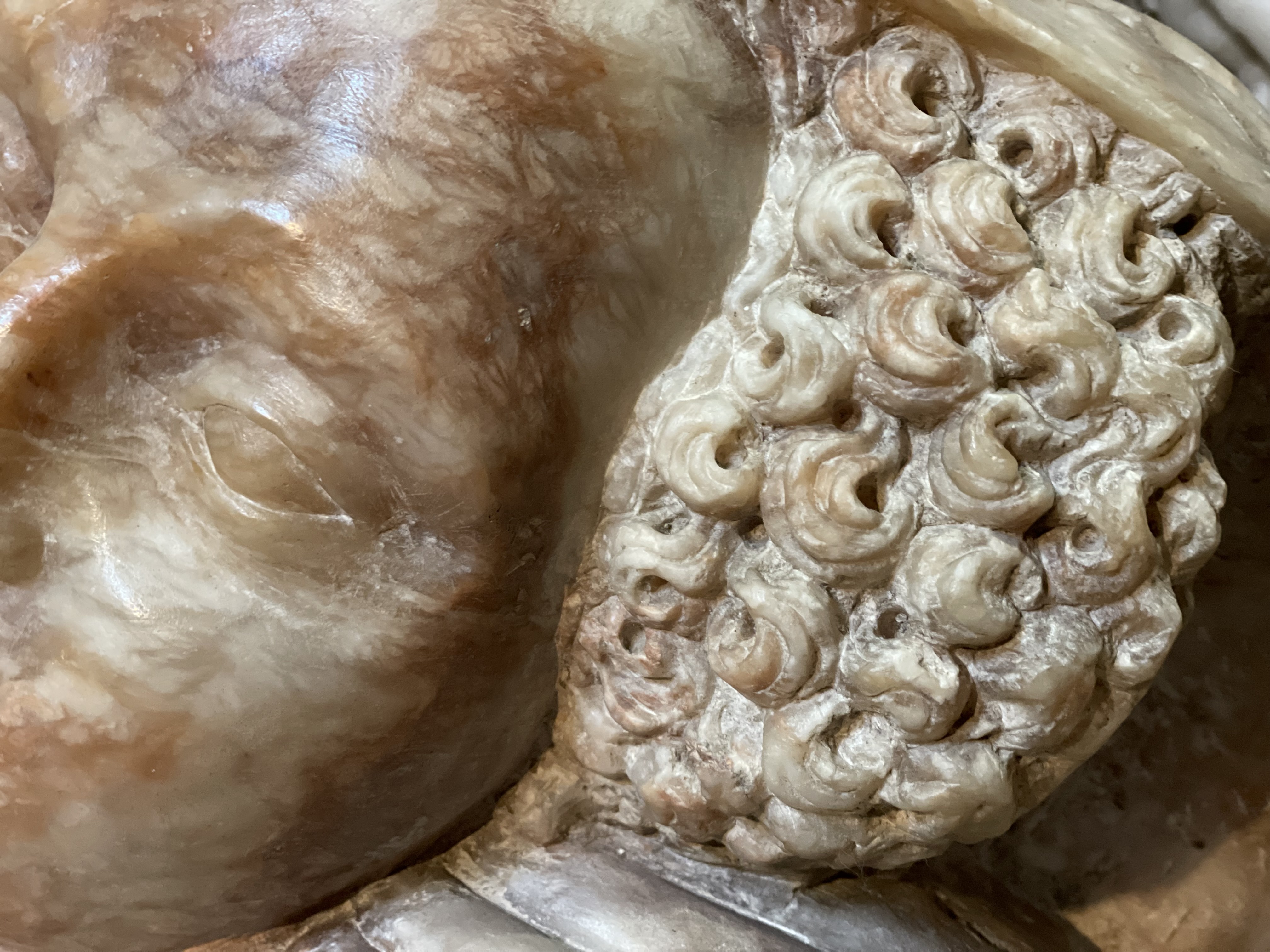
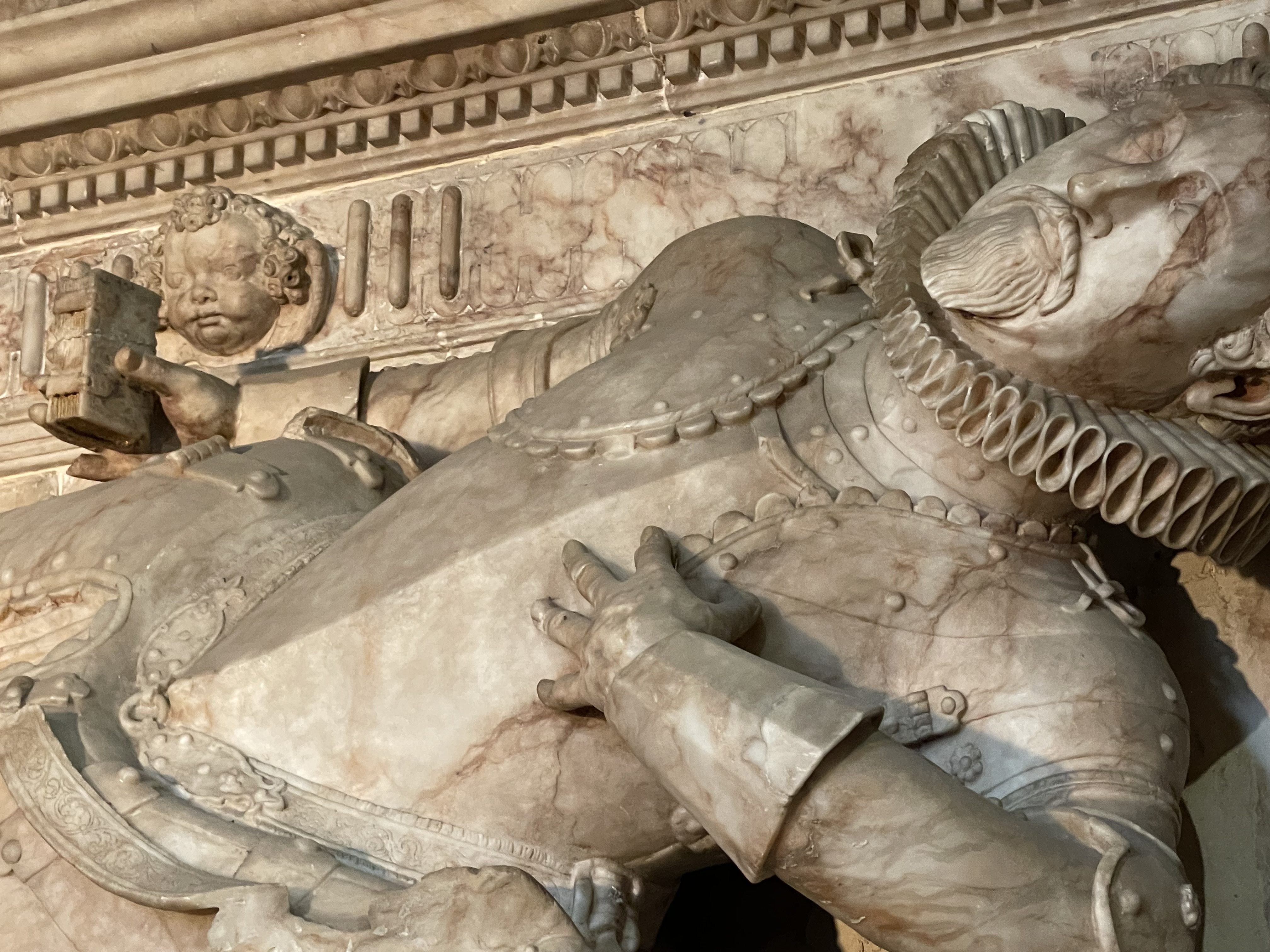
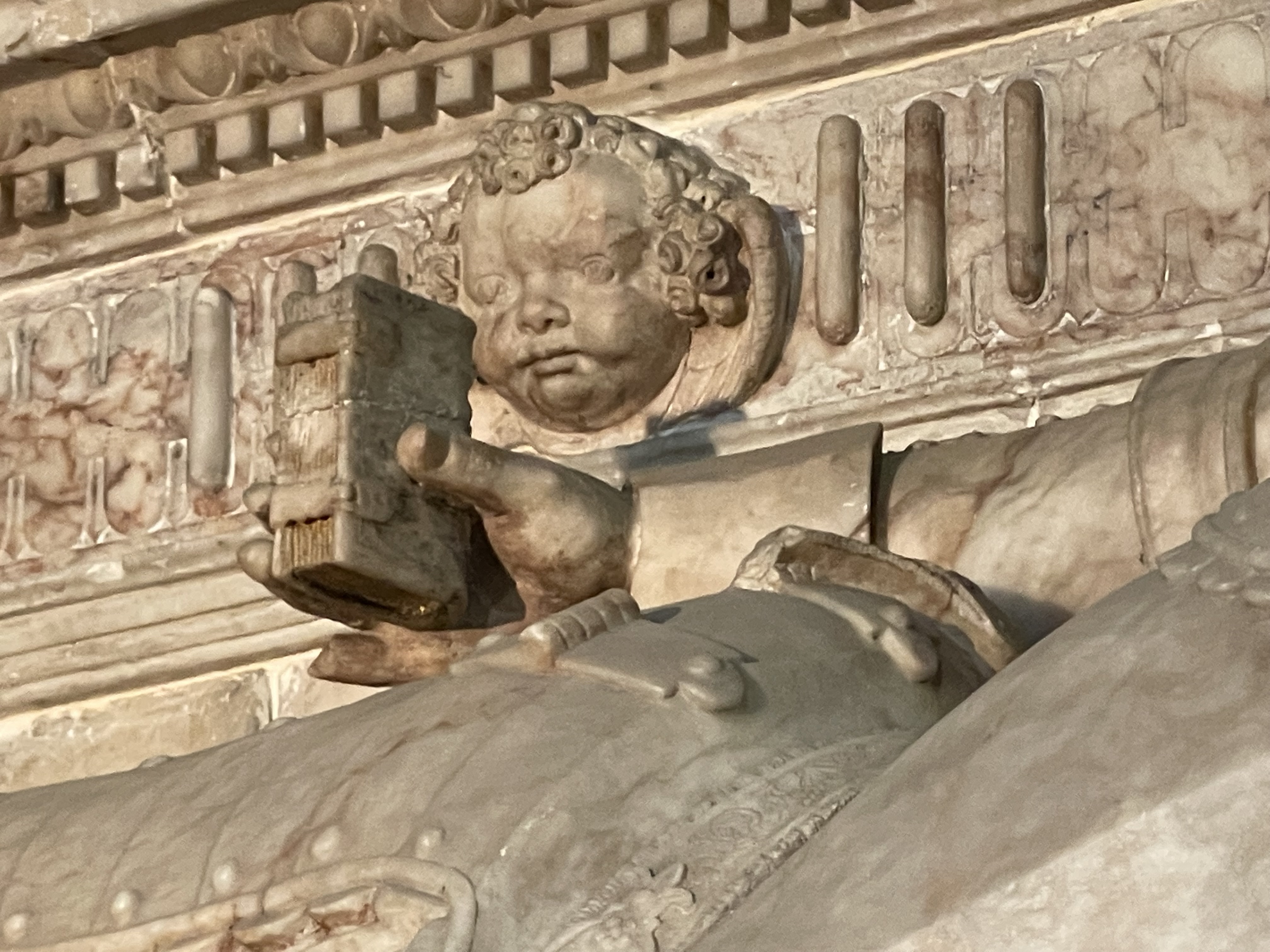
Vanlife
Vanlife does get a little gruelling out on the road. The early starts have to be pre-empted with my van routine of turning the chairs, re-setting the bed, turning off the gas and water, gathering in the hookup, and then running through a series of safety checks.
Coffee helps and I'm often asked what system I use. I've added a link to the coffee maker I use in the van below. It's ideal for one person - you can get a bigger one for two.
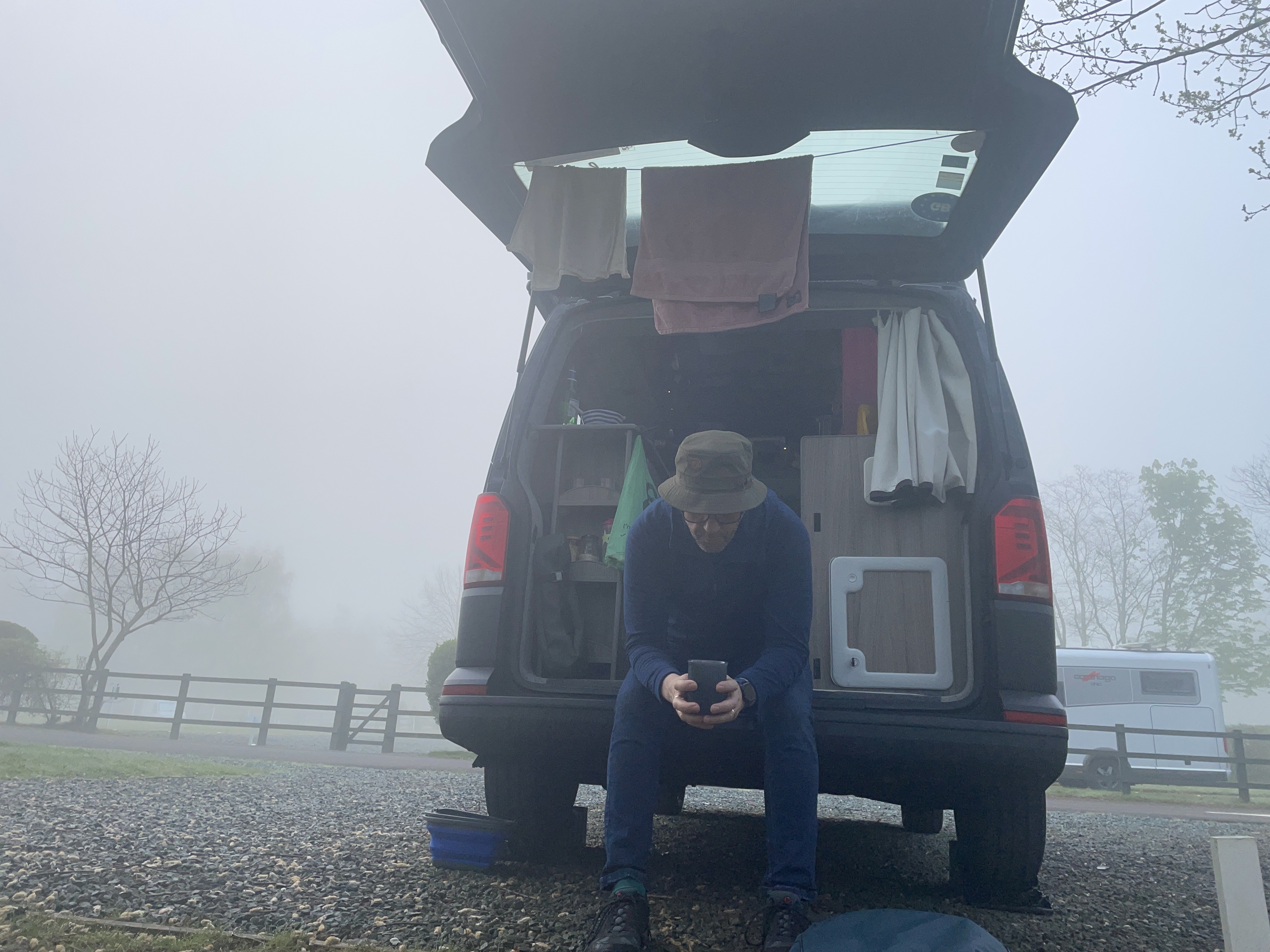
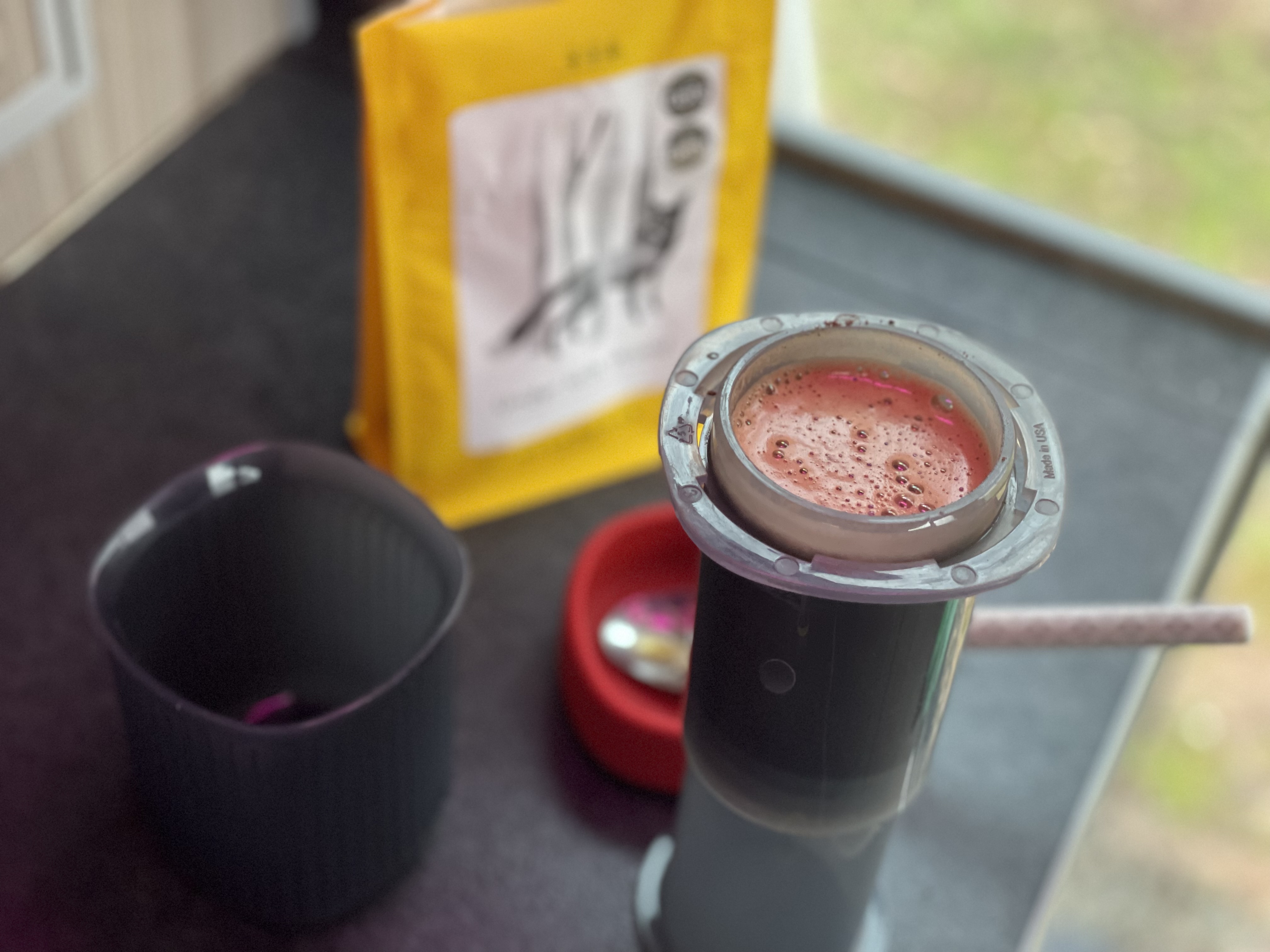
AeroPress GO – Aeropress UK
The AeroPress Go travel coffee maker is engineered to fuel an active lifestyle. It gives coffee lovers everything they need to conveniently brew superb coffee anywhere they want. Like the original AeroPress, the AeroPress Go brews American, espresso, and cold brew style coffee that can be enjoyed as is or used in a wid
Over in Wickham - I over indulged on the fish finger butties.
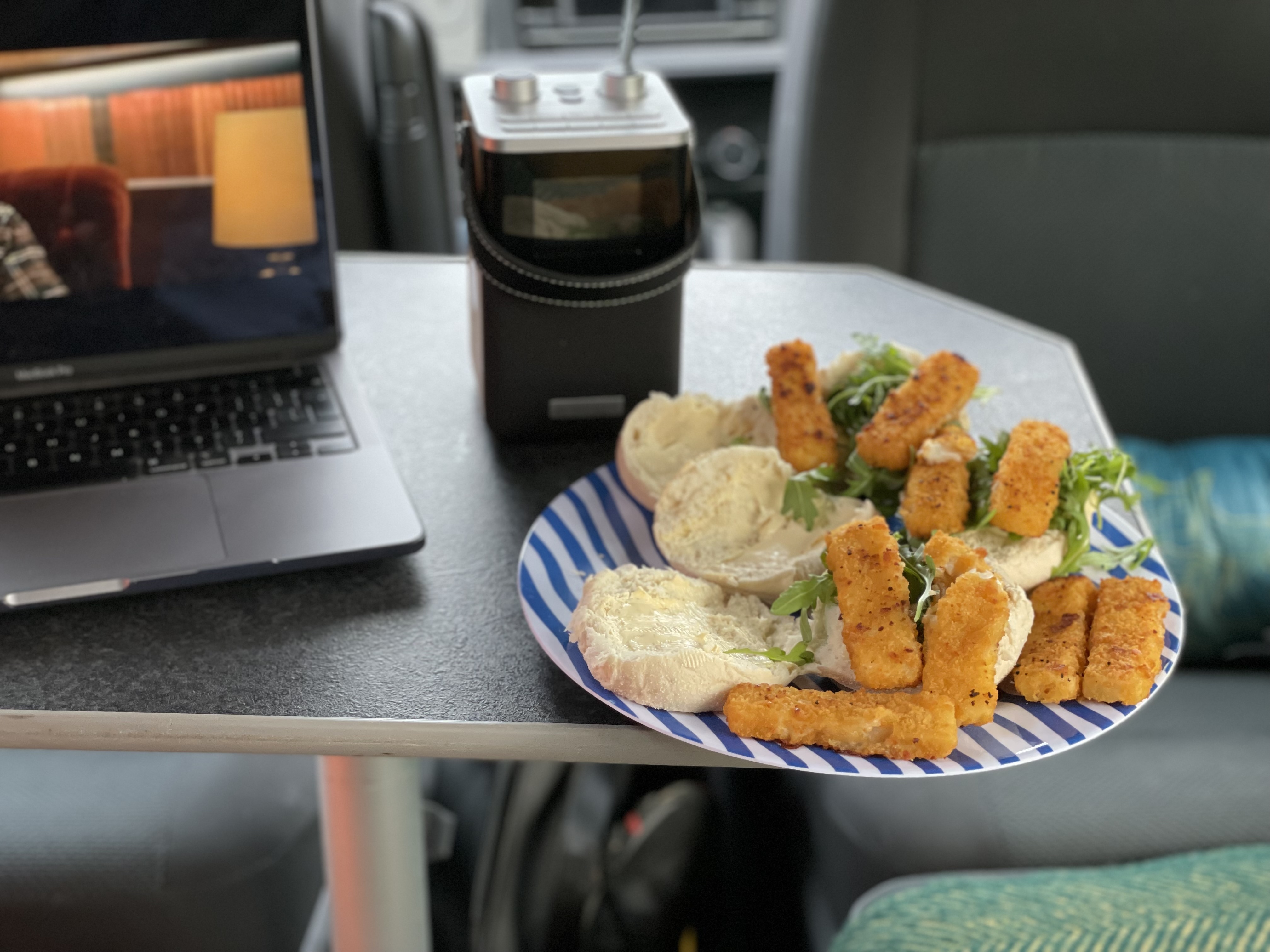
V'Envy
T2 Bay VW camper.
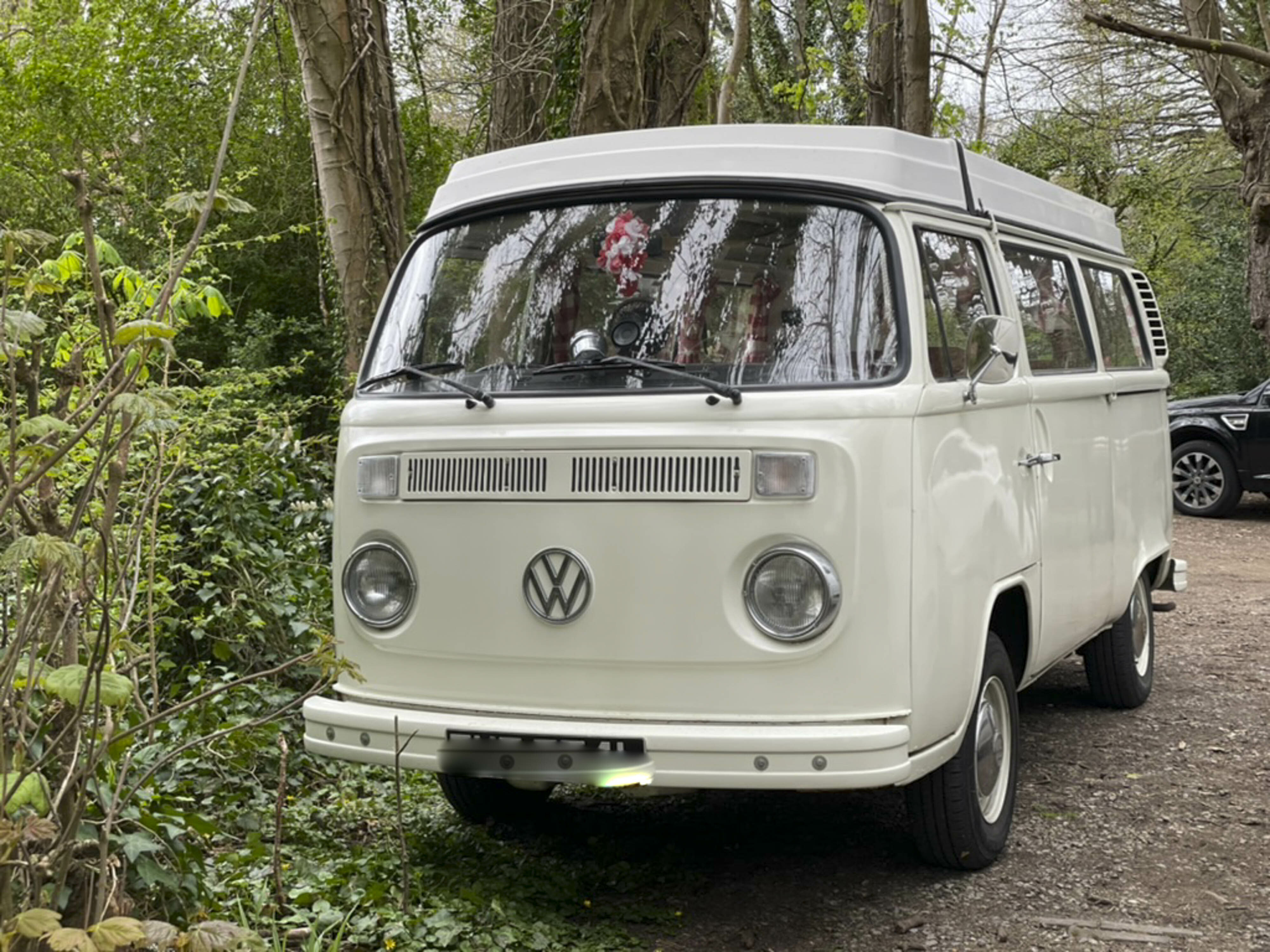
On My Coffee Table
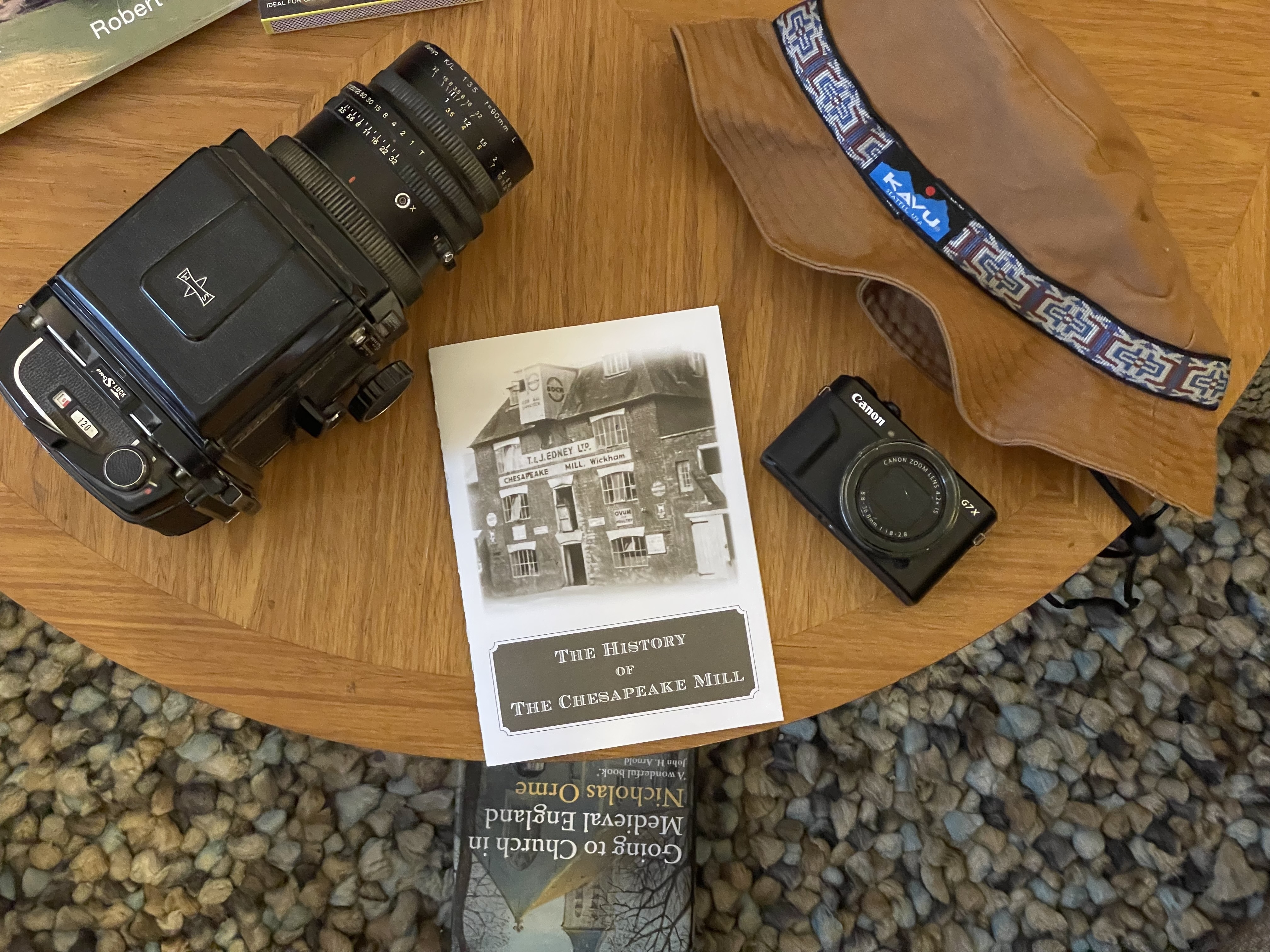
From The Charo's
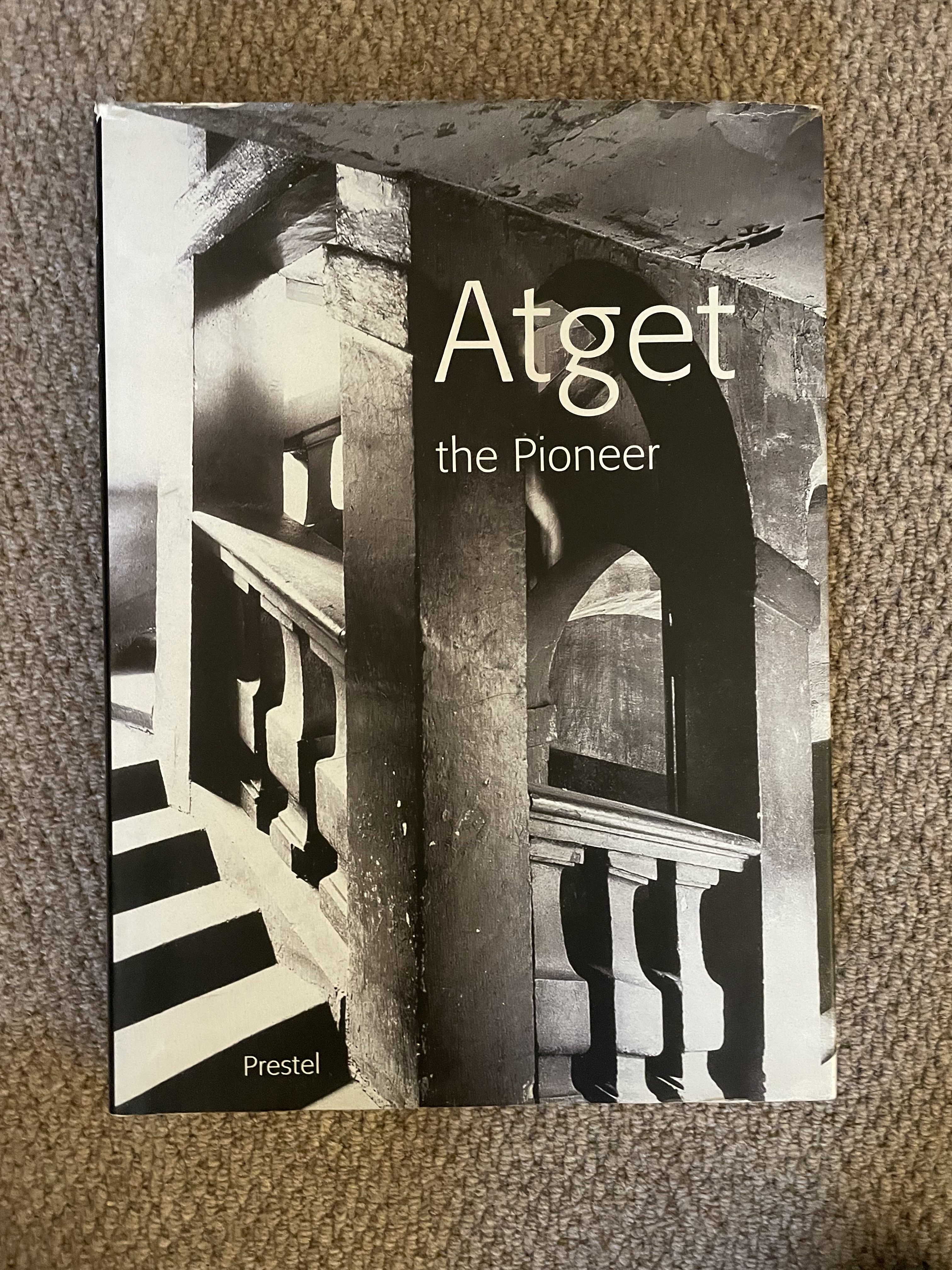
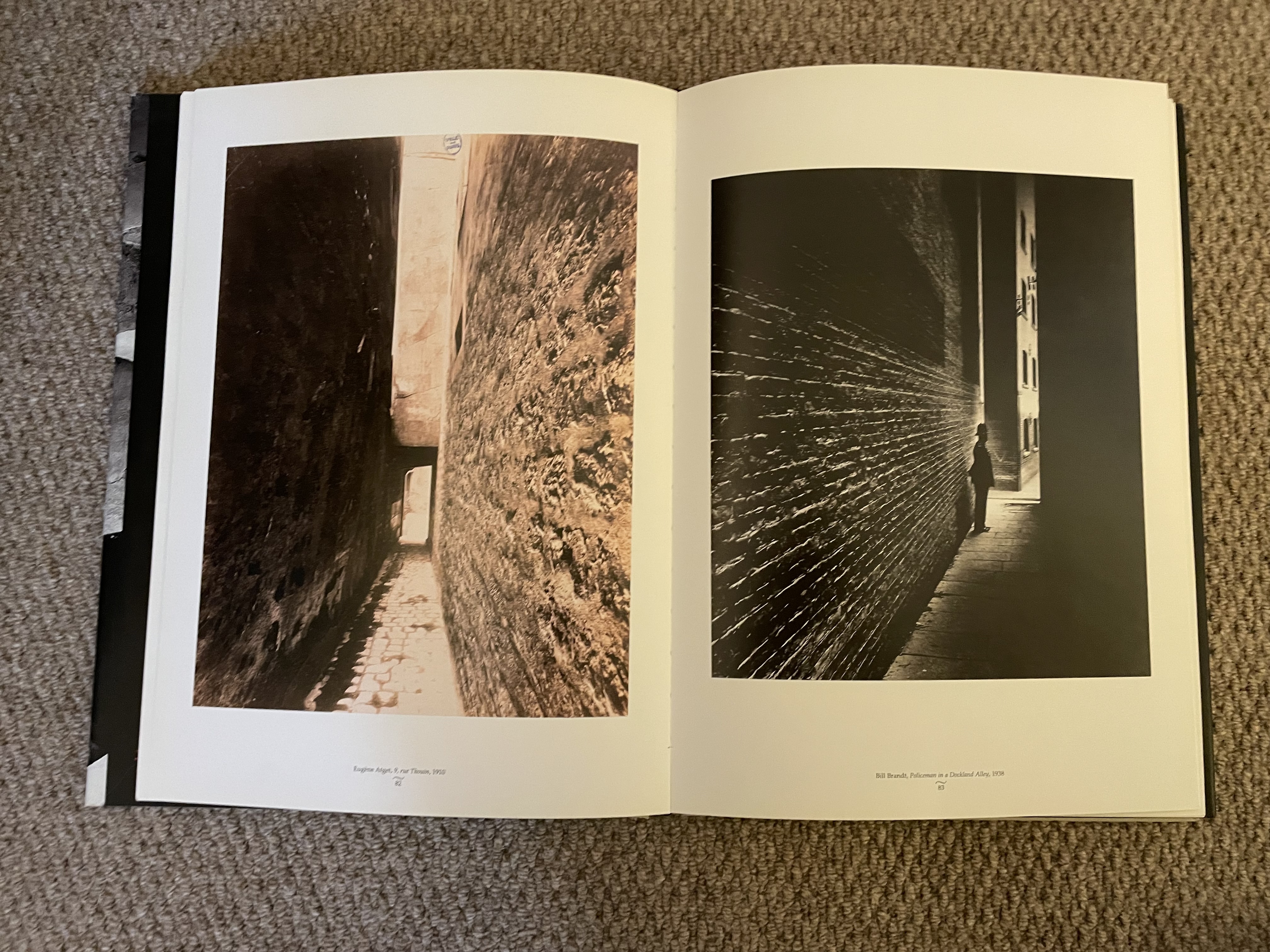
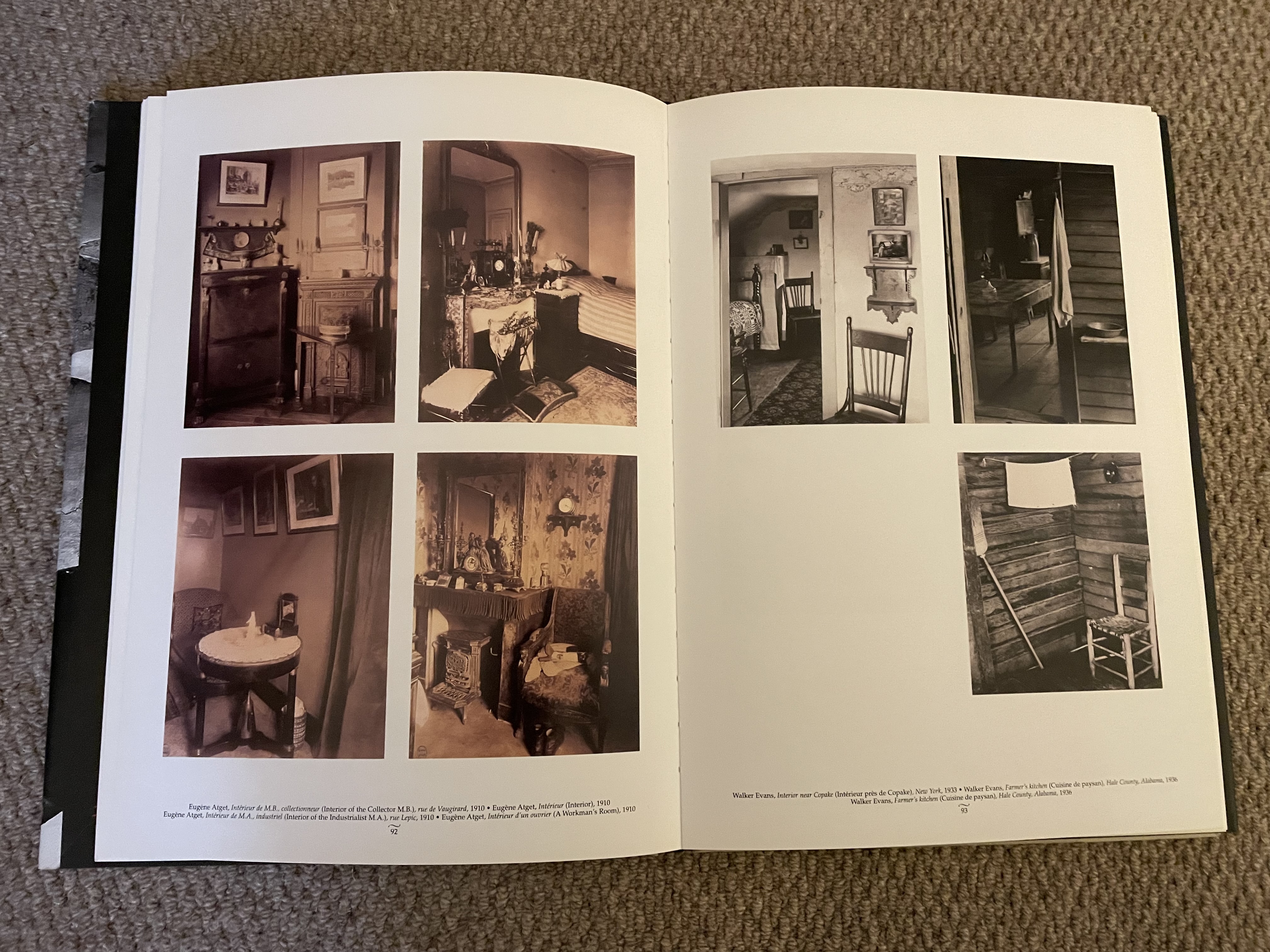
Bookmarked
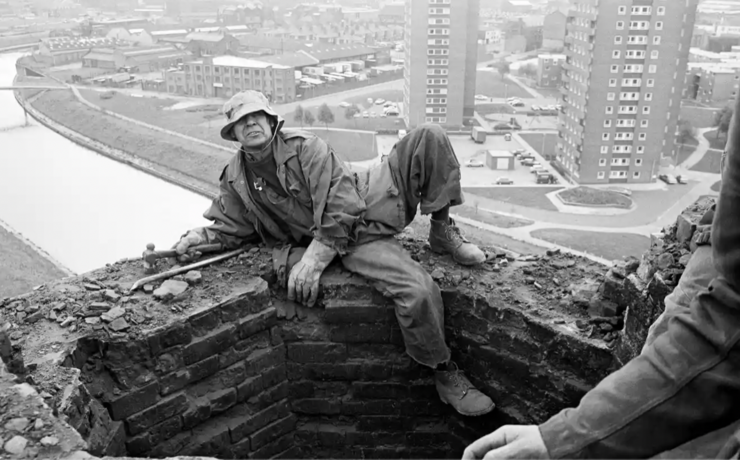
A steeplejack takes a break in midair – Daniel Meadows’ best photograph | Photography | The Guardian
‘This is Peter Tatham dismantling an incinerator chimney in Salford. The hand that was holding me, which you can’t see, was in a plaster cast’
Film and Sound

Ollie and Dave. on Twitter: "The moon is in the North Pole, where the day lasts 24 hours and the moon appears in only 30 seconds completely and blocks the sun for only 5 seconds and then disappears, a breathtaking view"
Follow the link for some remarkable film footage...
From the Twittersphere
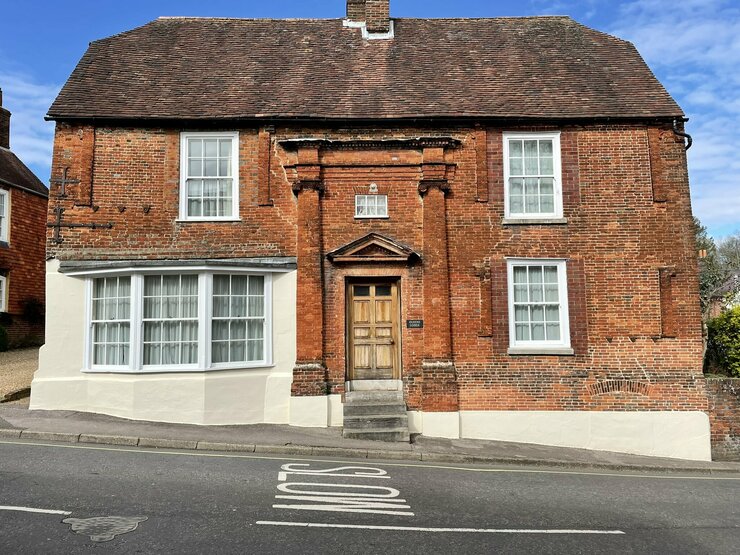
Andy Marshall 📸 on Twitter: "One for the early birds: the oldest (handmade) brick vernacular building in Hampshire (Wickham) of 1648, built in a rustic and ruddy Northern Renaissance style.… "
Responses
Tim Meek on Twitter: "As ever, lovey photographs. Here’s where we respectfully disagree. It’s not built as rustic style, it has become so because it’s lost a (very late? ) northern Renaissance finish.… "
Hill Farm Derbyshire on Twitter: "The bricks used on our 1790 house were handmade and have thumb marks and even the odd paw print!… "
Kate SF 🇮🇪🇪🇺🇺🇦 on Twitter: "I love the individual marks on handmade bricks and tile. Have handled quite a bit of Roman era tile and brick and love coming across the finger marks, animal prints and occasional human footprints too.… "
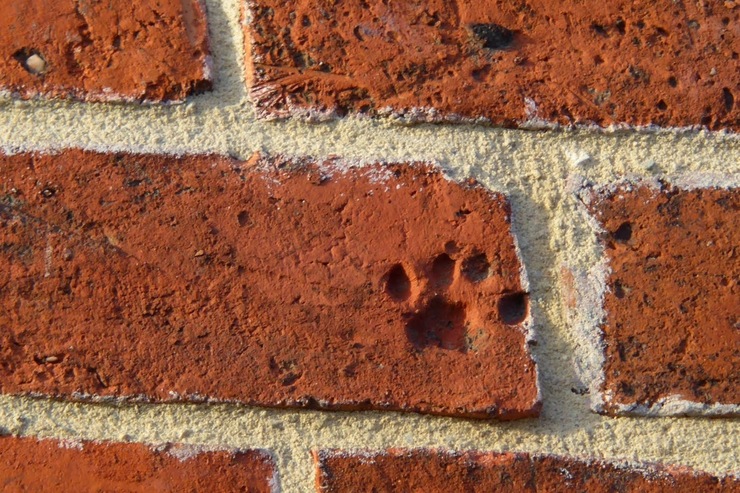
Hill Farm Derbyshire on Twitter: "Lovely - ours is above the front door and it always makes me smile.… "
Kate SF 🇮🇪🇪🇺🇺🇦 on Twitter: "Oh these photos show so much detail. Absolutely stunning building.… "
Sir Percy Veerance on Twitter: "Very interesting. Just 10 years older than the oldest terraced houses in London at Newington Green. I actually have a good friend that once lived in these before they were restored.…"
Sara McMahon on Twitter: "Is that a later sun insurance emblem above the window?… "
PELICAN. on Twitter: "Wow! Amazing! Would love to know the story of this home thru the years!… "
“@fotofacade @ginthegin Wow! Amazing! Would love to know the story of this home thru the years!”
Become A Member
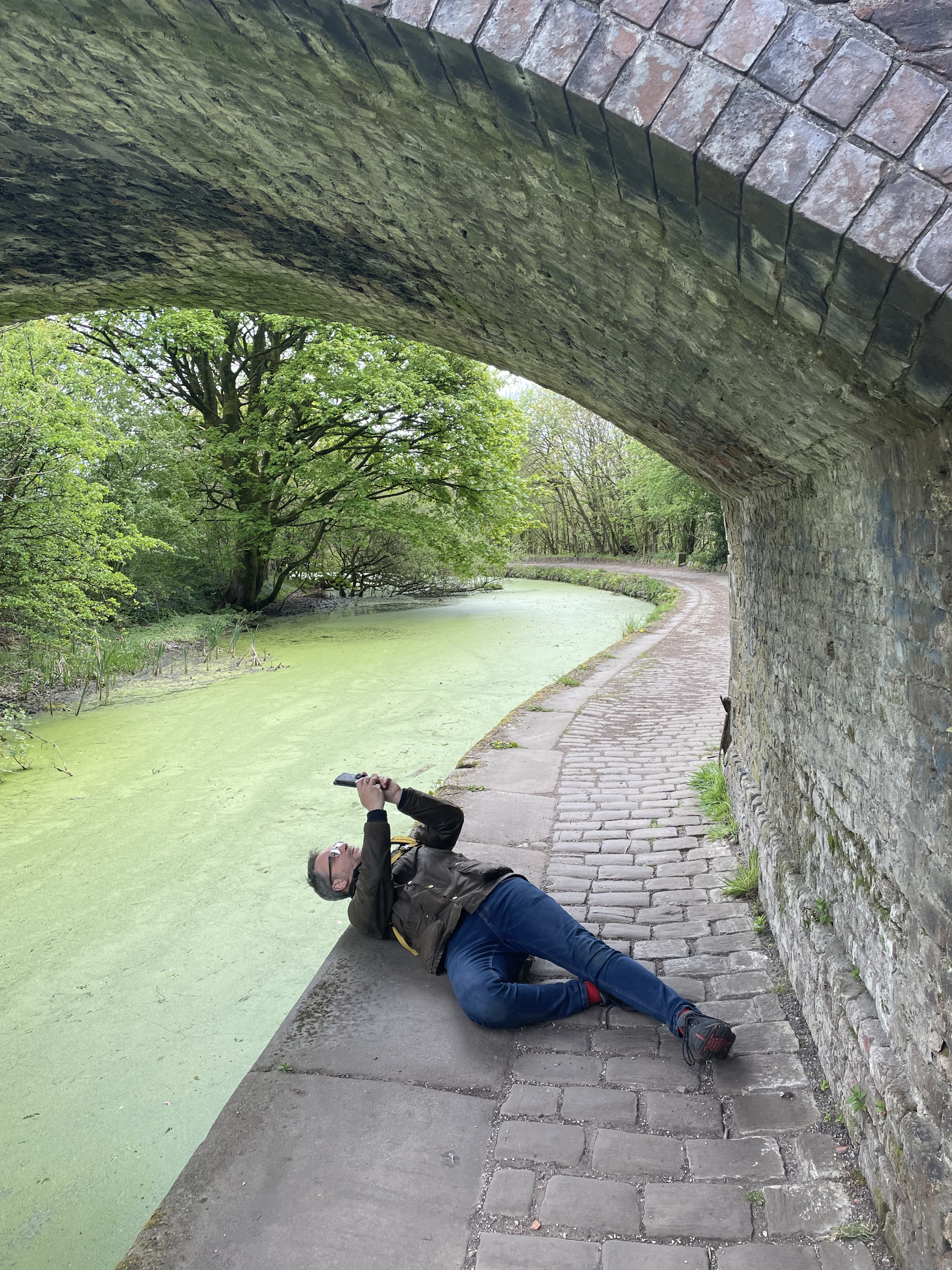
It takes a day every week to write my digest and I love doing it! It remains free and open to all to read on a weekly basis. You can opt in to support this digest and my work by becoming a member for £3 per month, or £36 per year. You can unsubscribe at any time.
Become A Member
📸 Sign up here for Monthly Membership
🚐 Sign up here for Annual Membership. (New!)
Members additional benefits:
Patina - An exclusive monthly digest for members only.
Photography * Architecture * Heritage * *Building Conservation *Placemaking * Travel *Wellbeing *Advice
Including:
- My Book. - I’m writing a book - it’s about photography, architecture and light. It tells of how becoming a photographer saved my life. Members will get regular insights into my book including: exclusive excerpts, associated photography, background insights and opportunities to contribute.
- Exclusive Photography - I’ll be including exclusive photography from my travels including more ‘behind the scene’ shots.
- Photographer’s Guide to Buildings and Locations - where to go, what time to do it, best angles and more…
- Photography Tips and Tricks - including how to get the most out of phone photography.
- Free Photo Download. - choose a photo of your choice and download the hi-res image from my shop to use for a print or screen saver, or both.
- Ask Me Anything - set up a zoom, orchestrate a call - hotline to insights, travel, help and advice.
Thank You. 📸🚐🏛
Thank You!
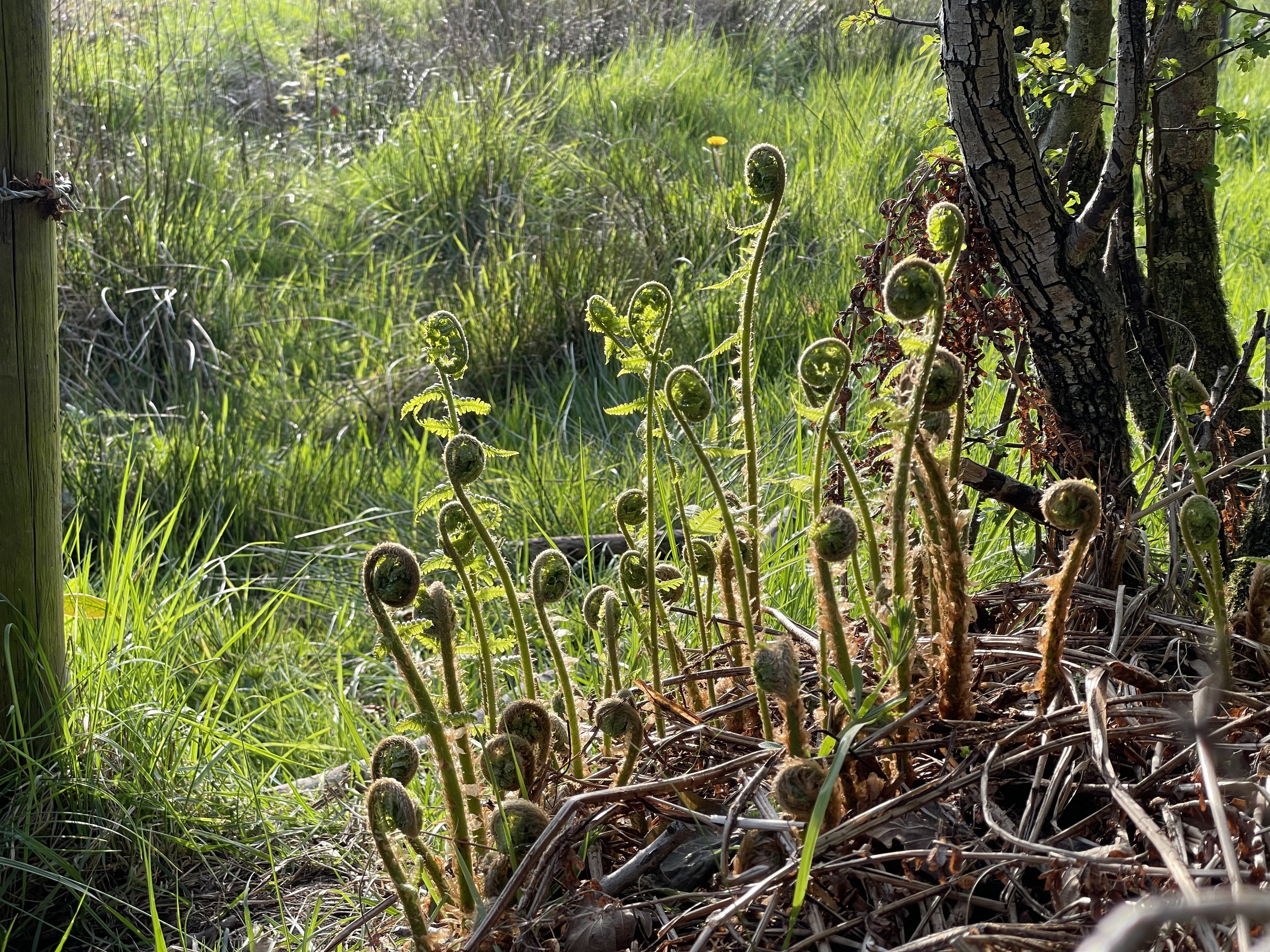
A huge thanks to those that have signed up for membership.
As well as the weekly Digests, you’ll also receive an exclusive ‘Patina’ monthly digest at the end of every month. Here you’ll be able to glimpse insights into how my book is developing (with extracts) and also get a link to your free digital download.
New Members
New members can access the other Patina digests here. Click on the relevant Patina issue and follow the instructions to read. This is the best way to read my book excerpts from the start.
And Finally...
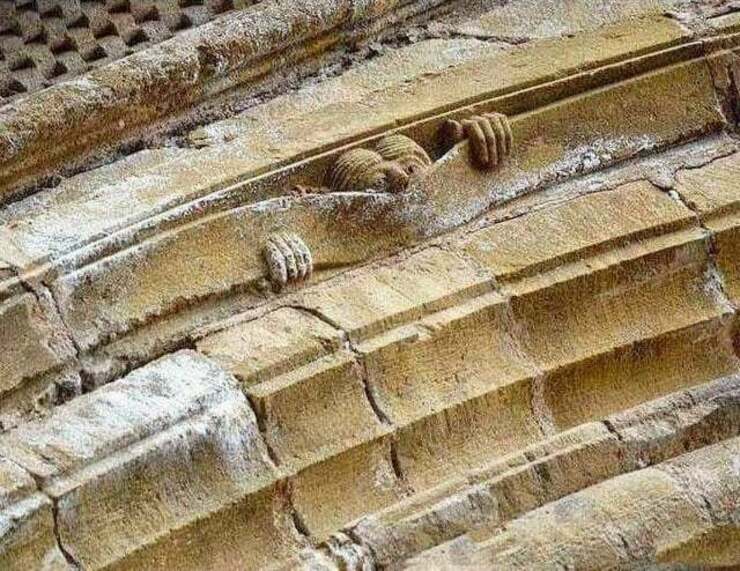
History Defined on Twitter: "Some medieval humor, Abbey of Sainte Foy, Conques, France, c.1050… "
Thanks for coming along! See you next Friday.
My Linktree



Member discussion